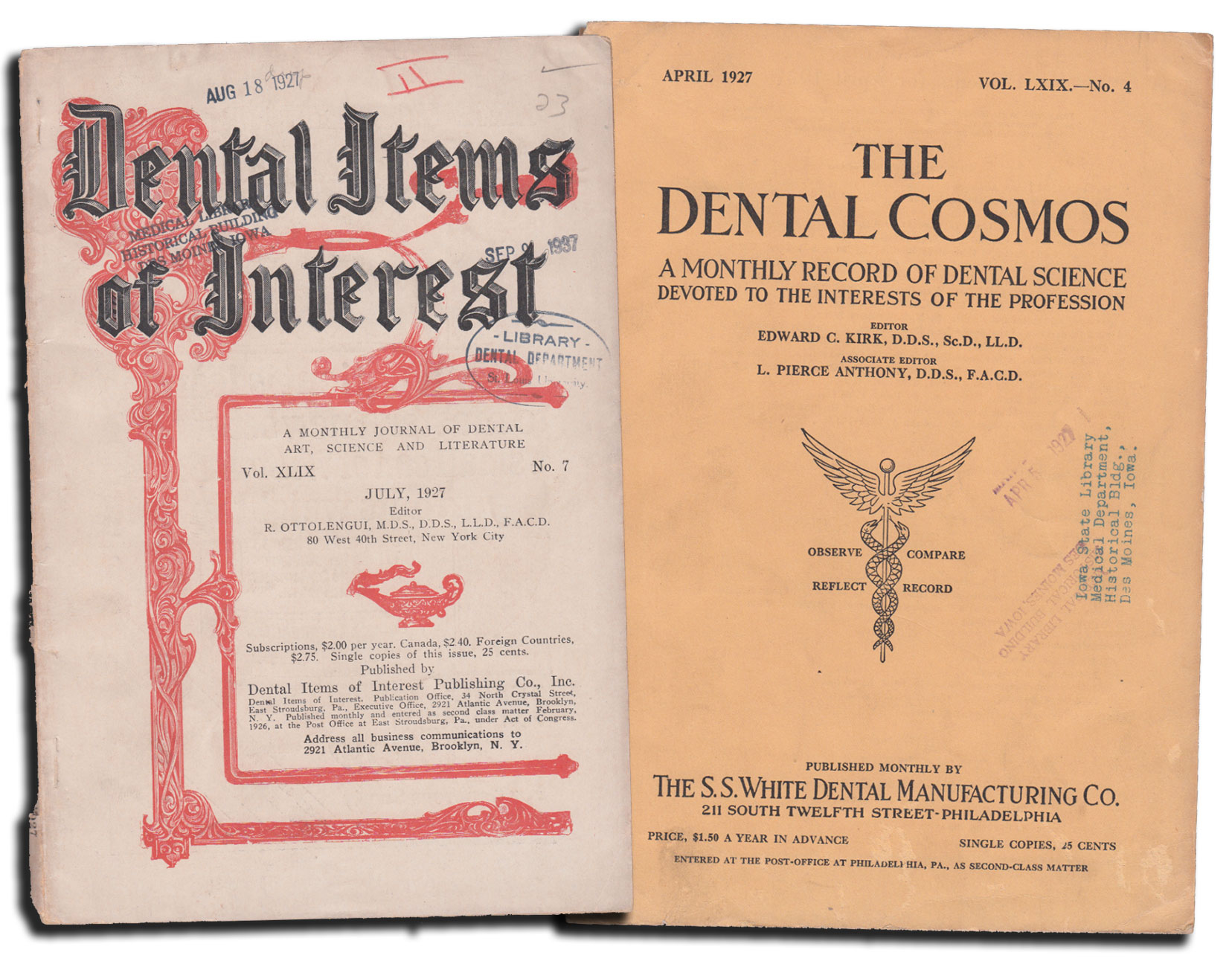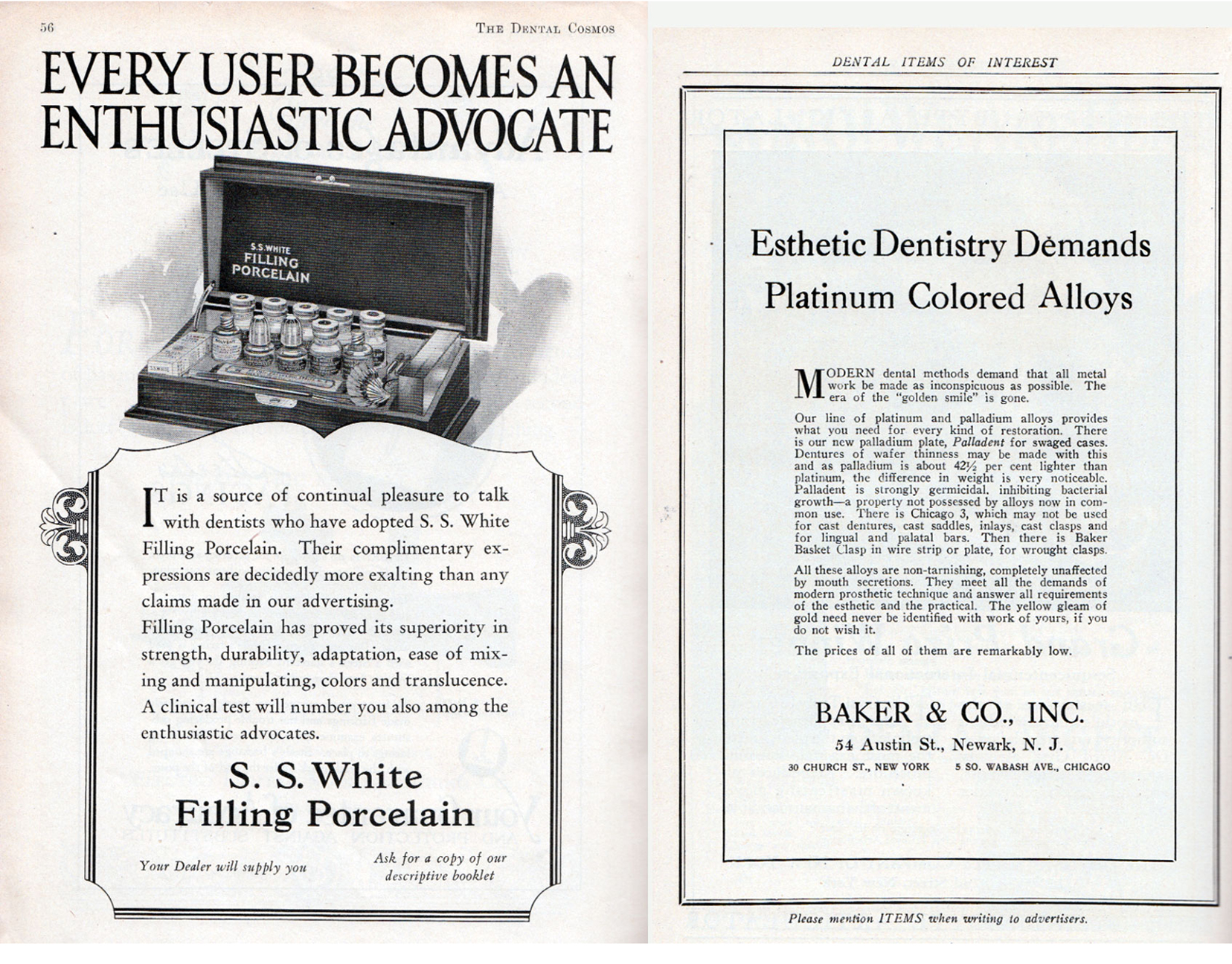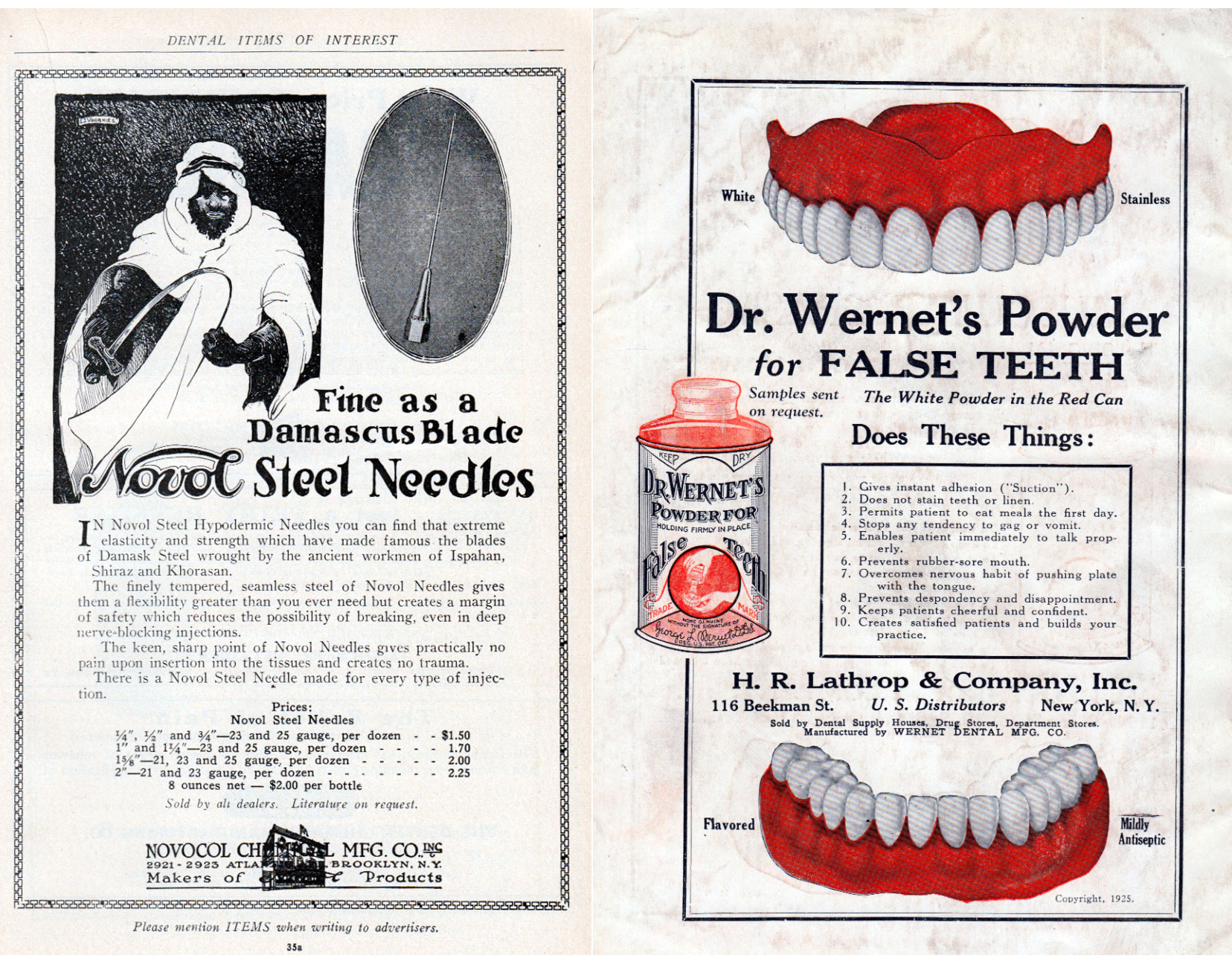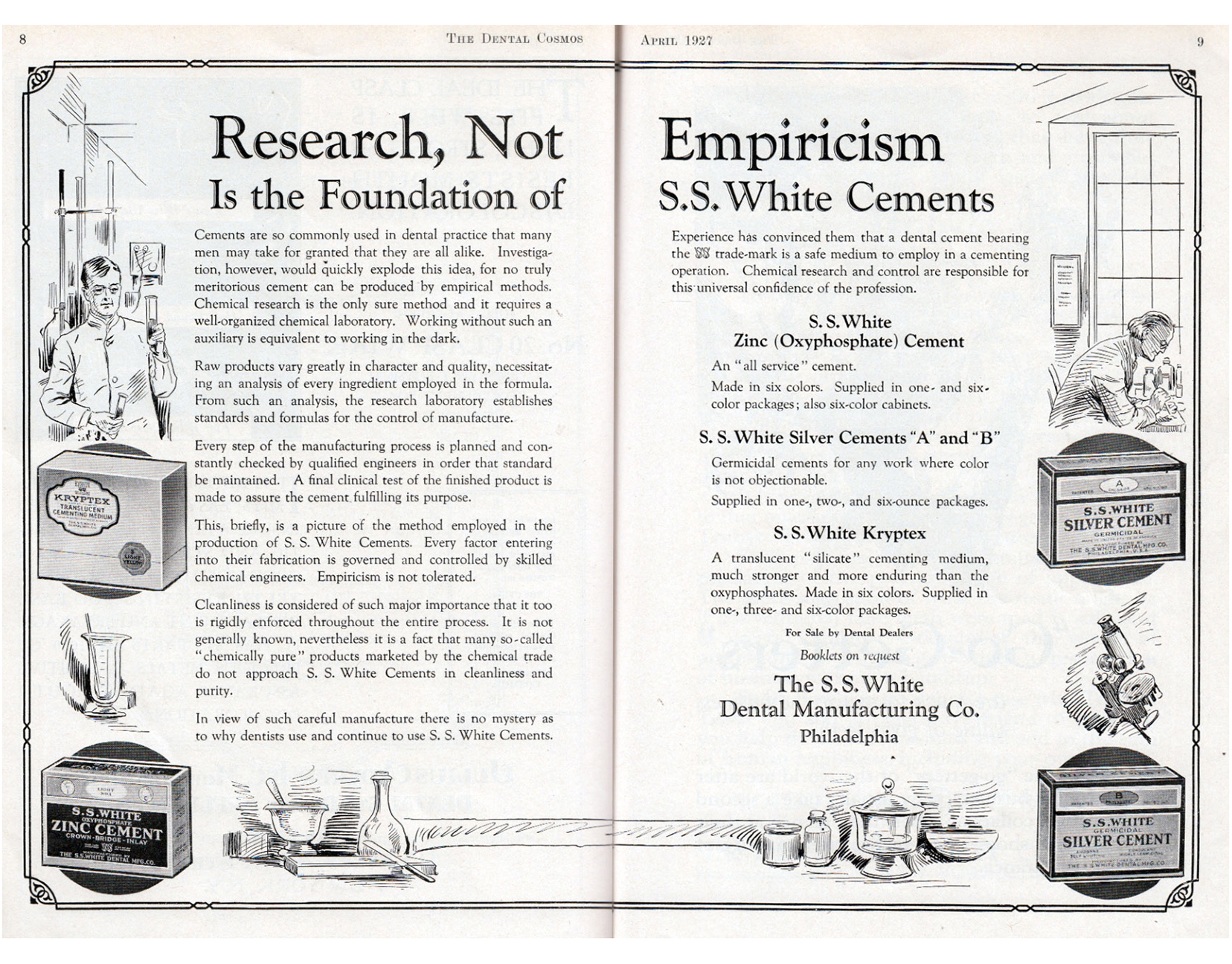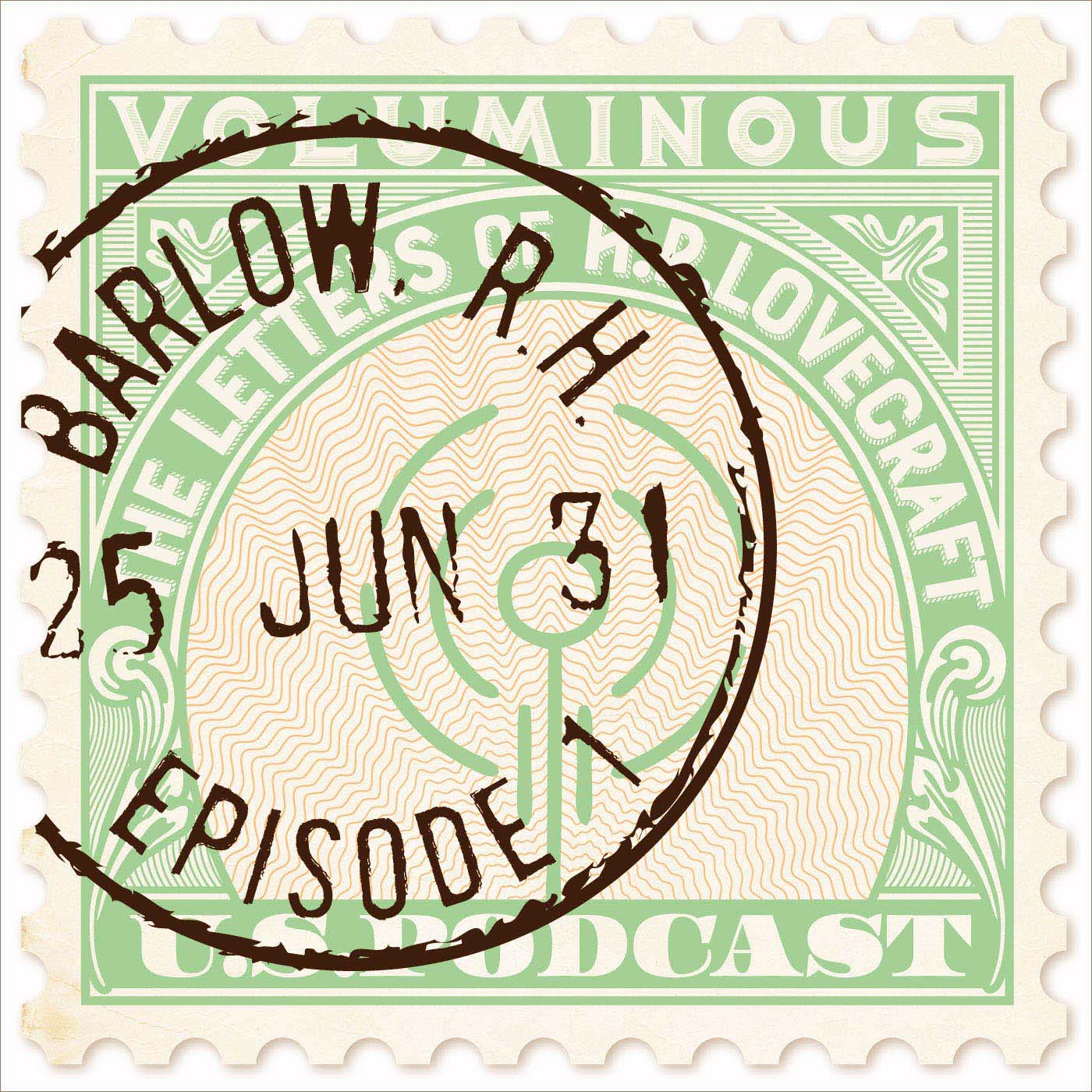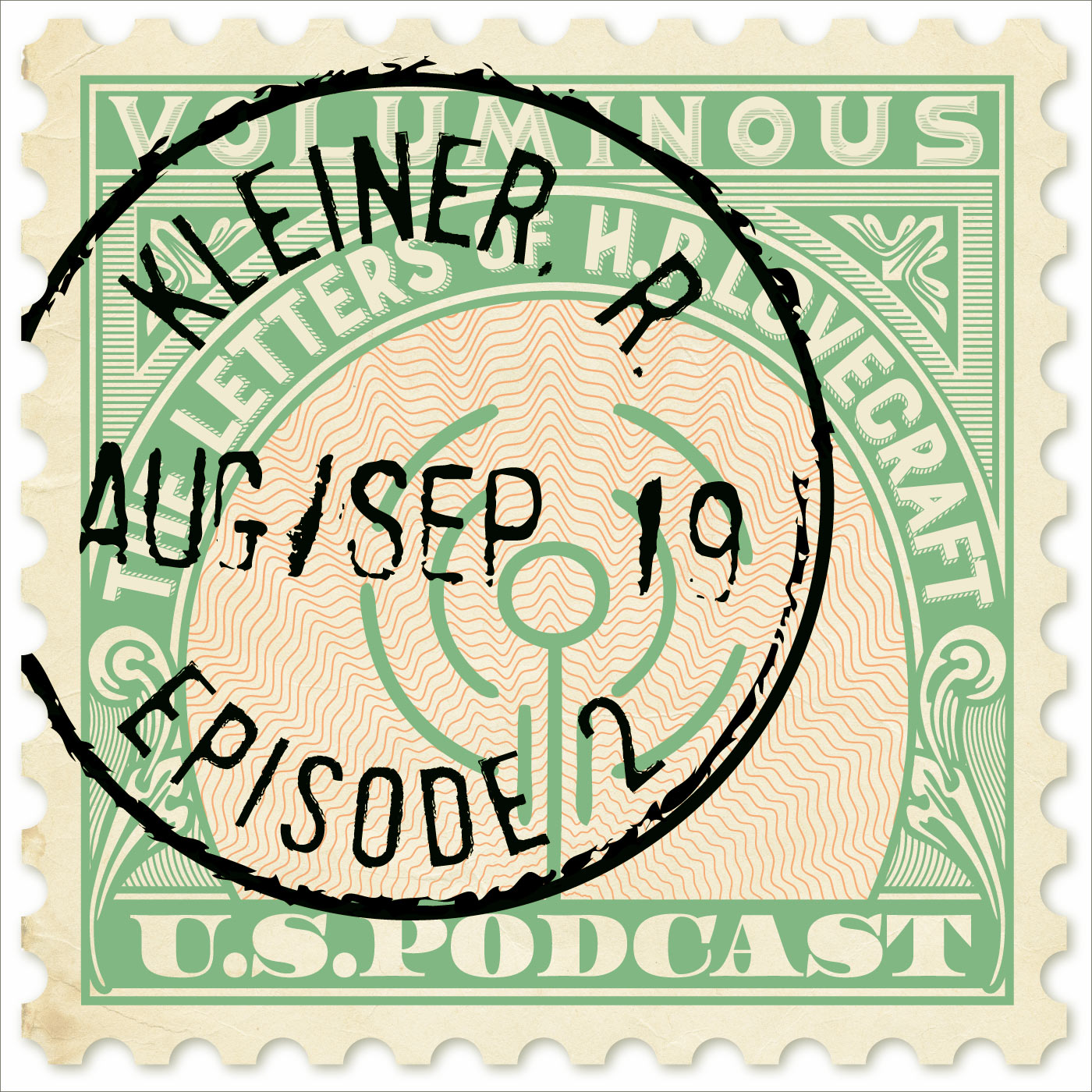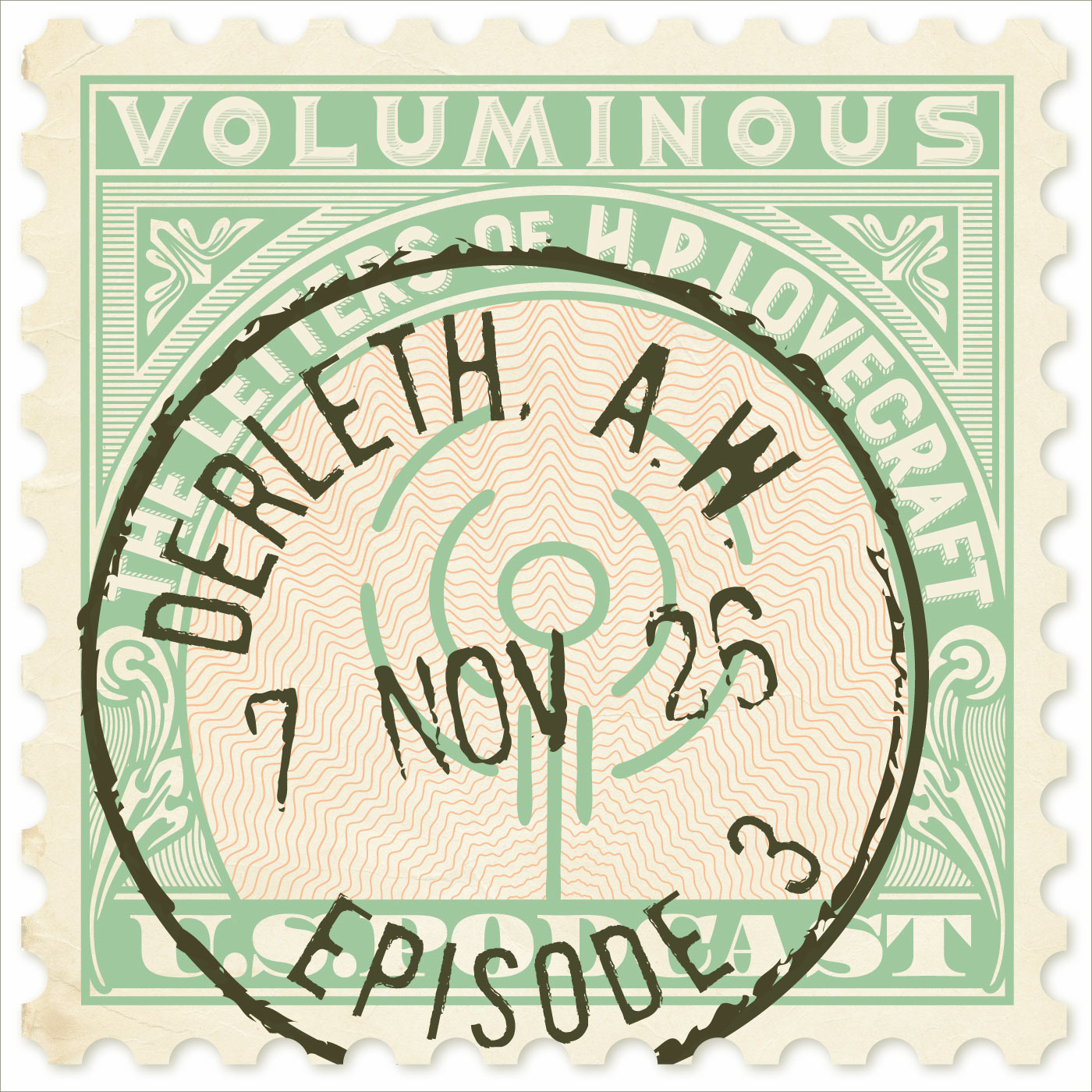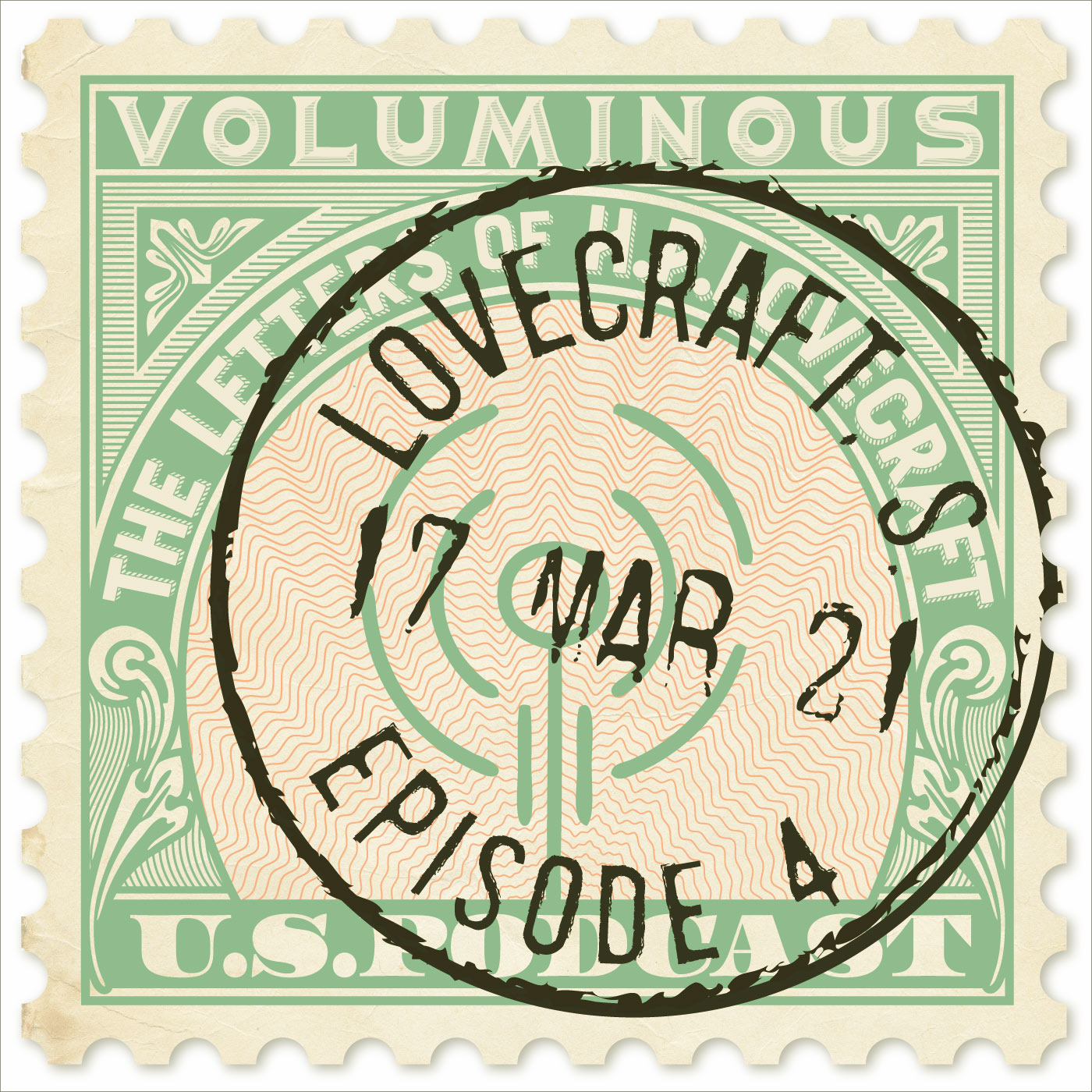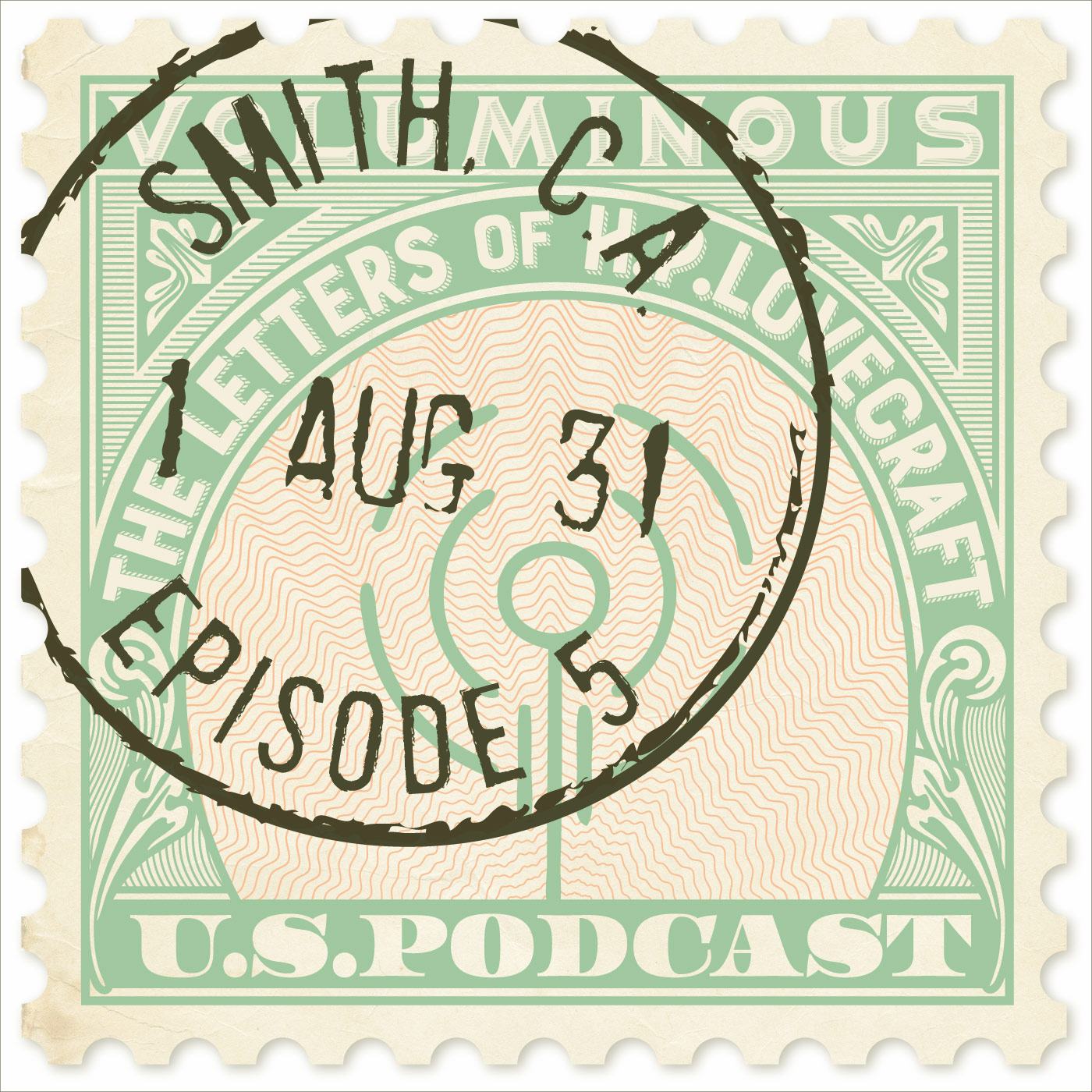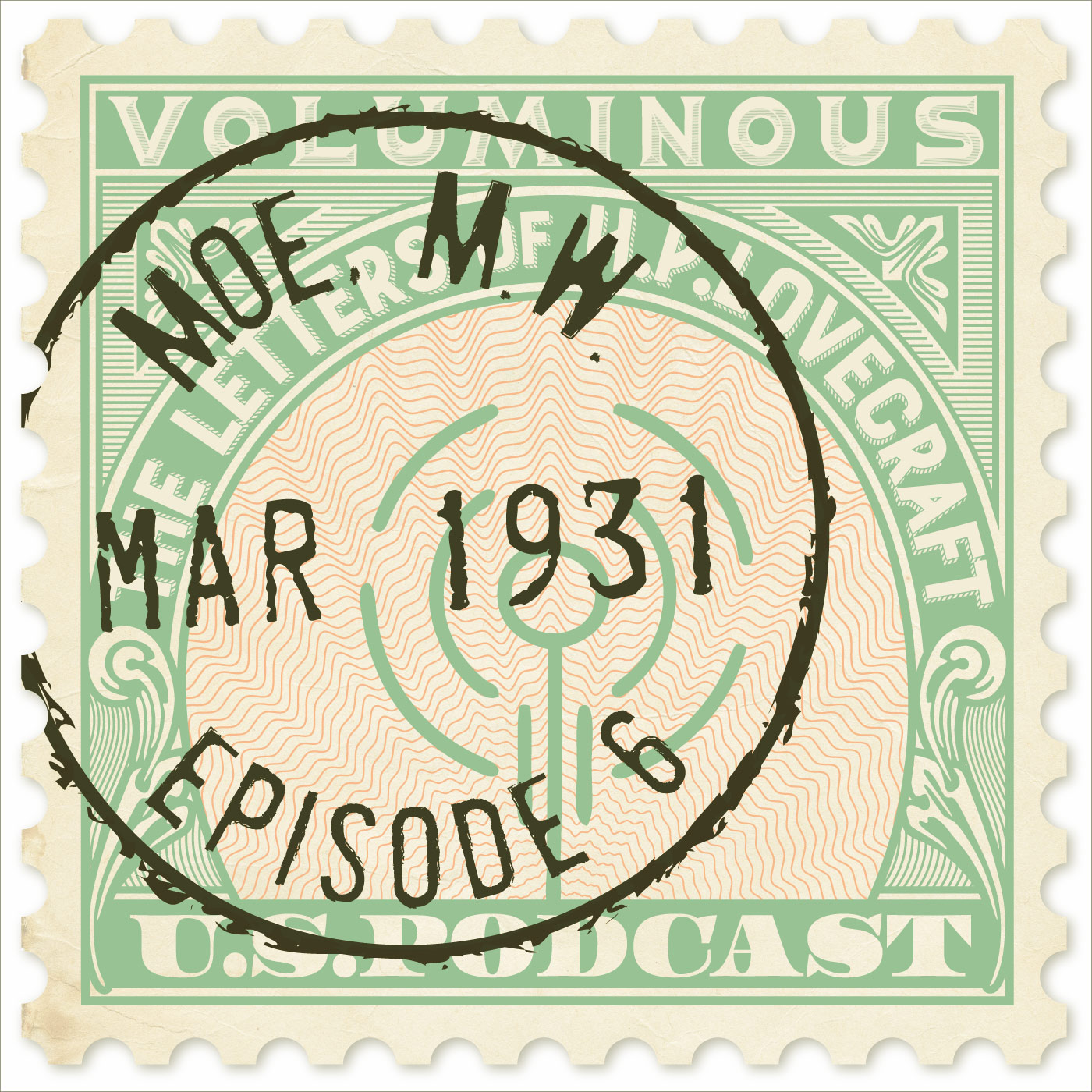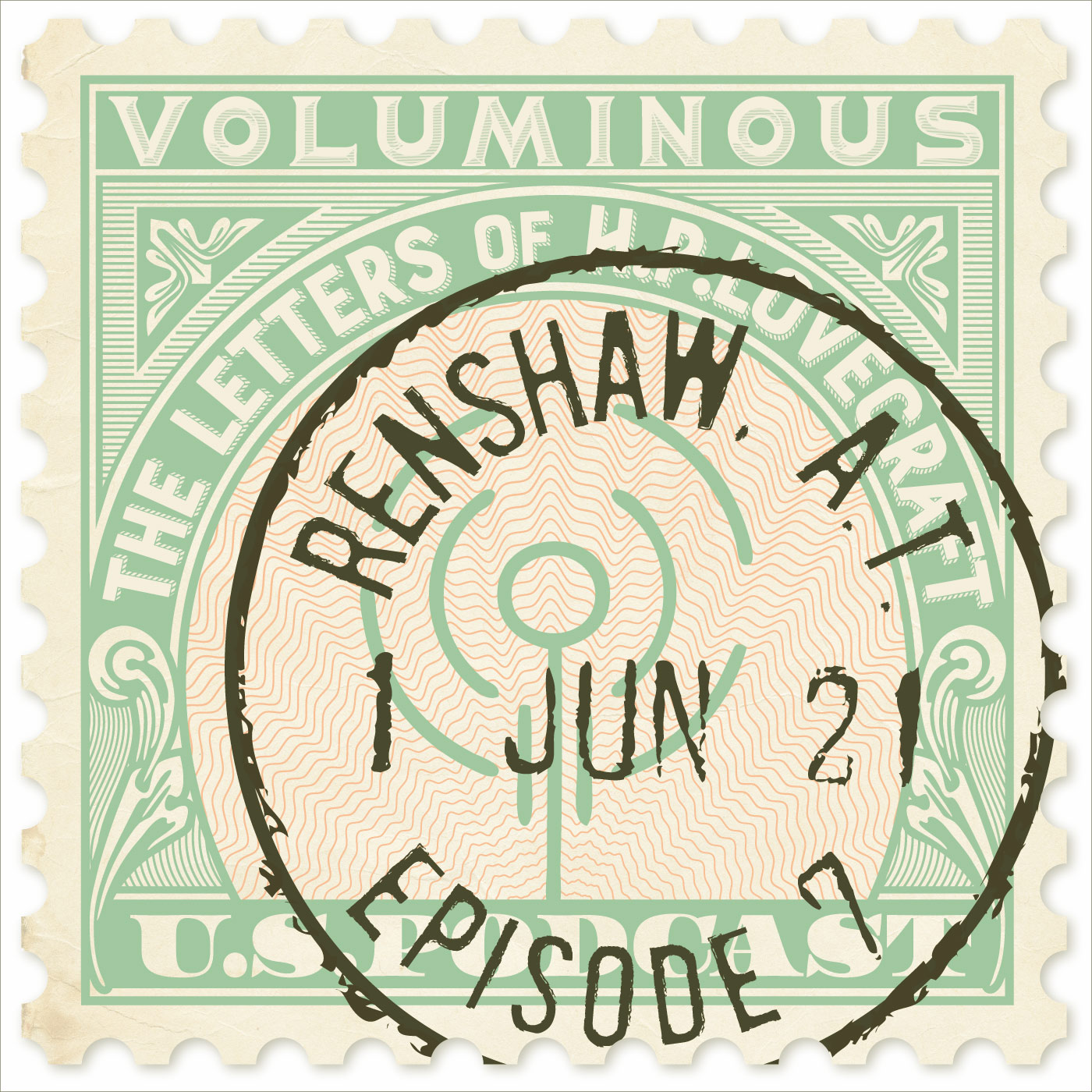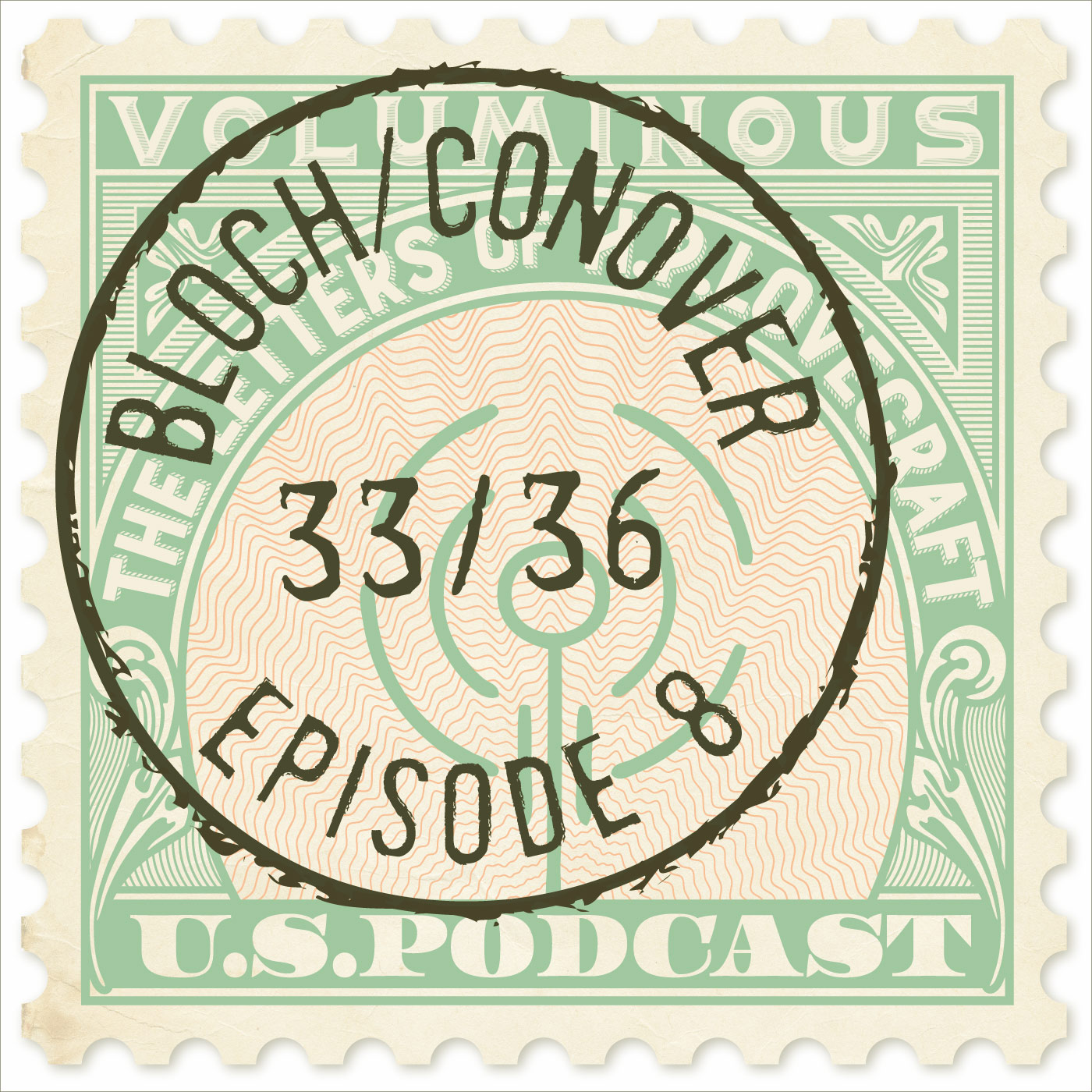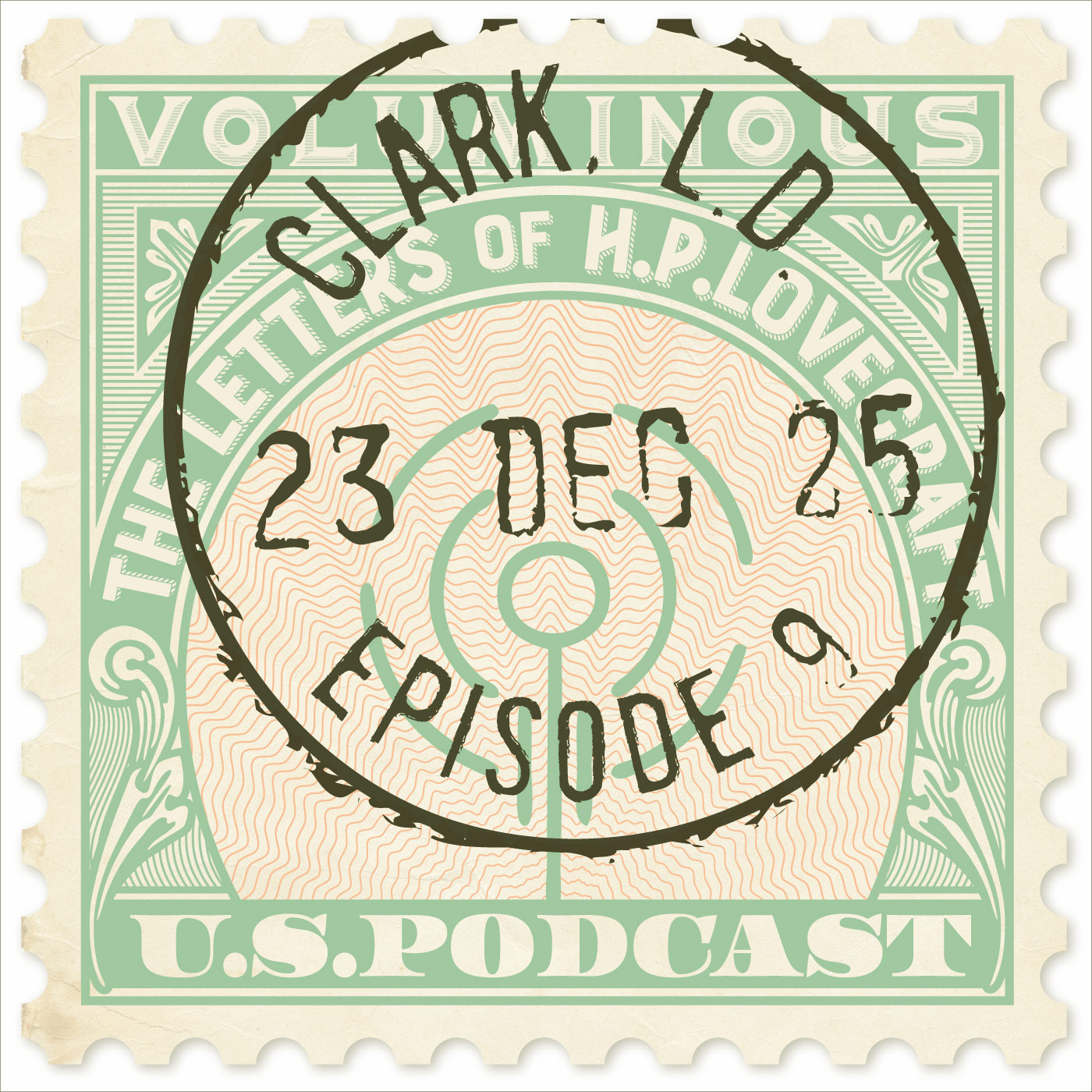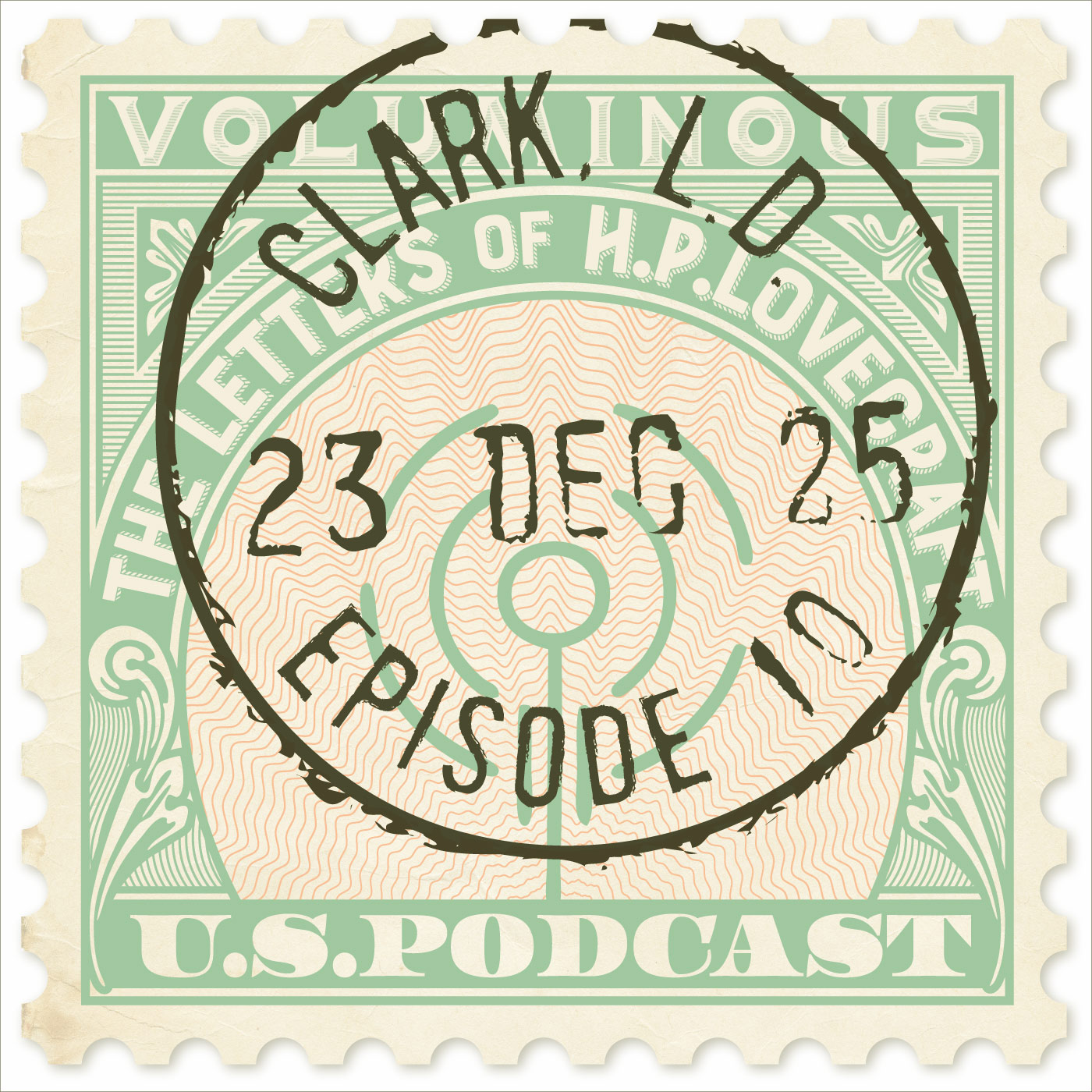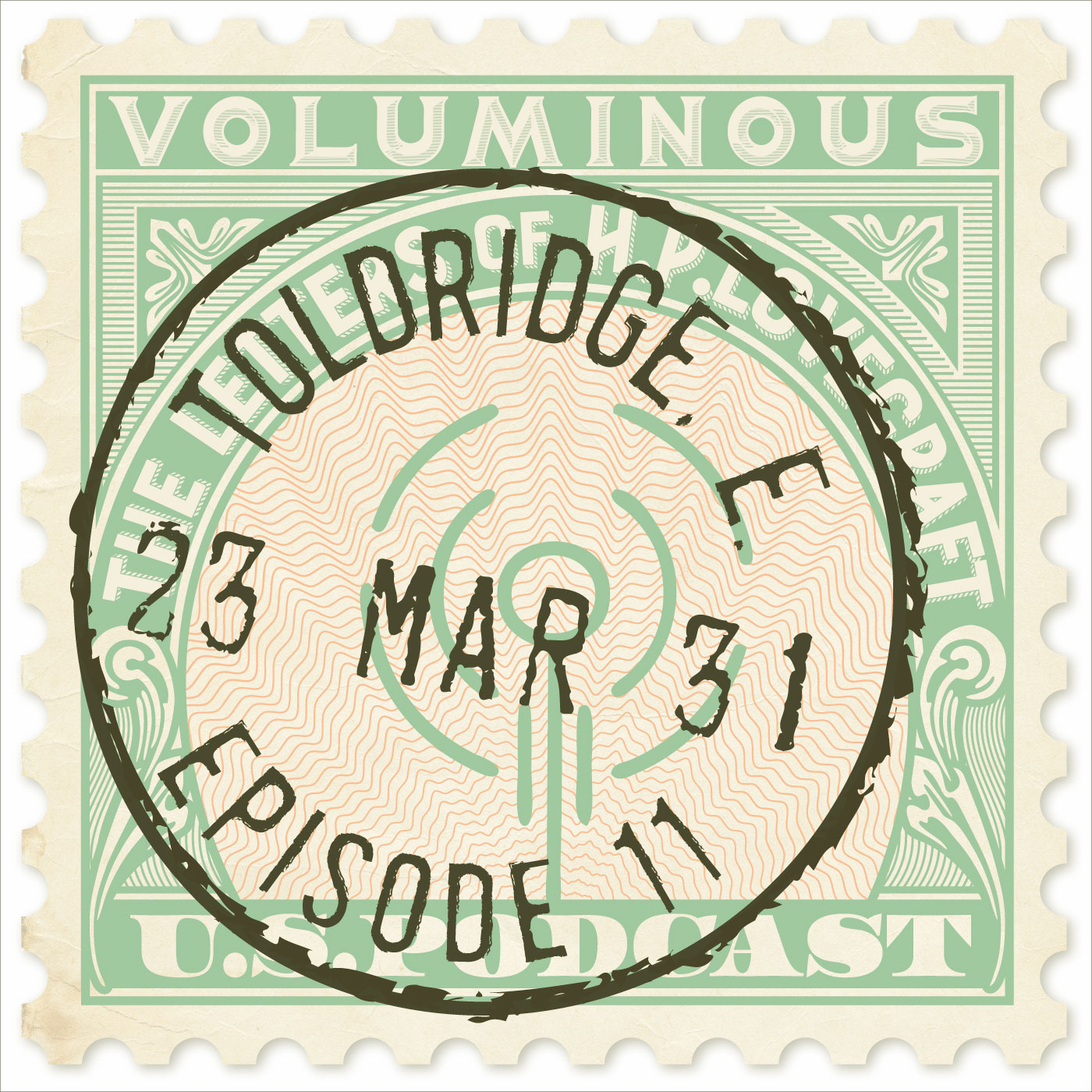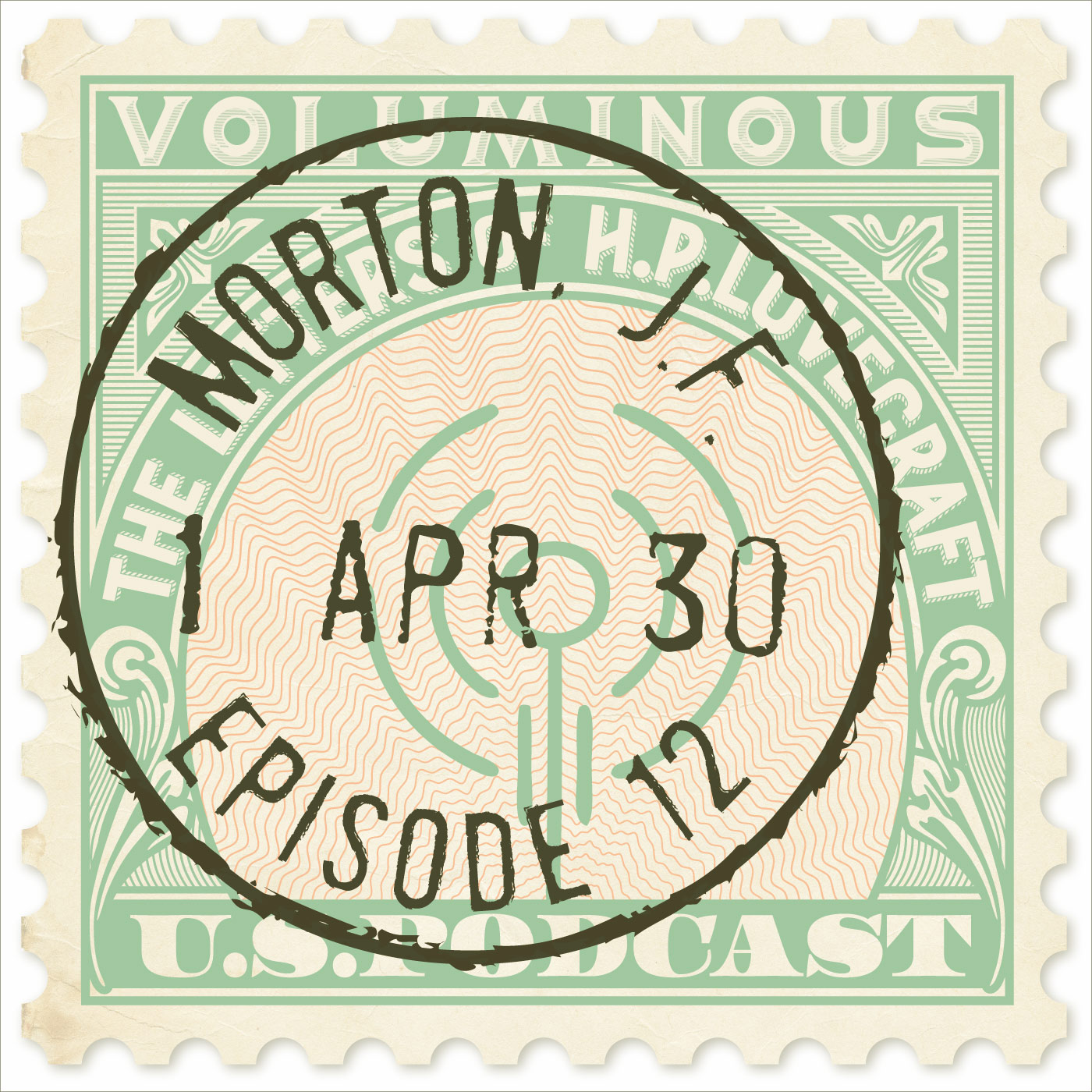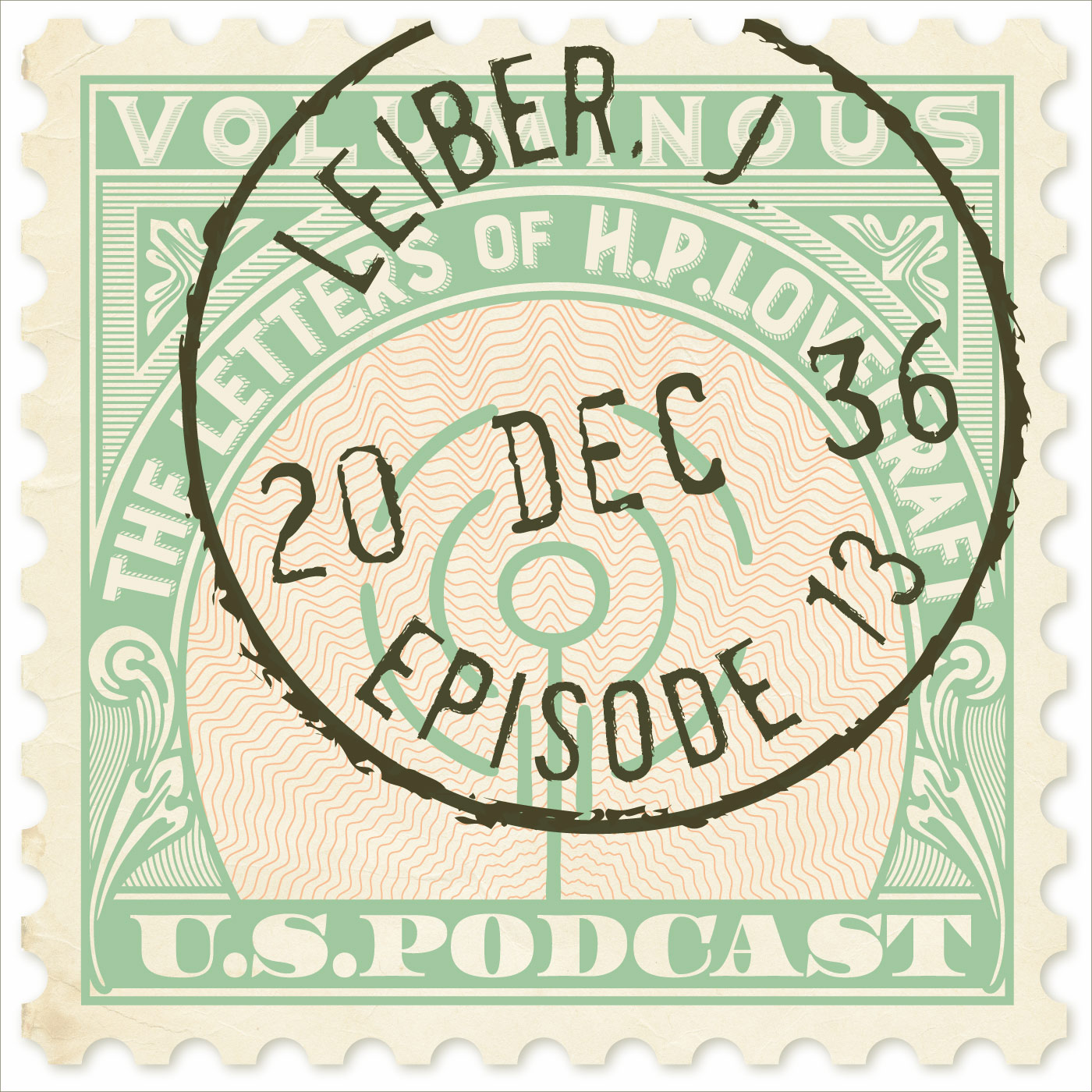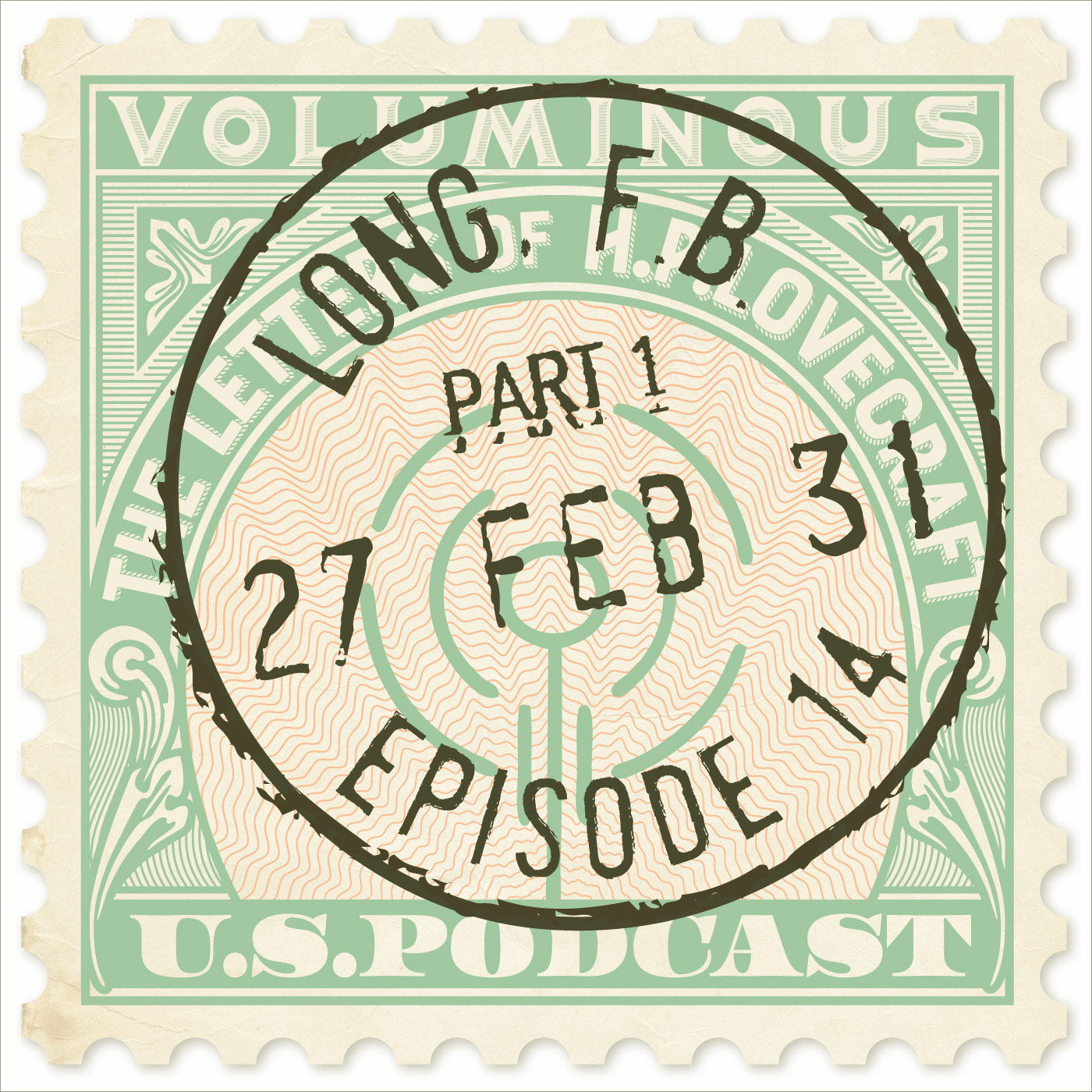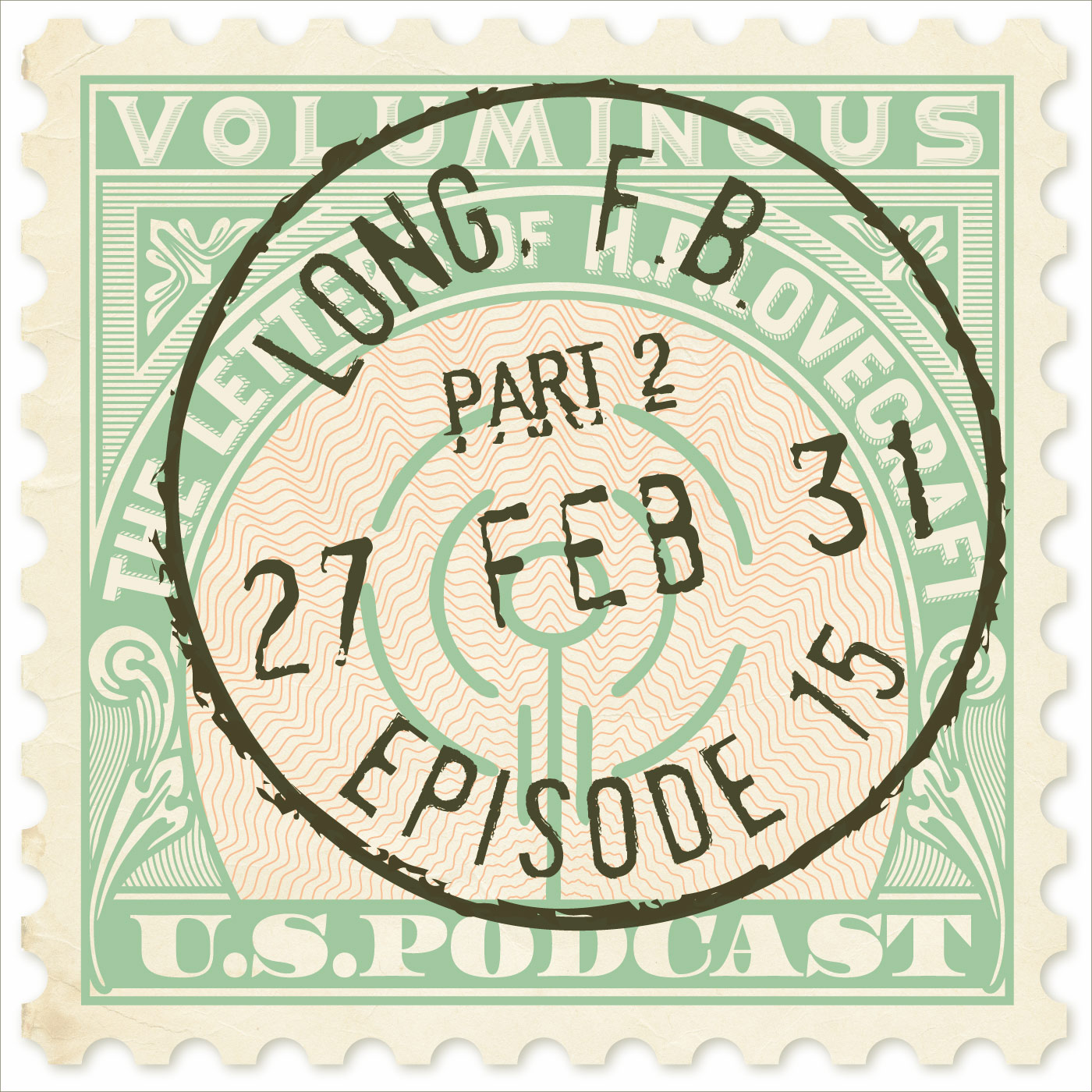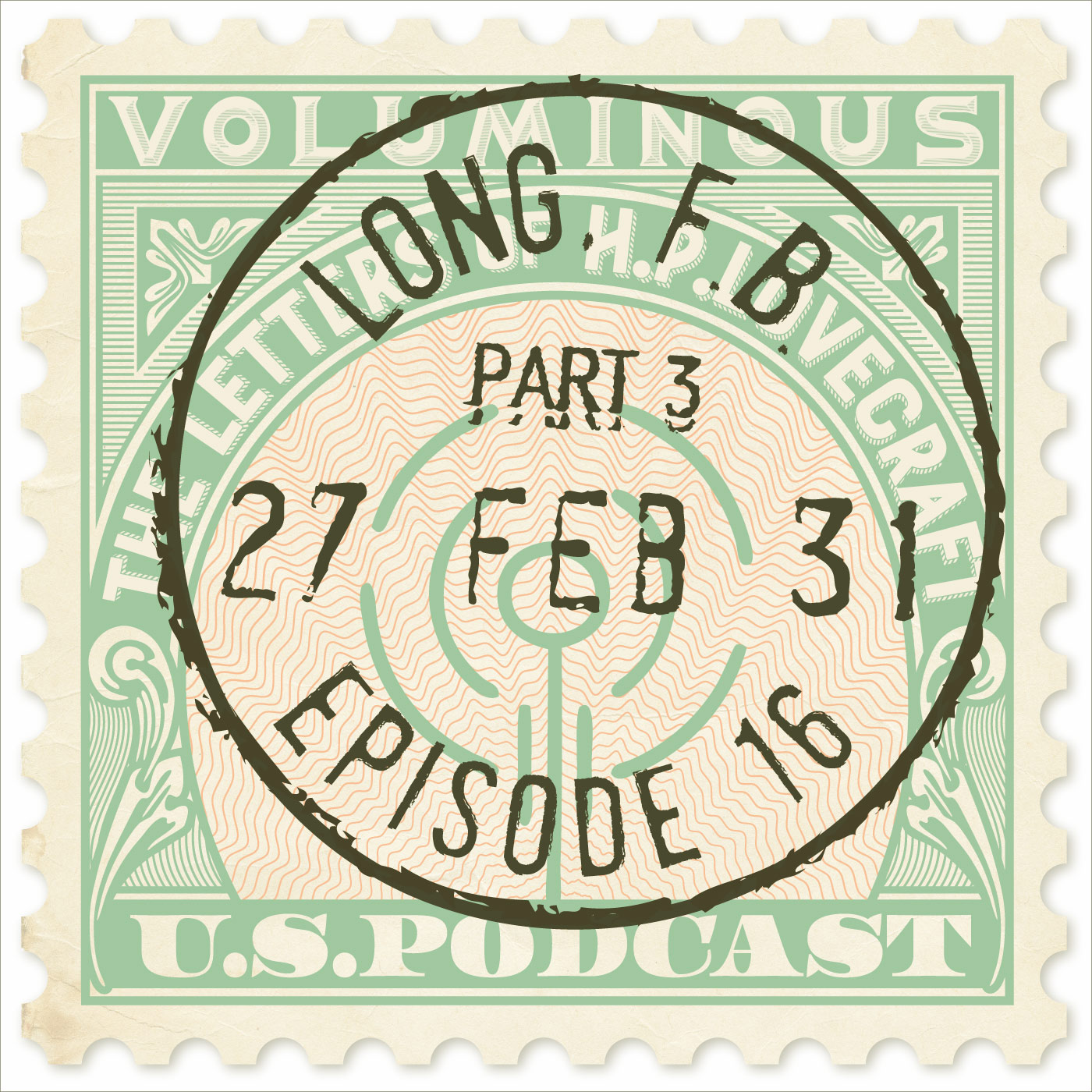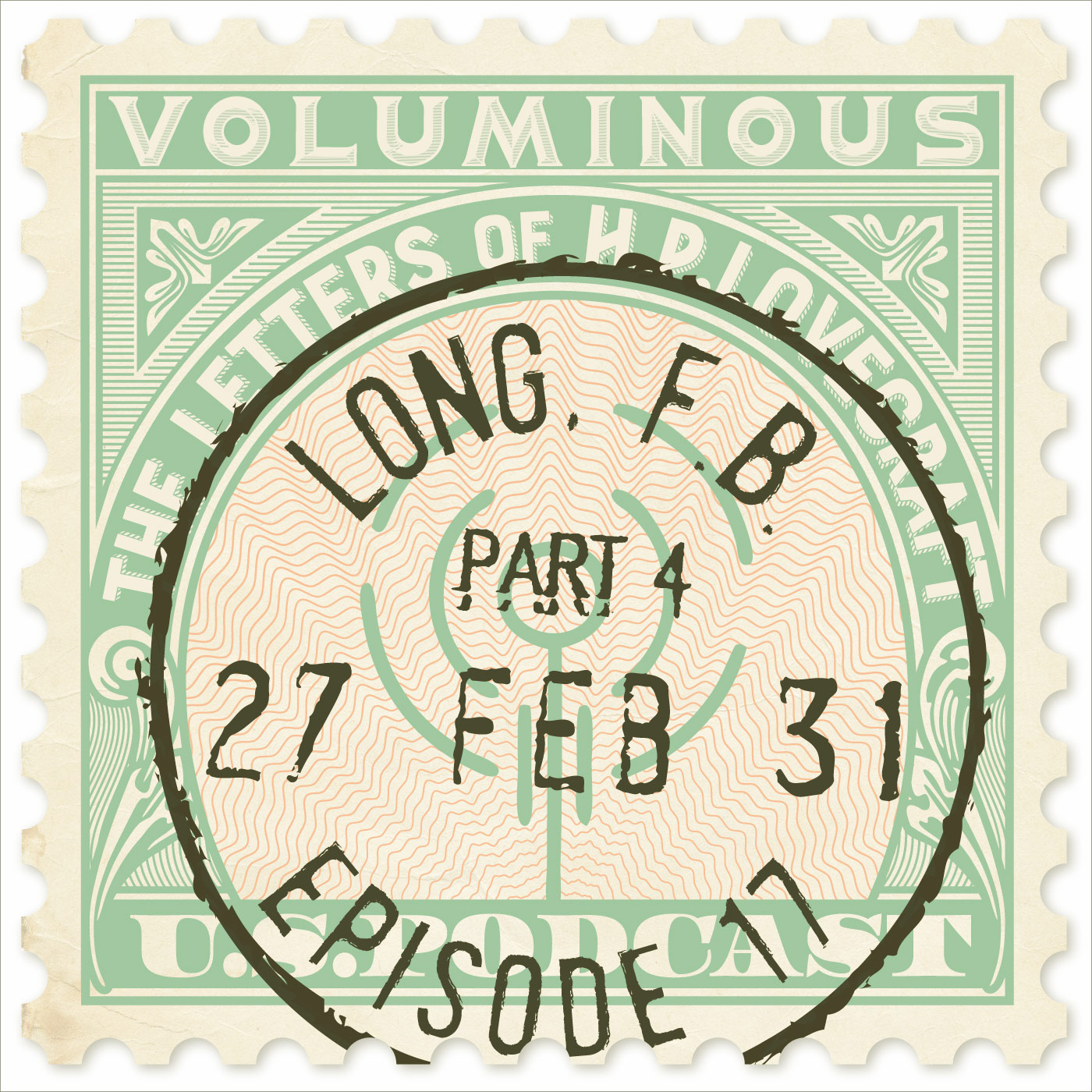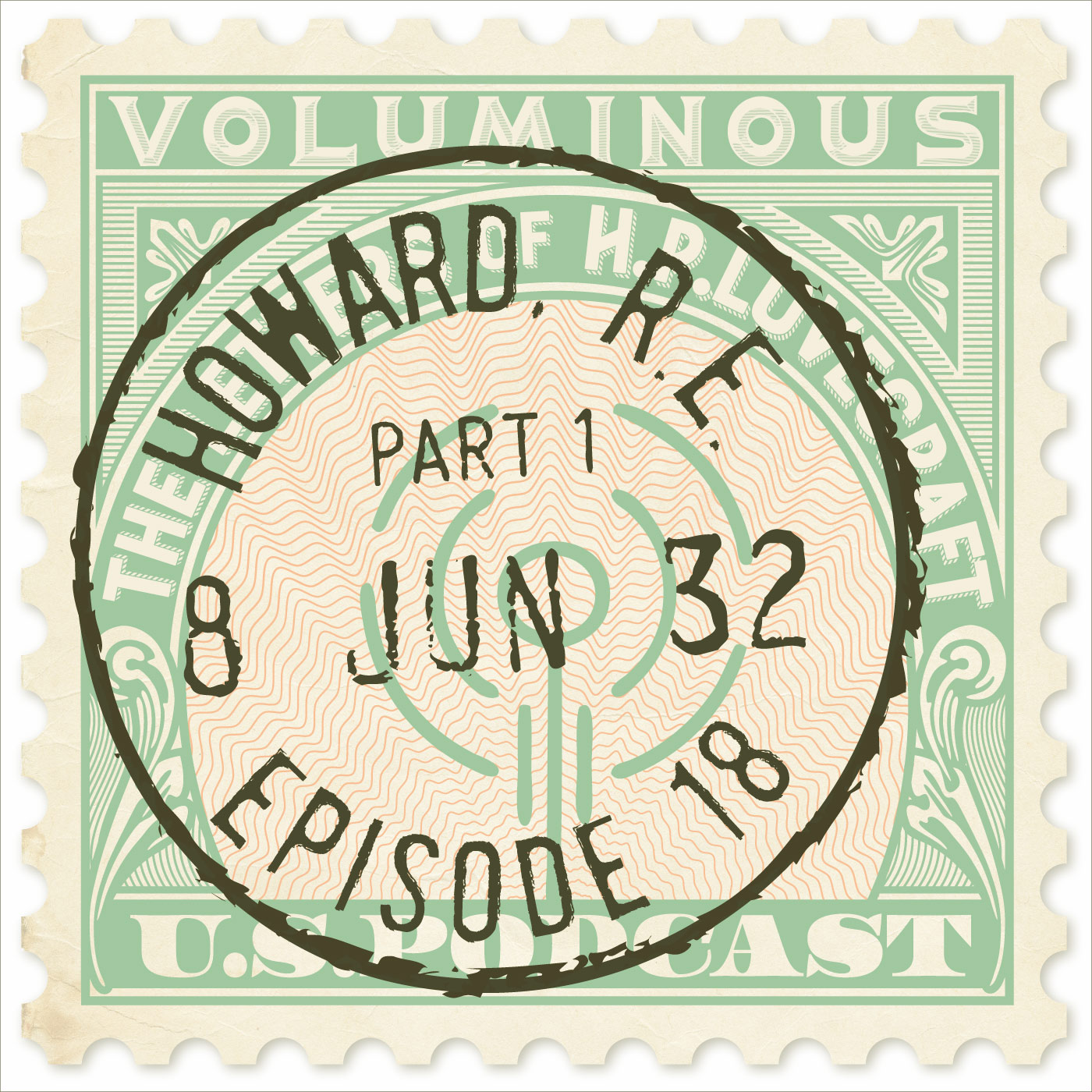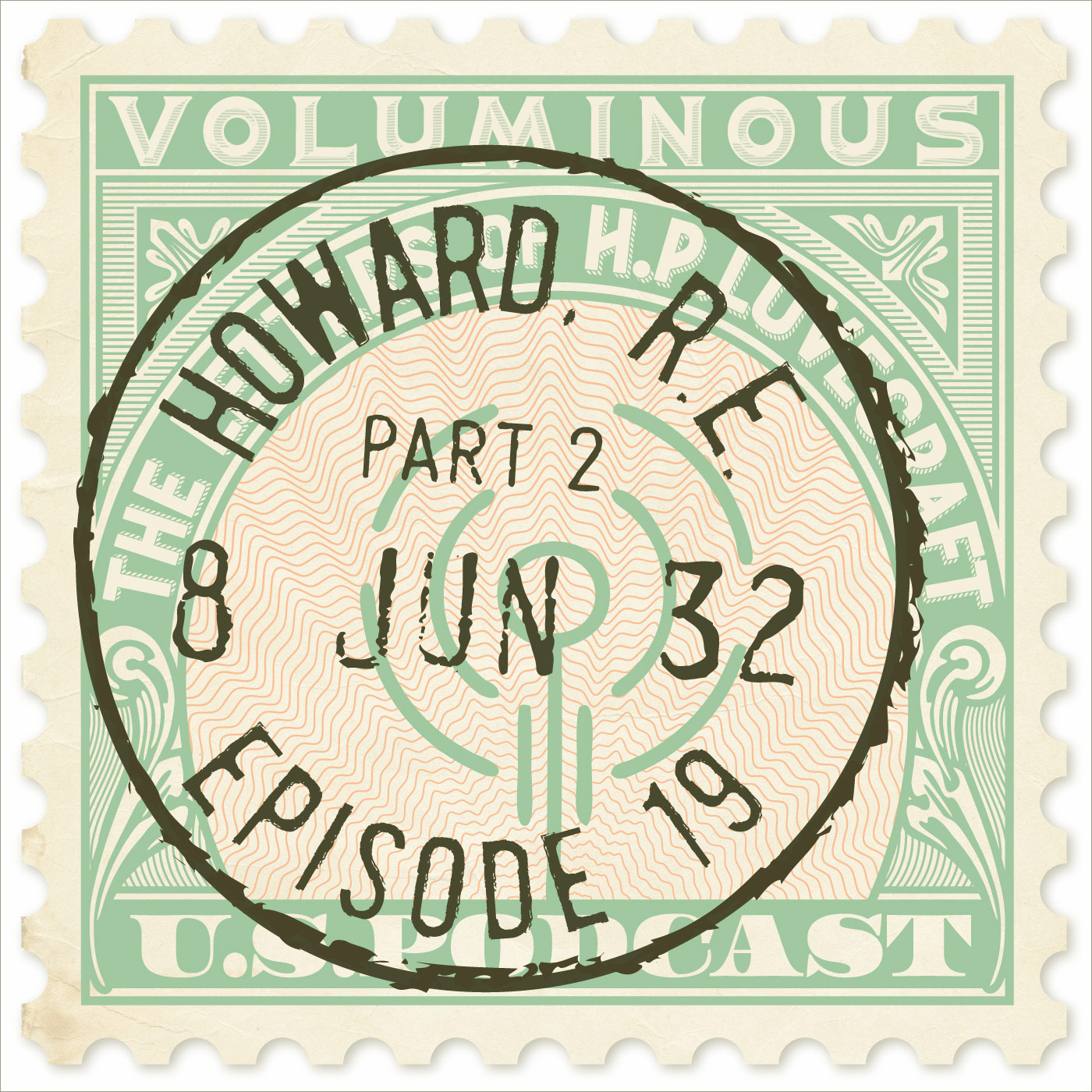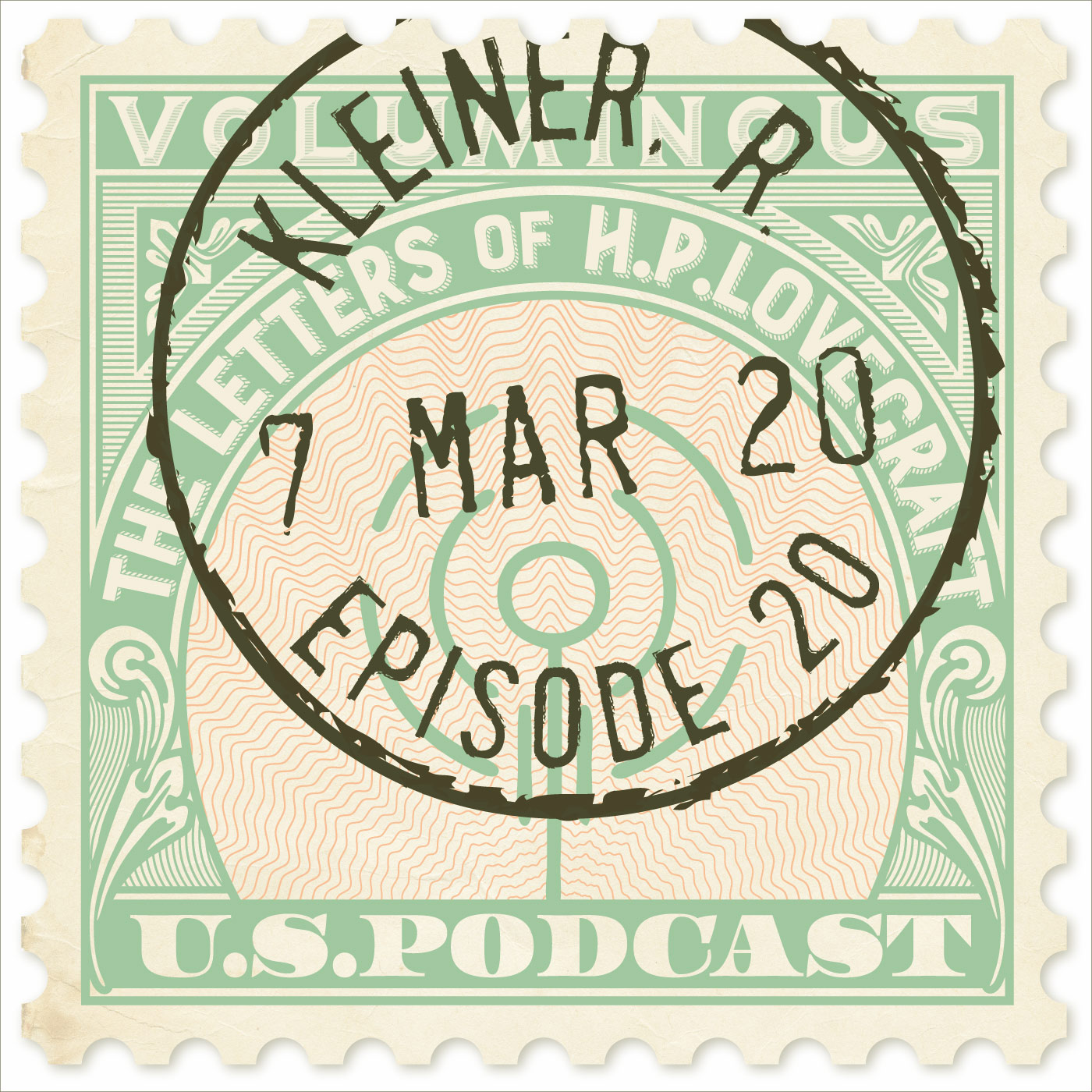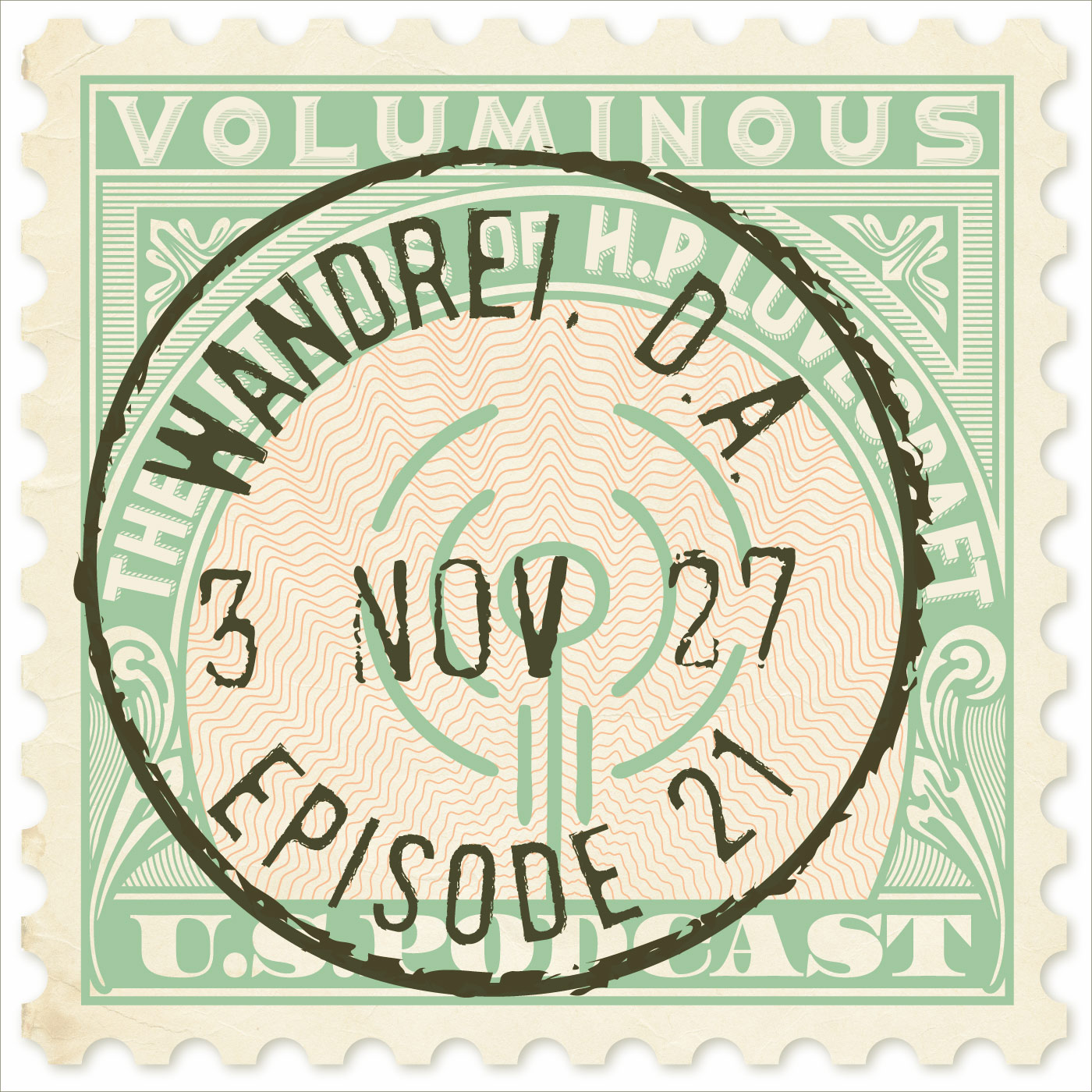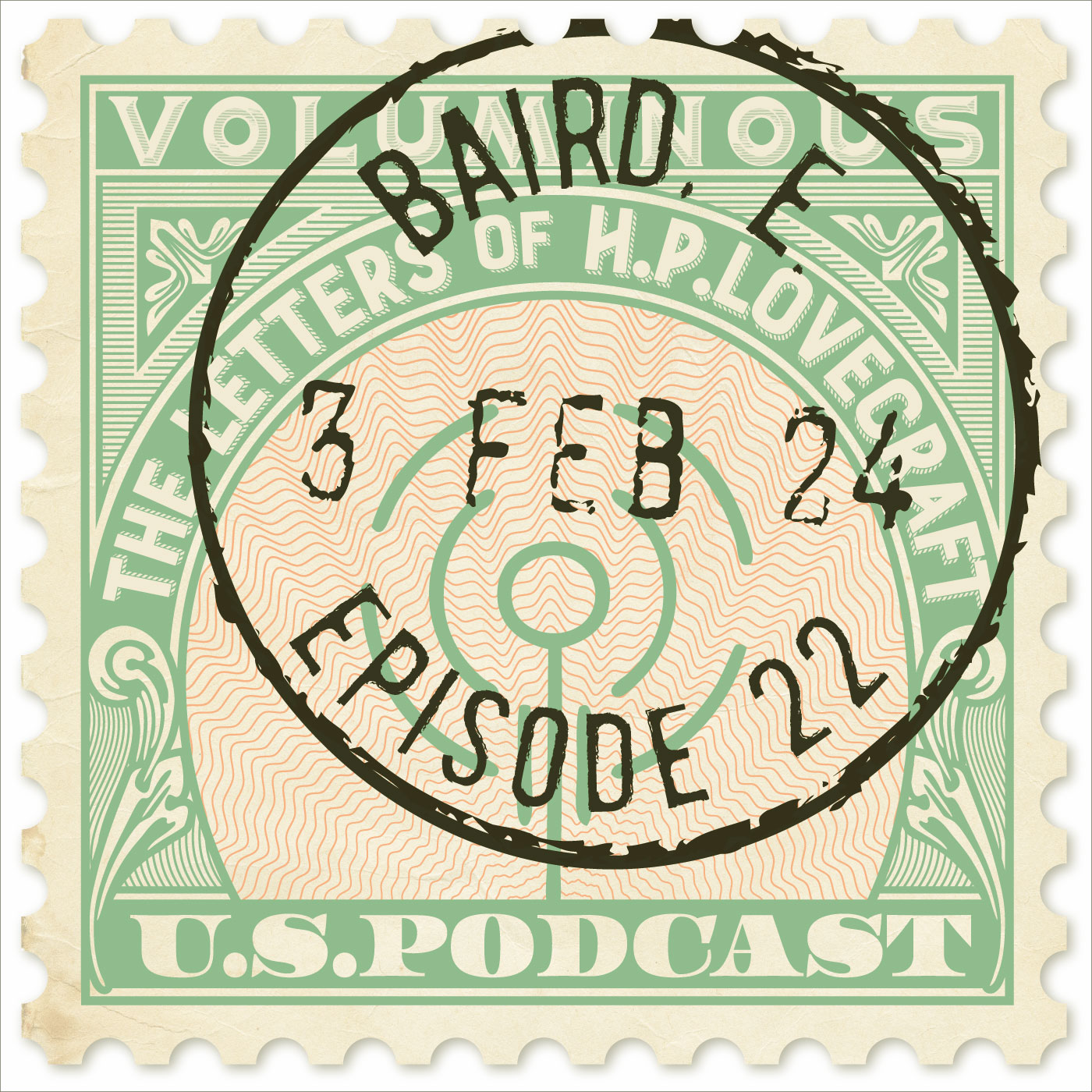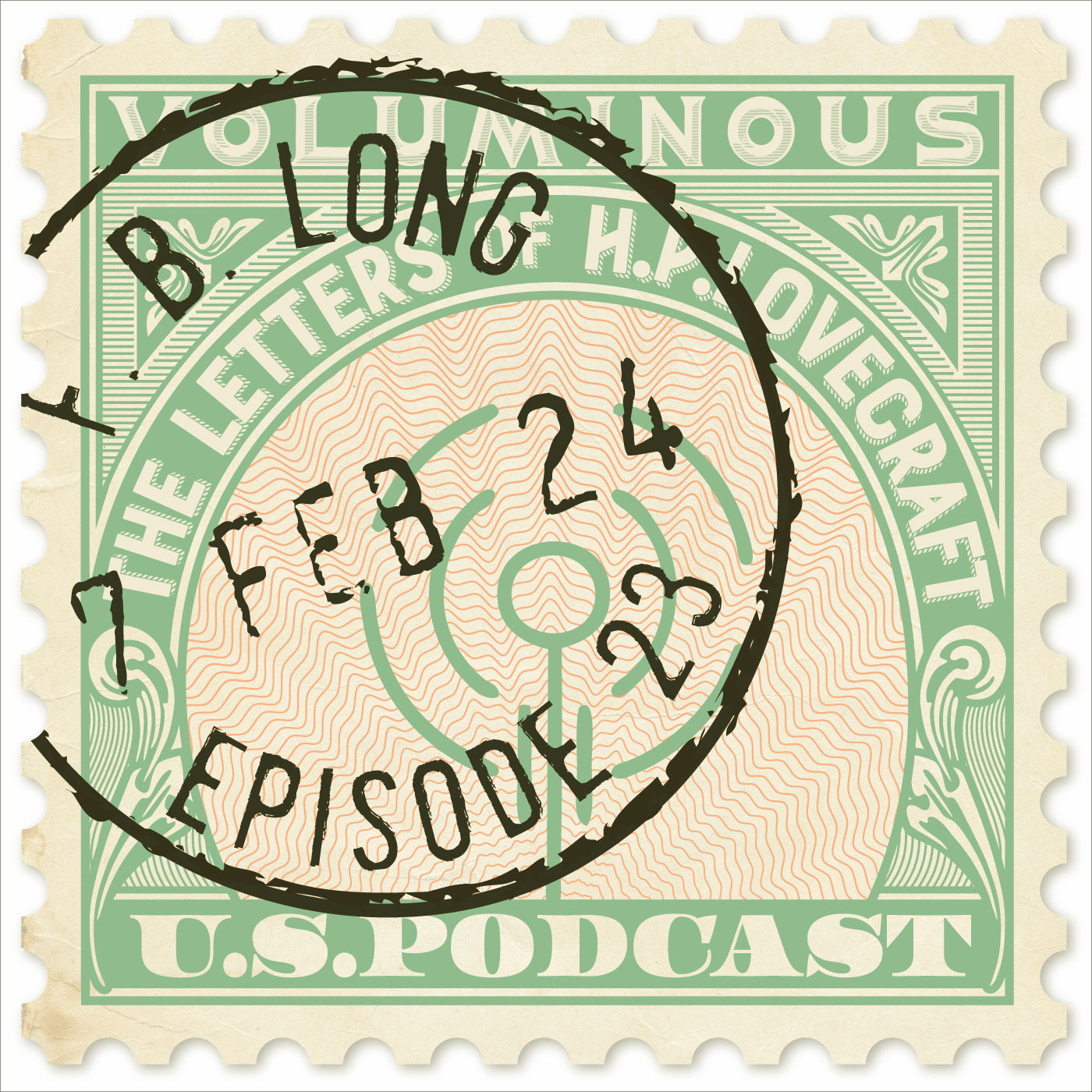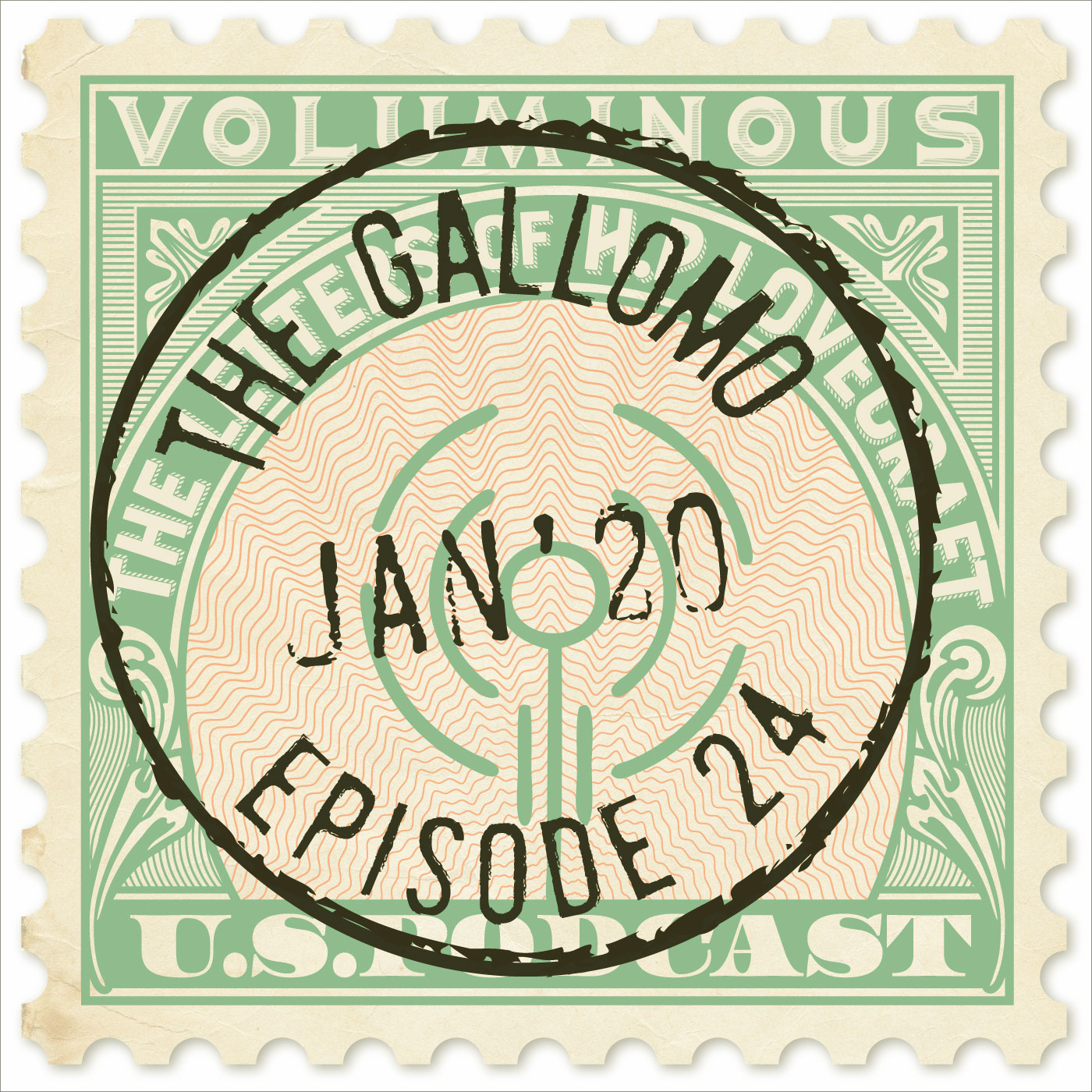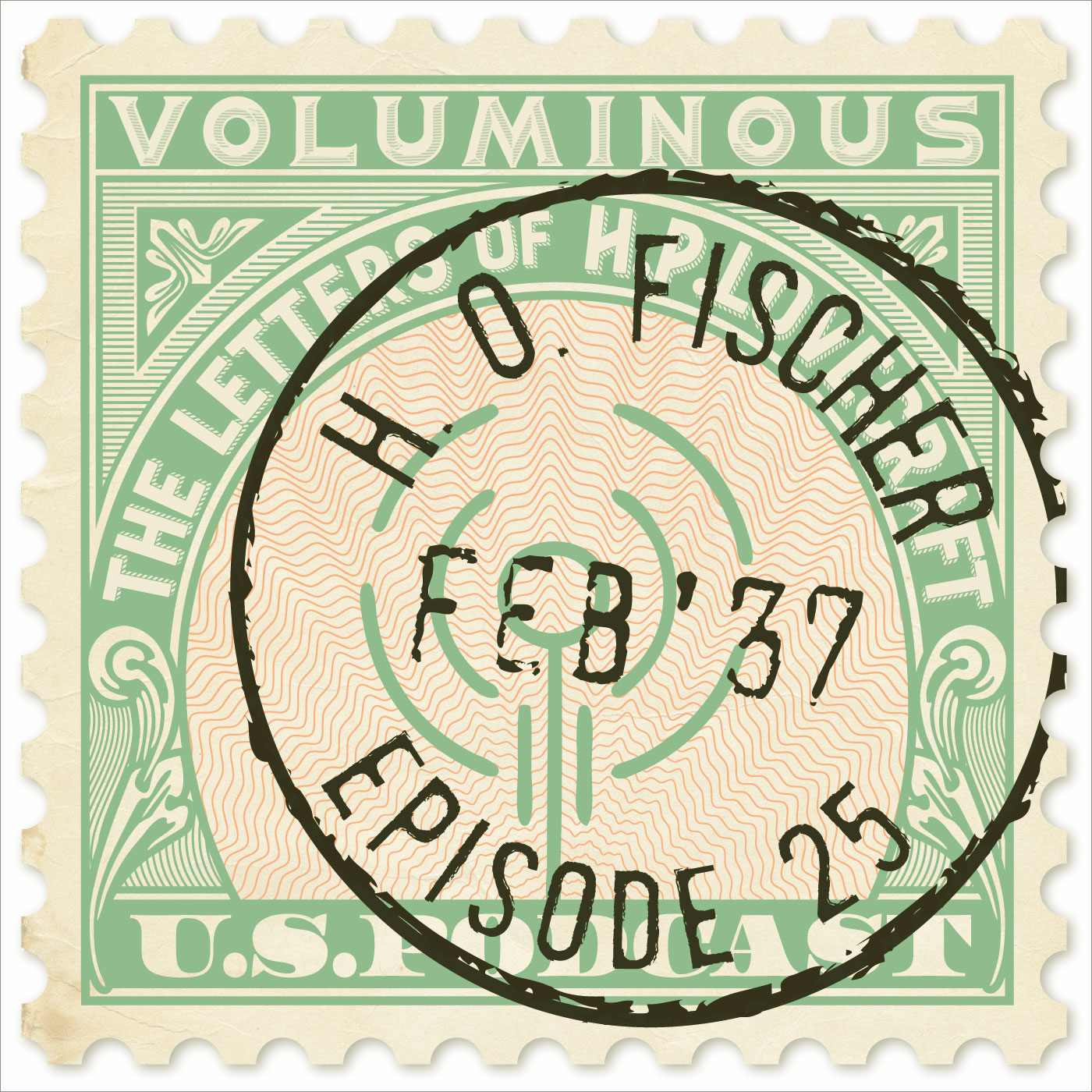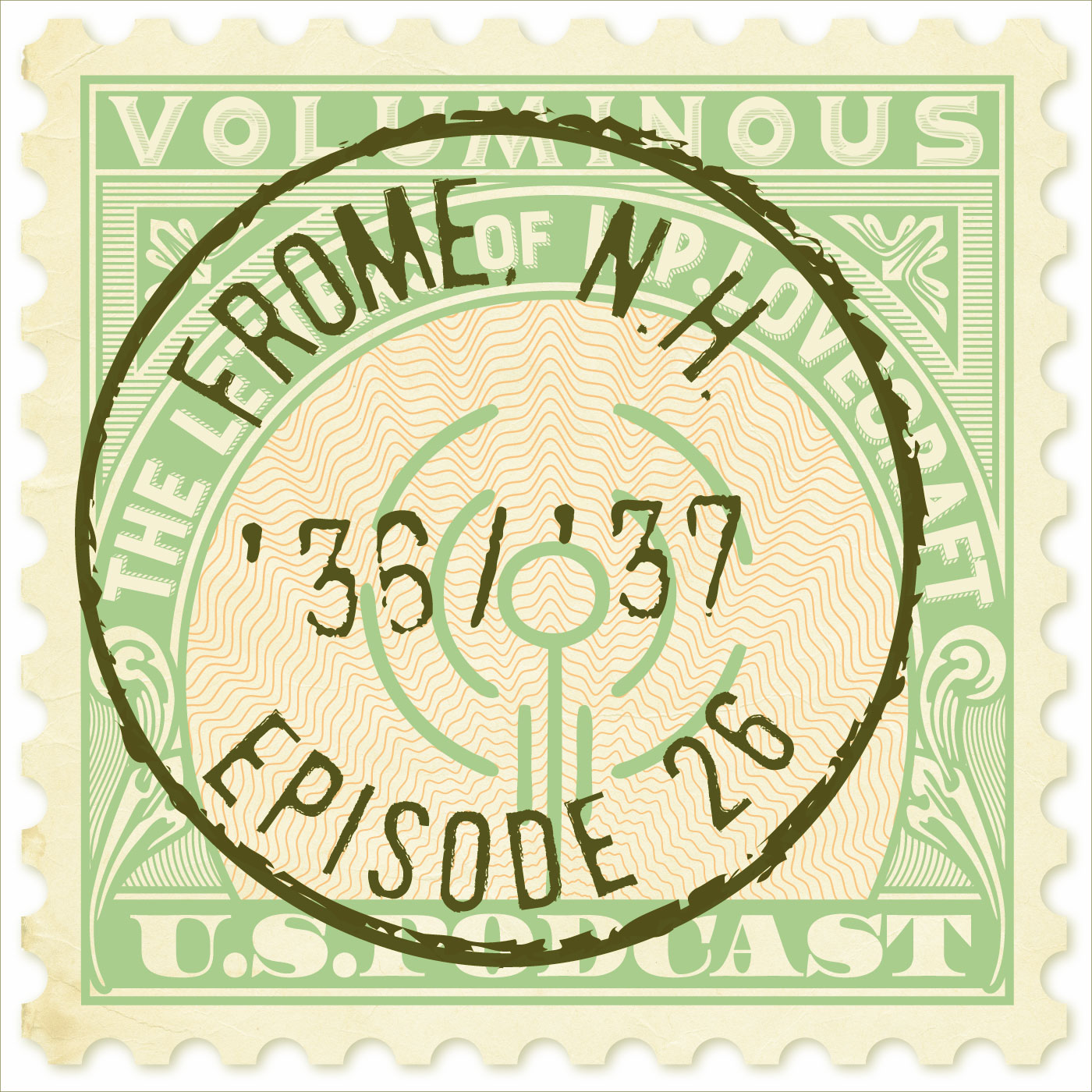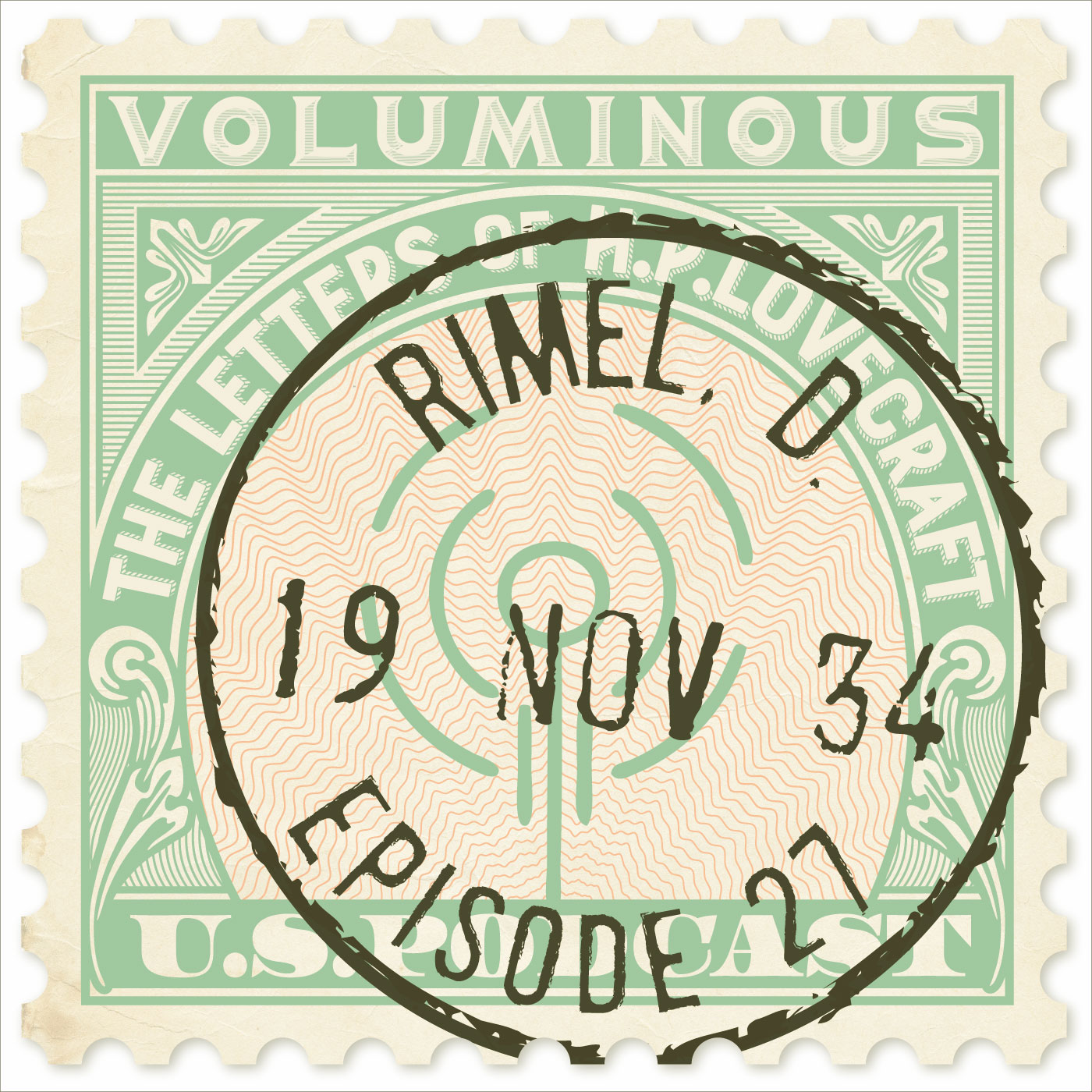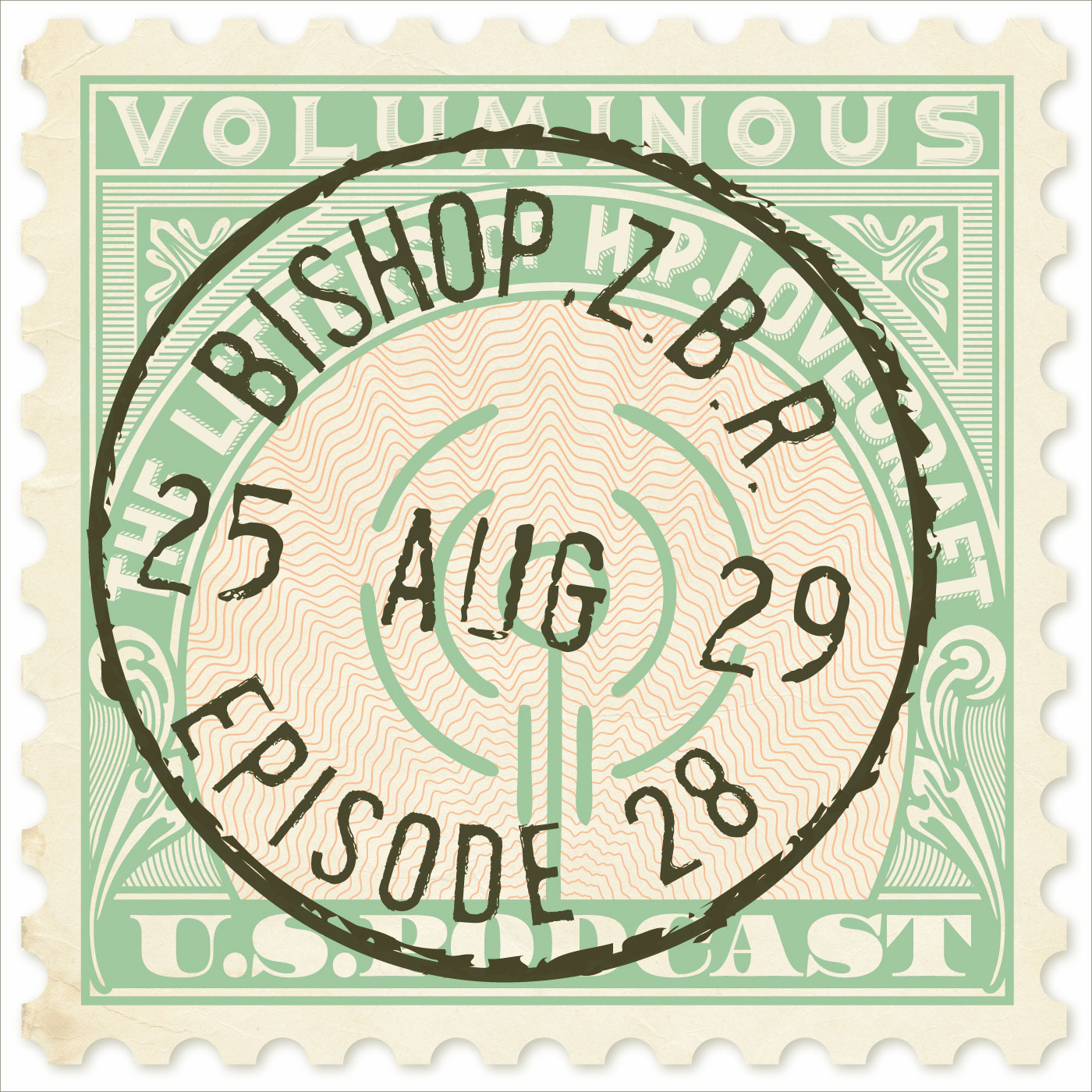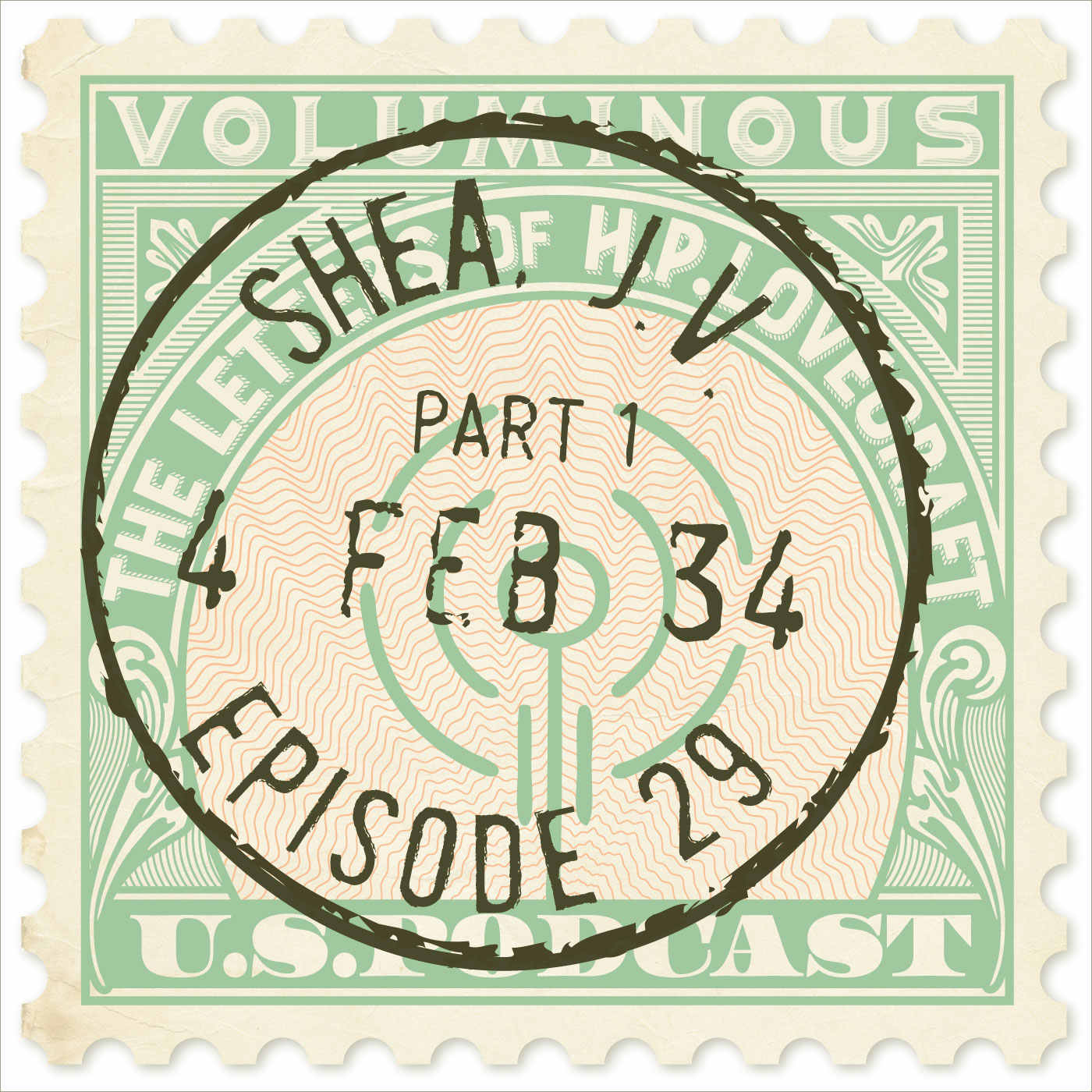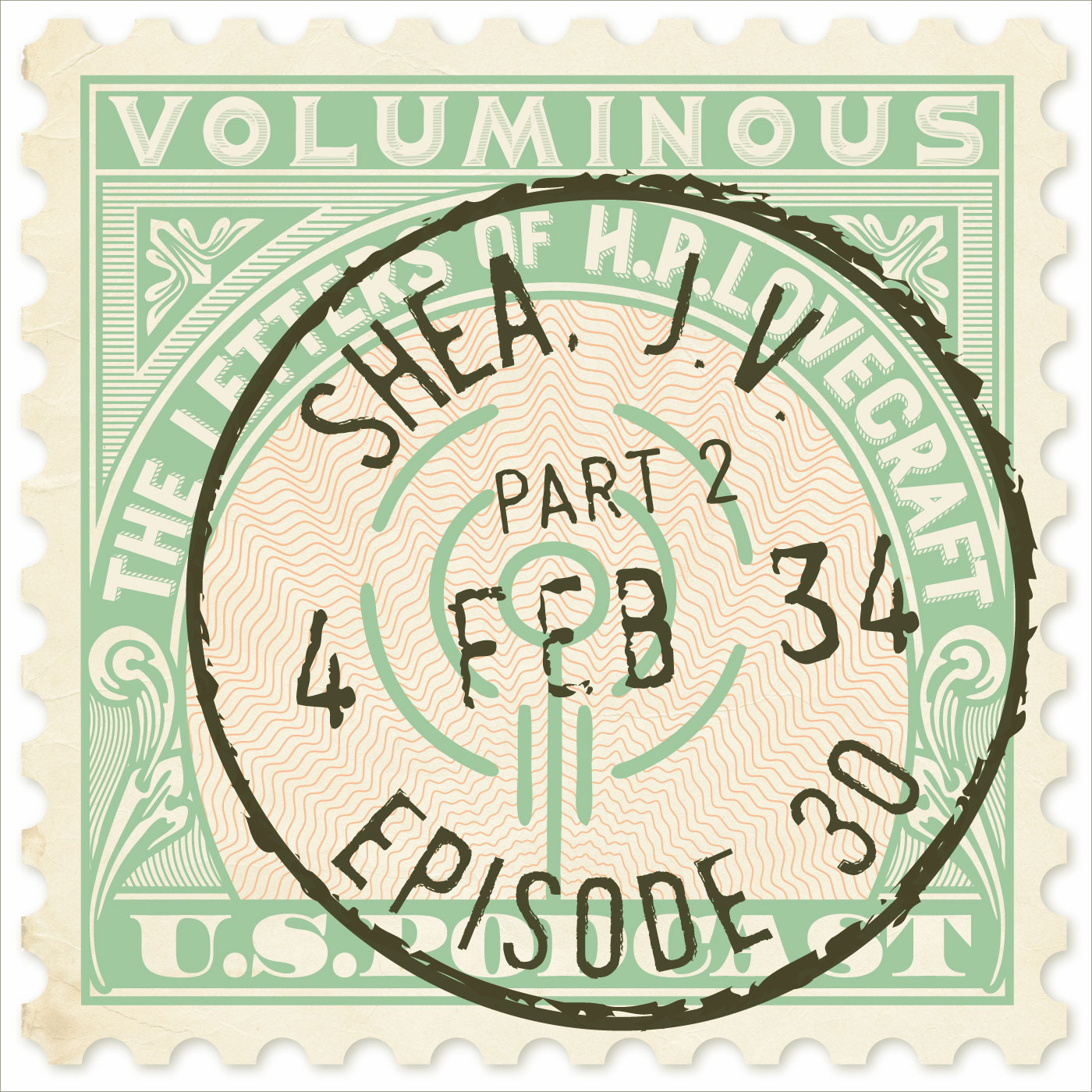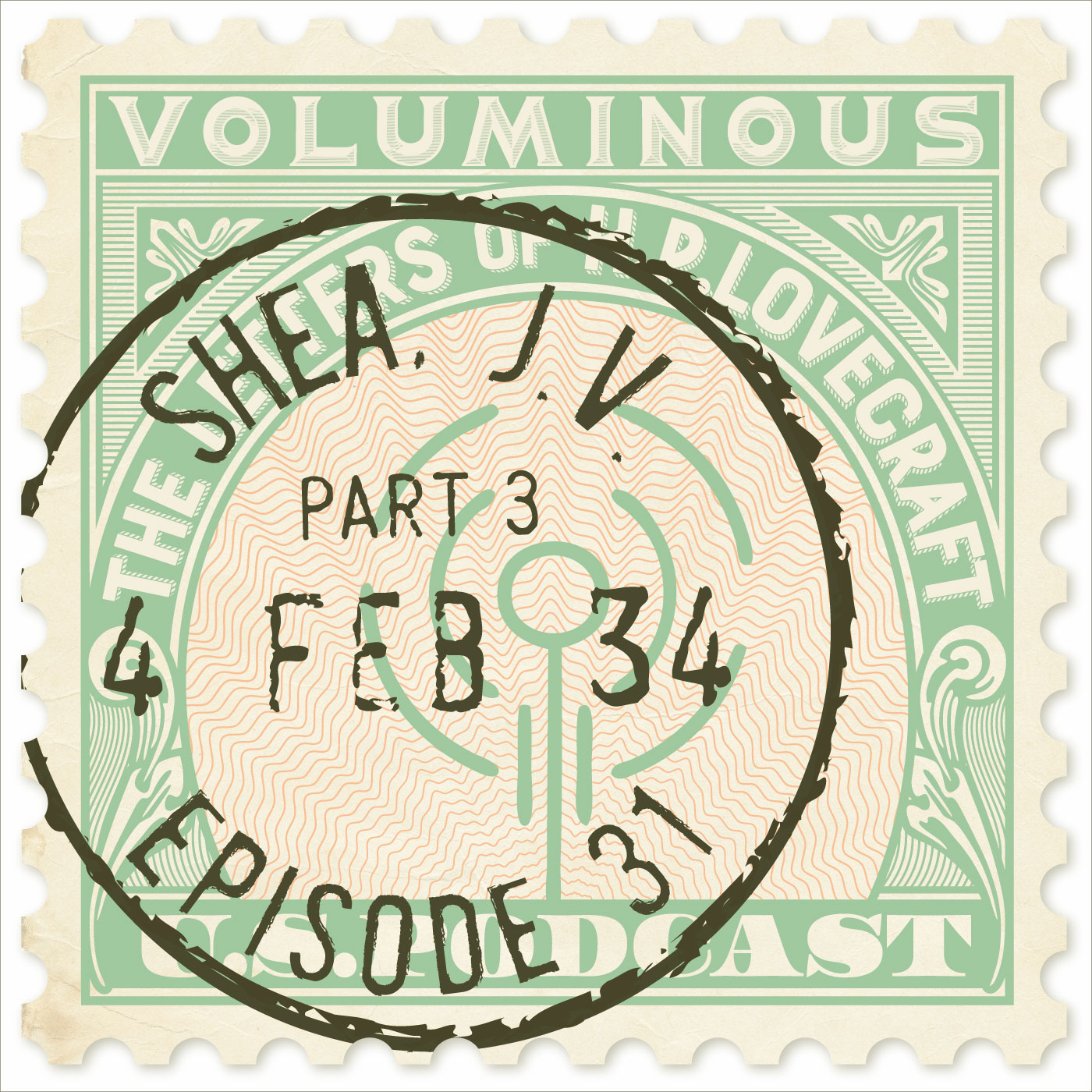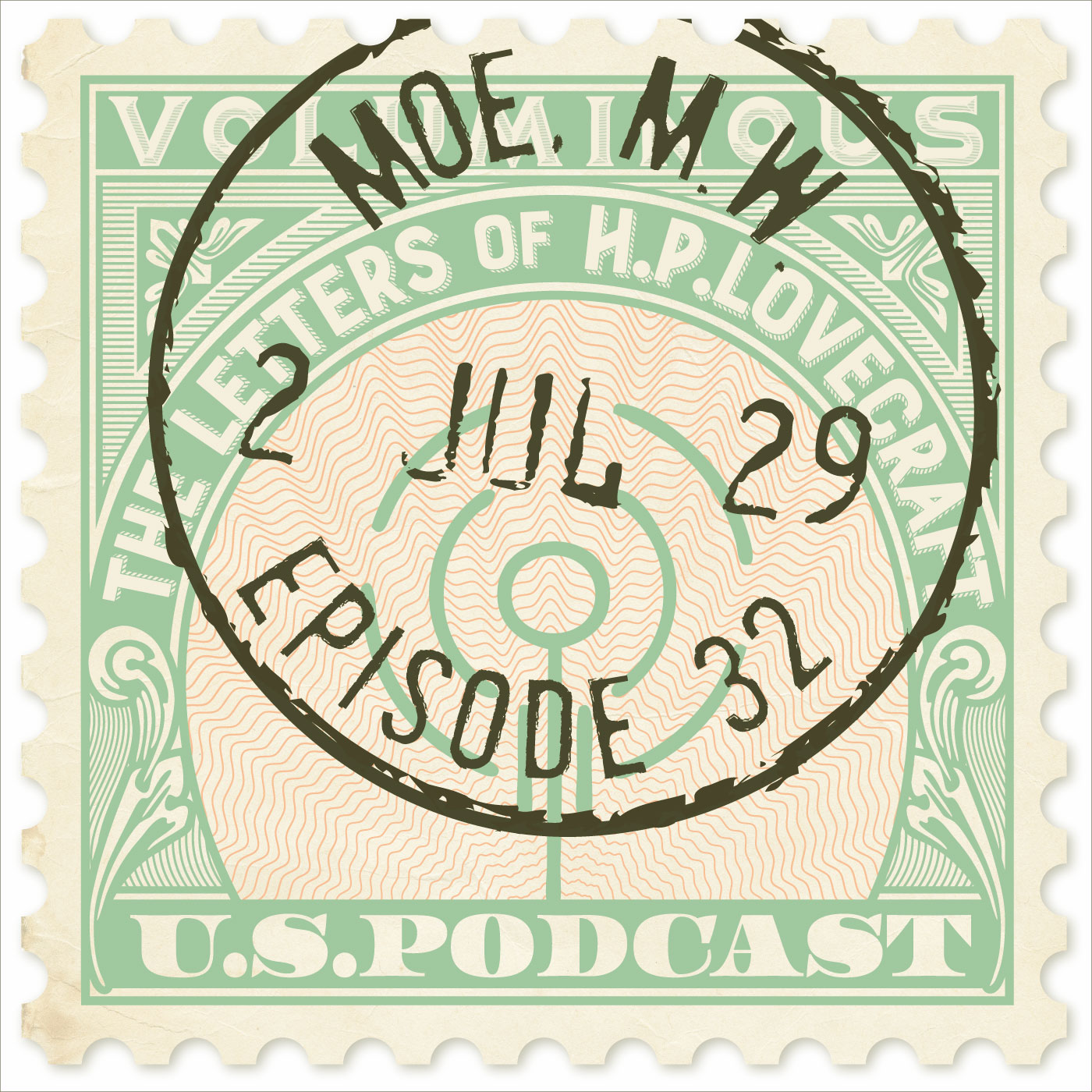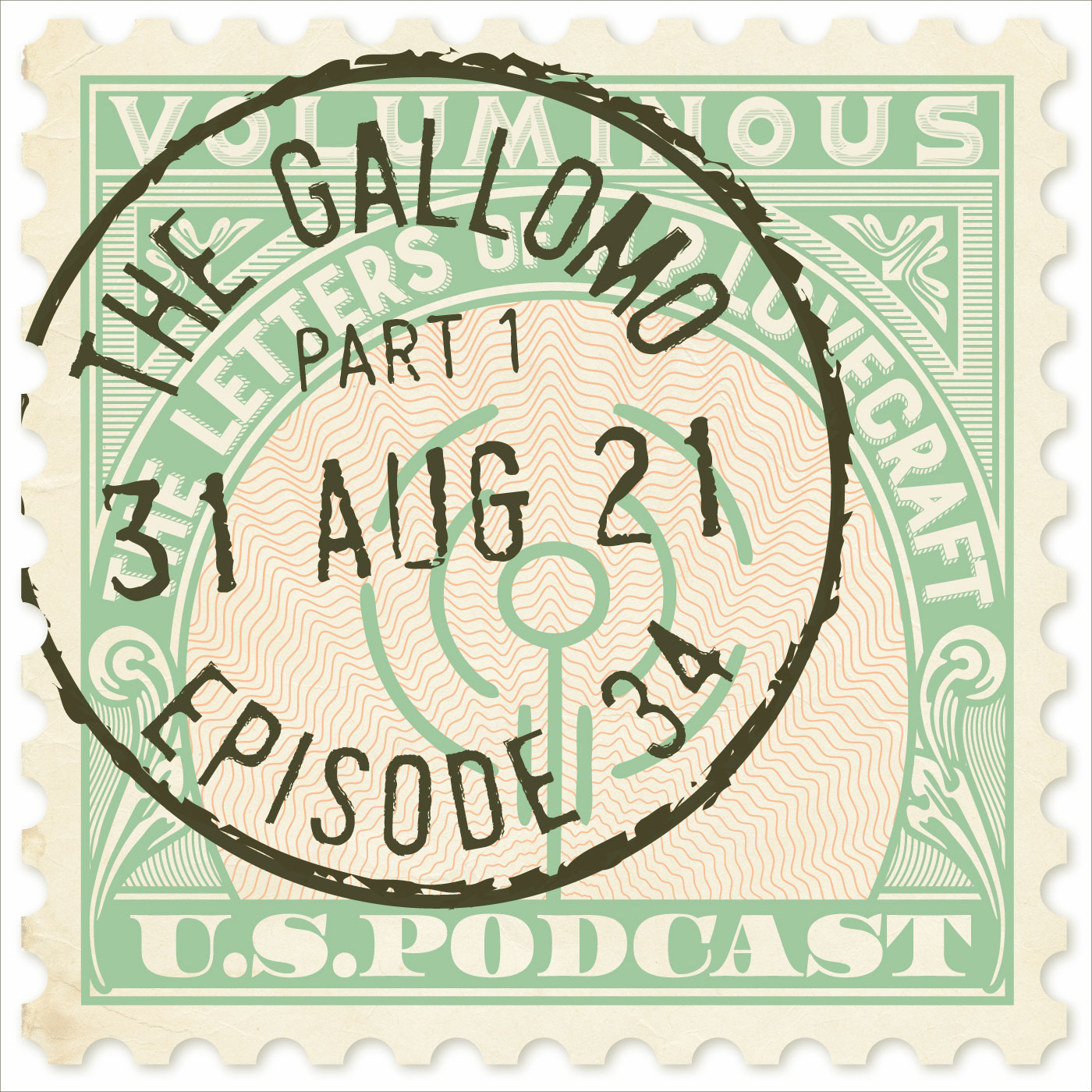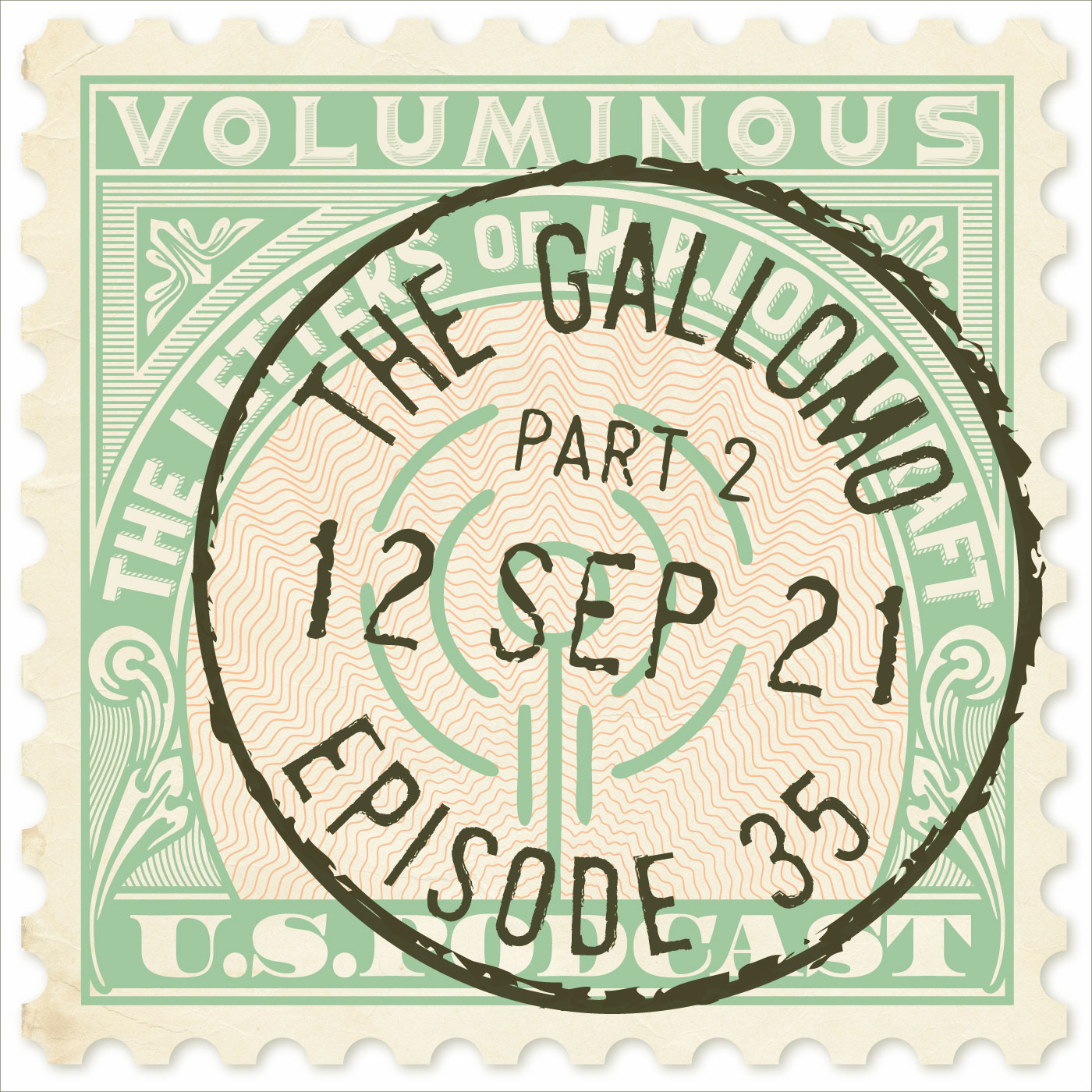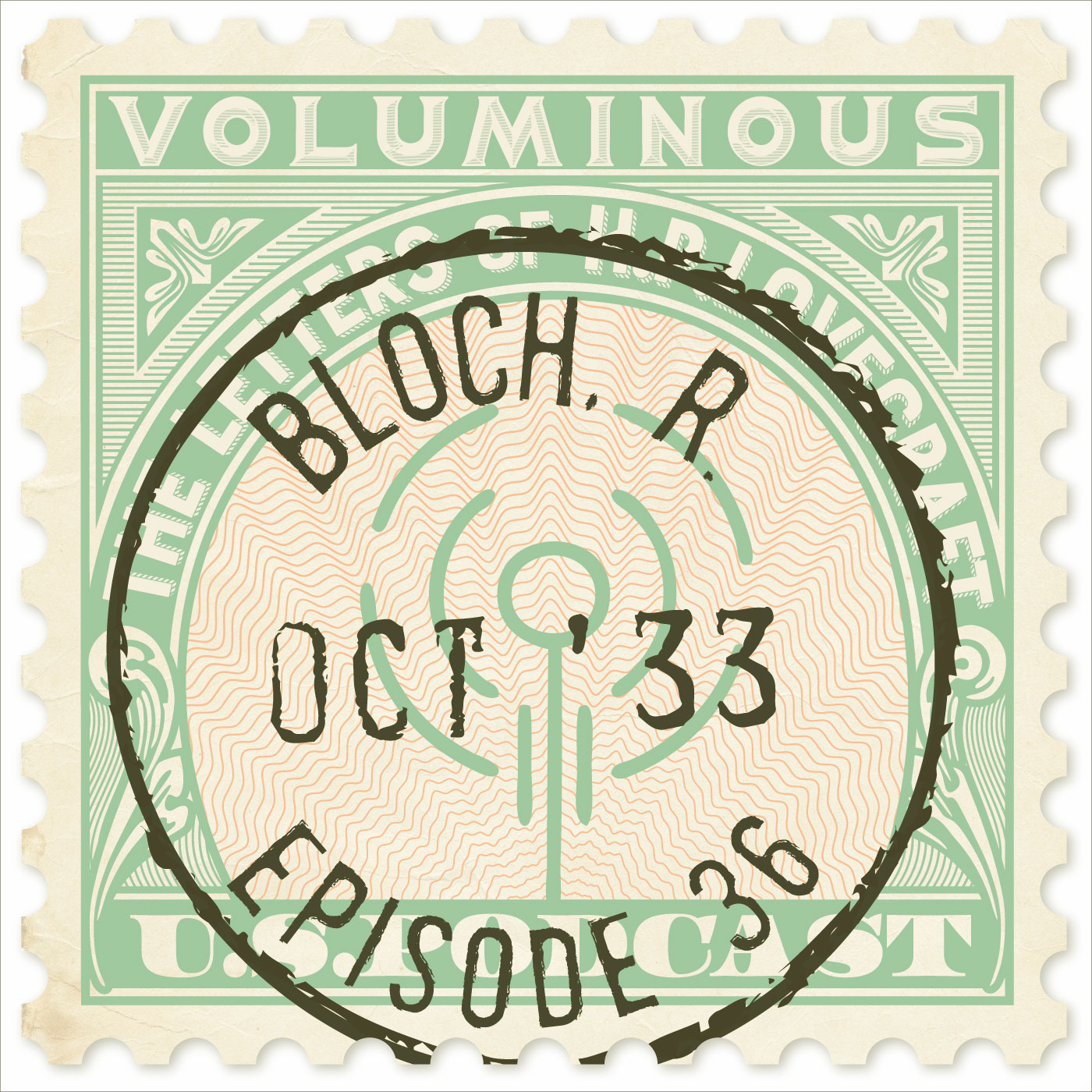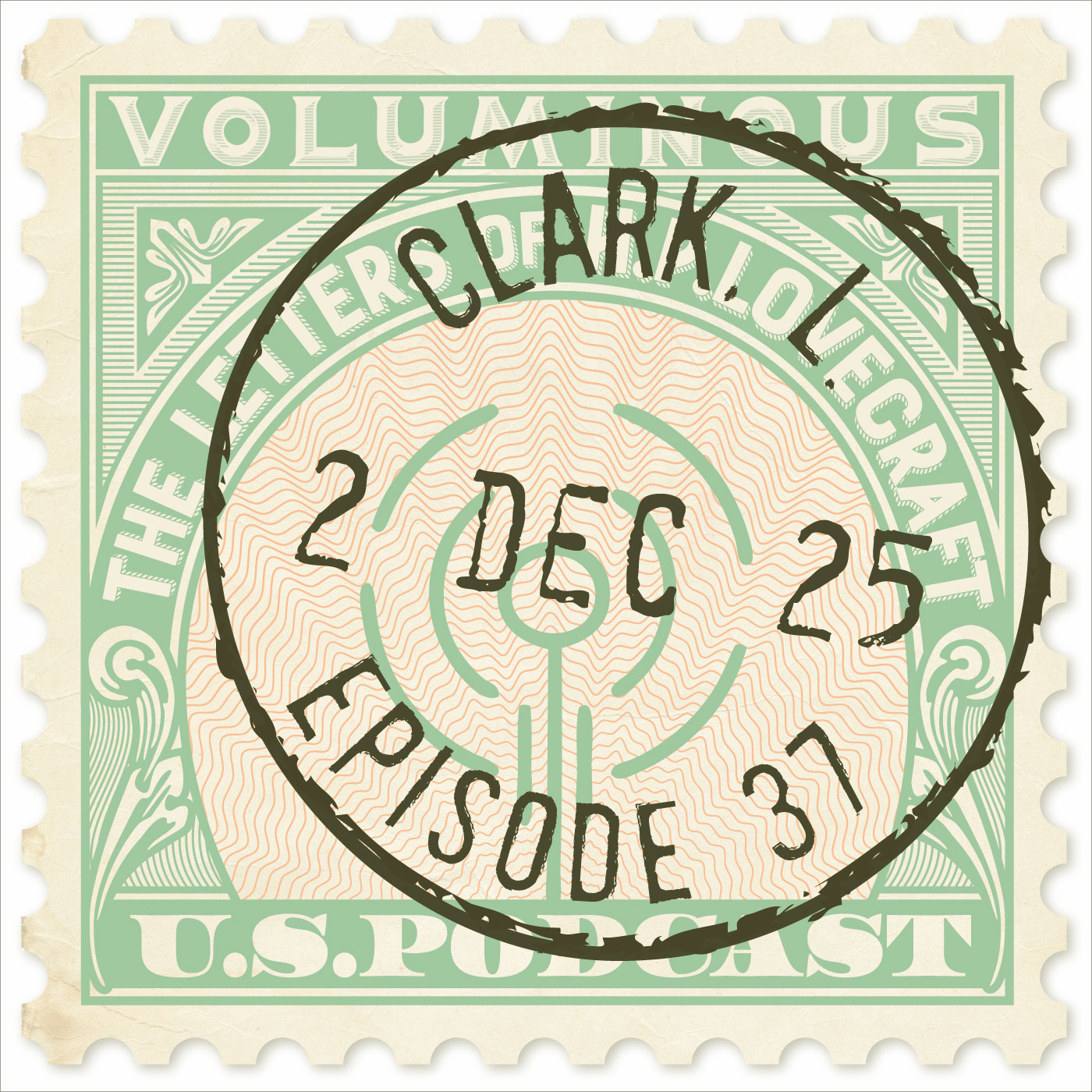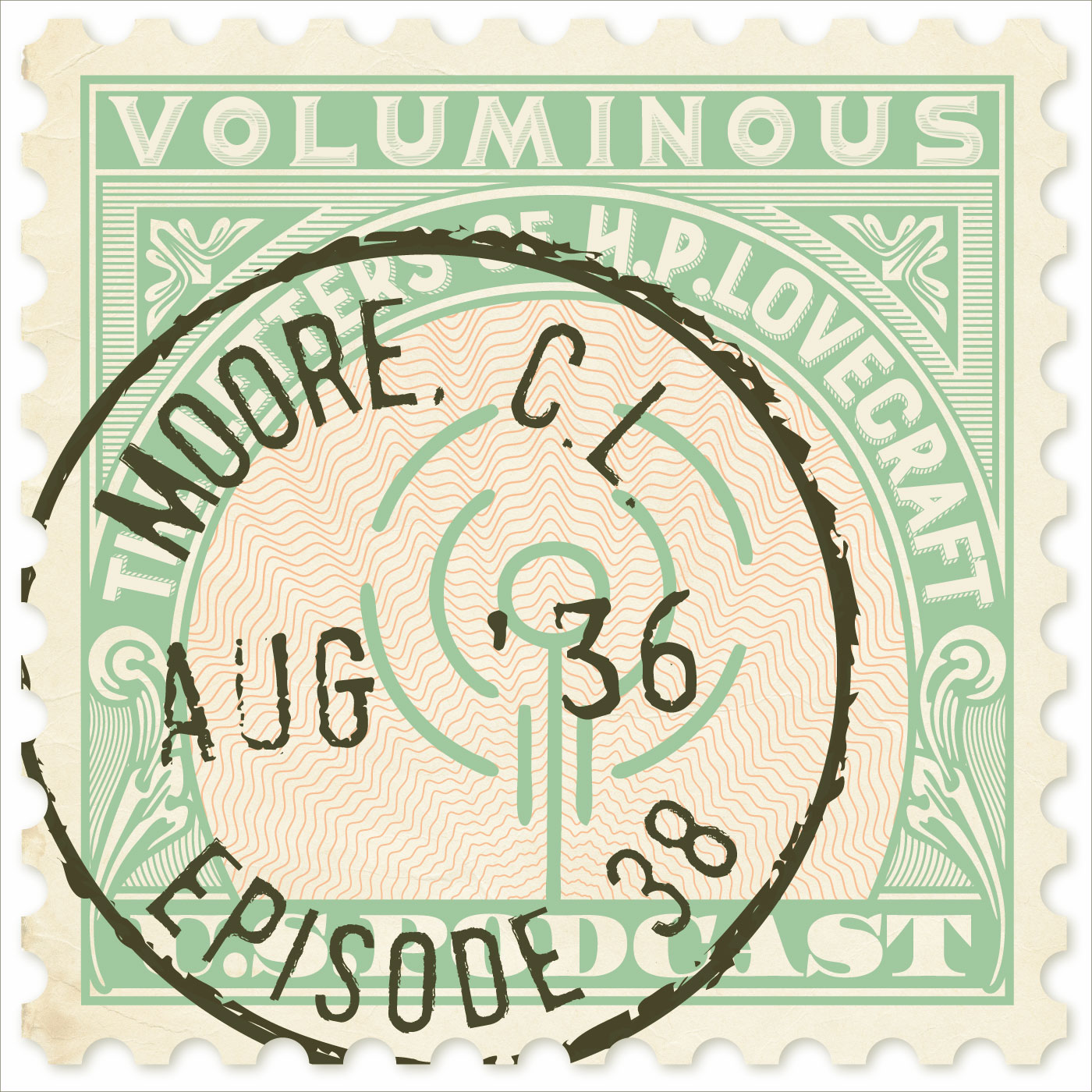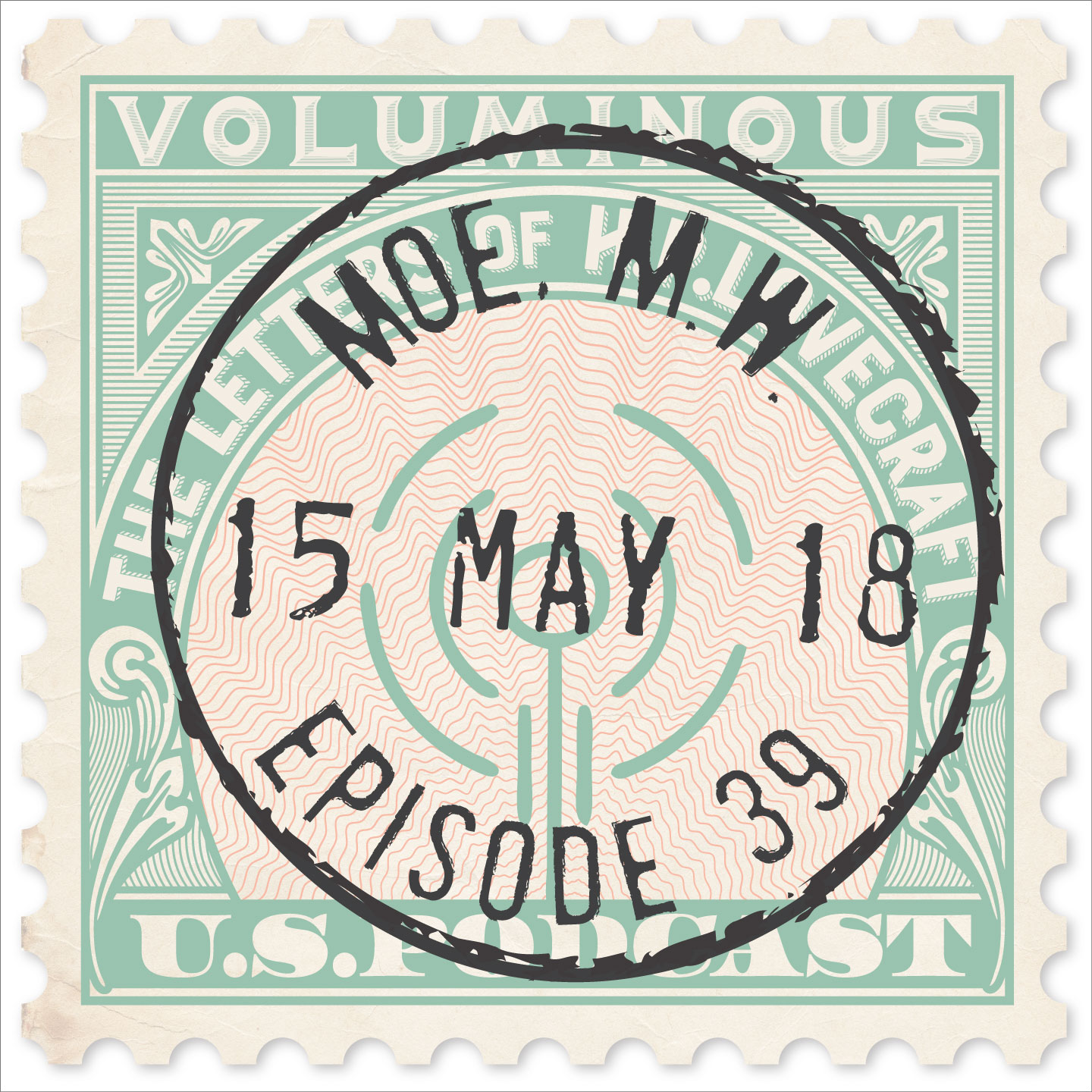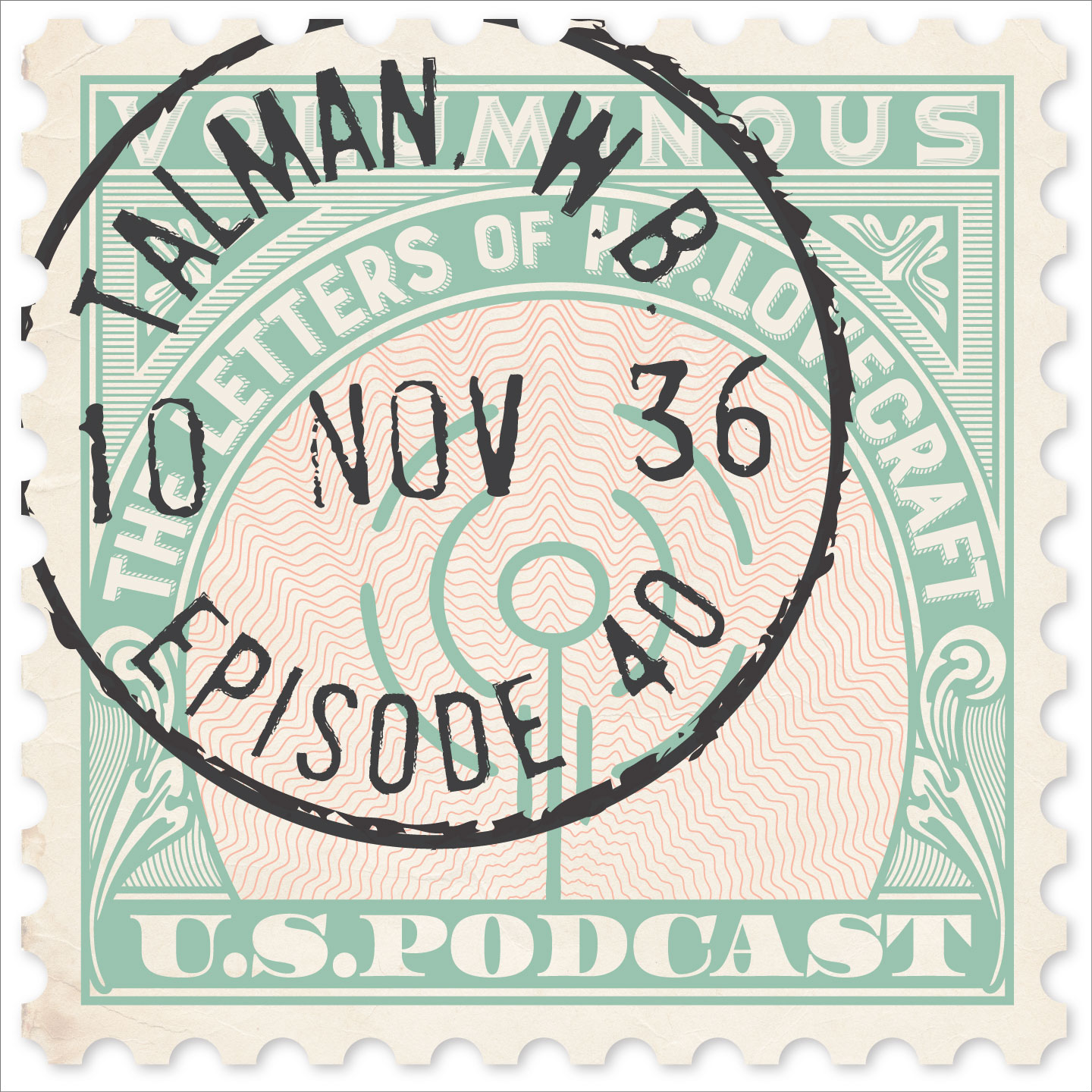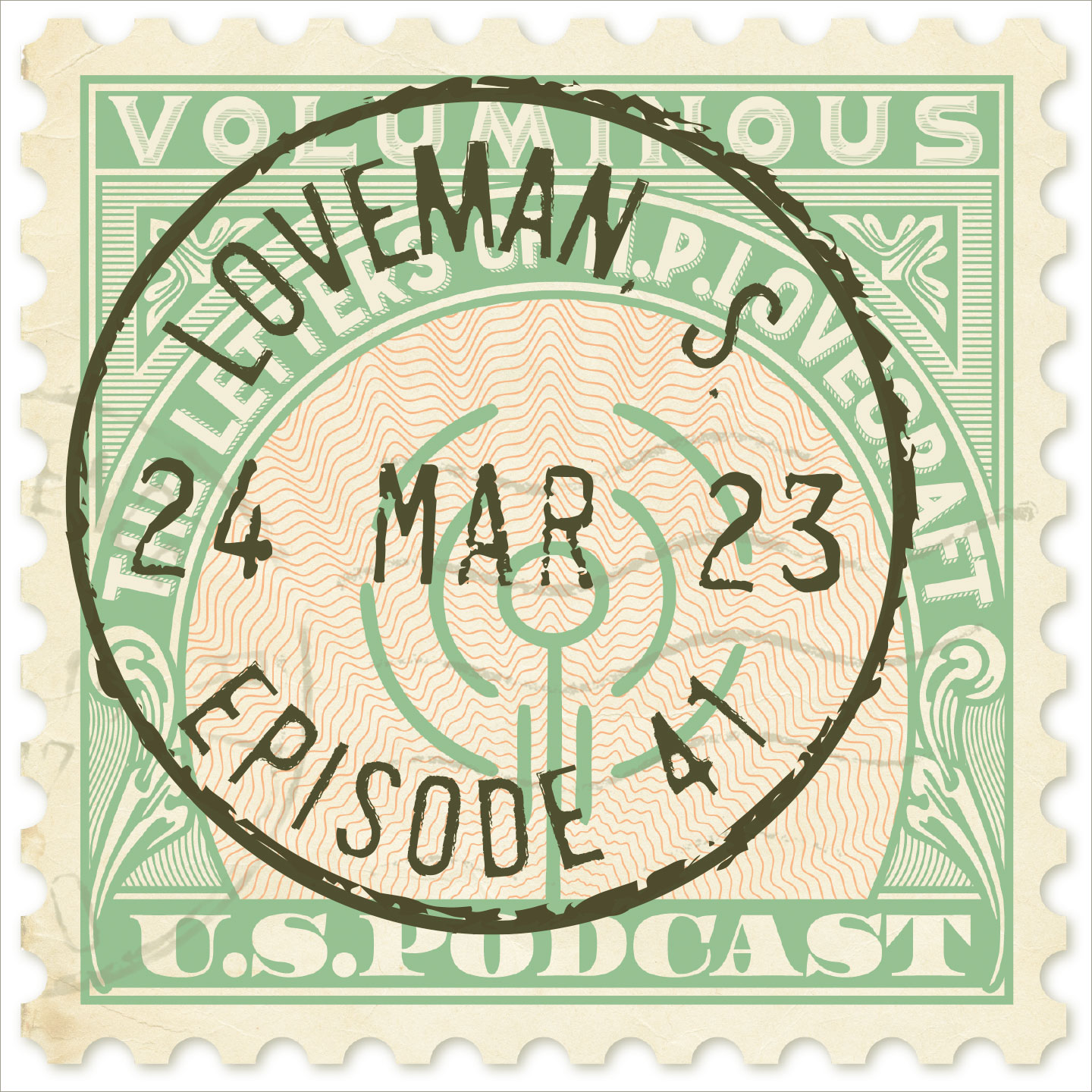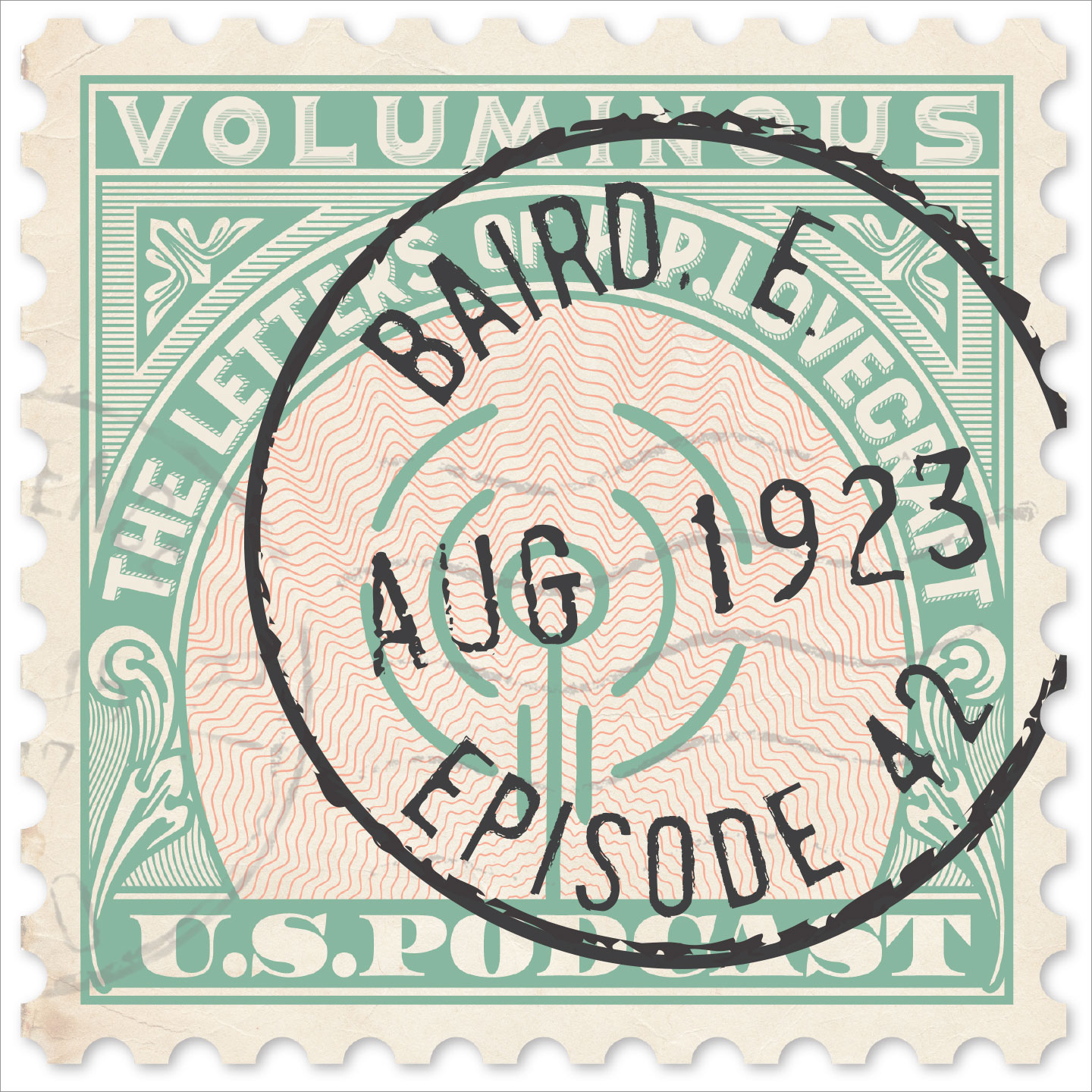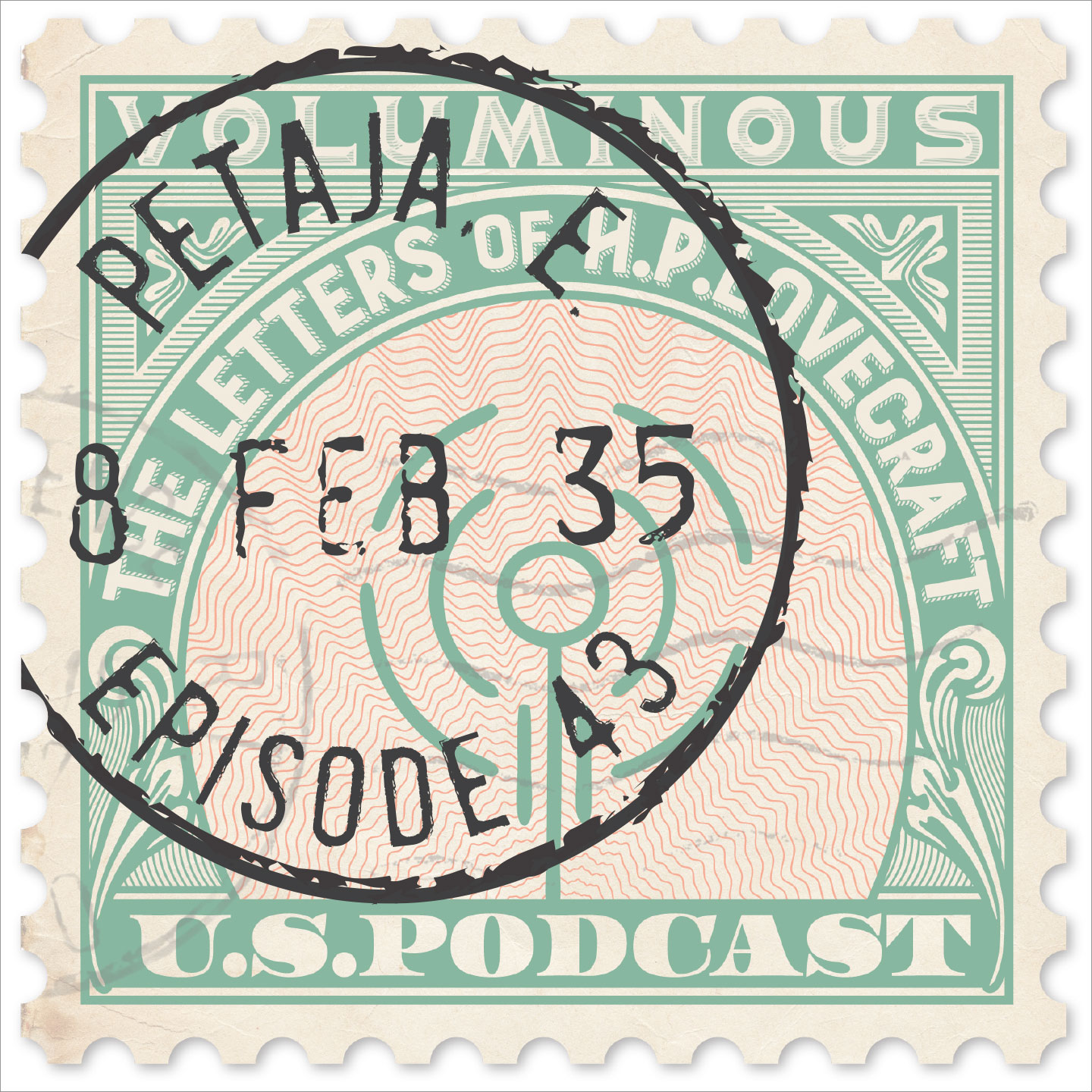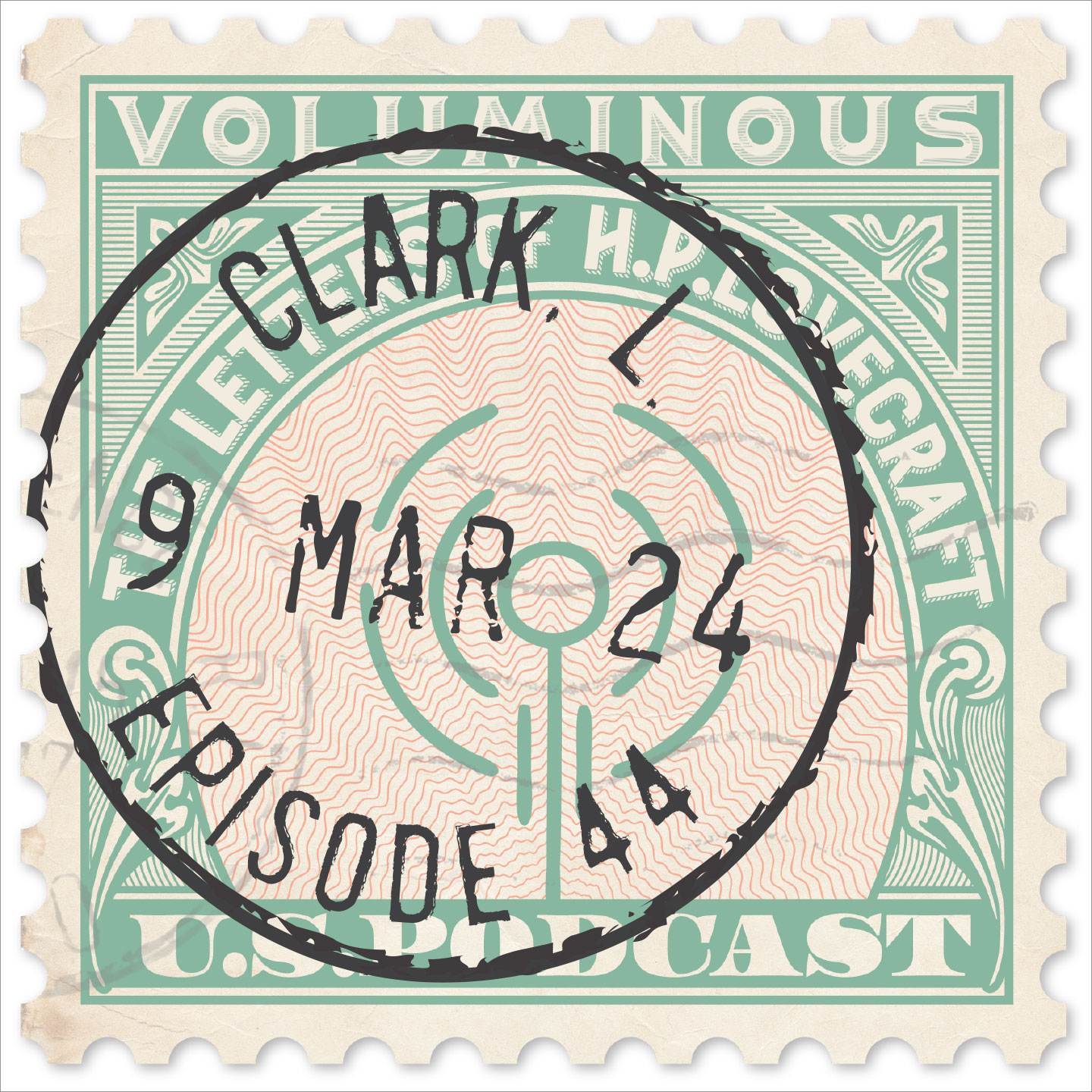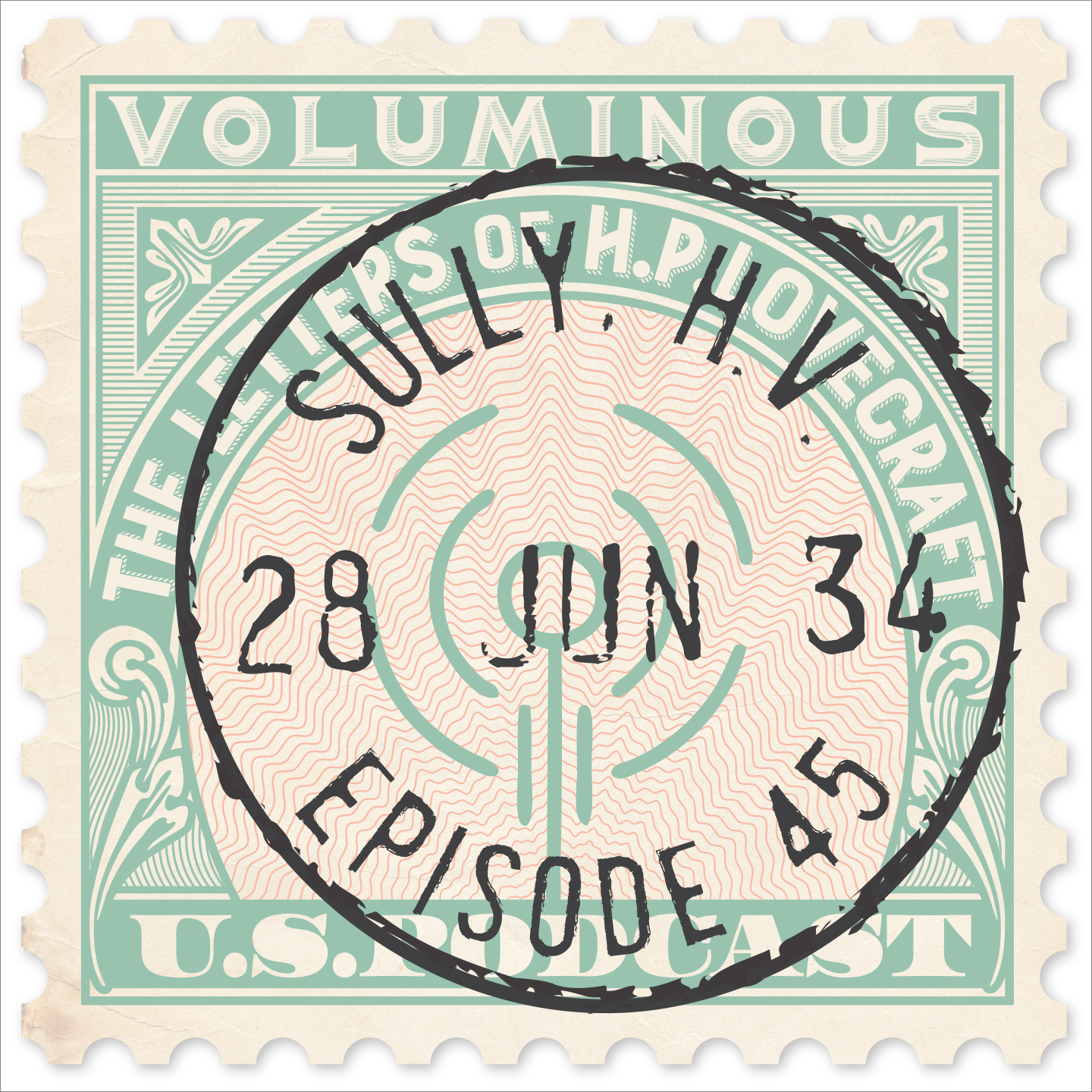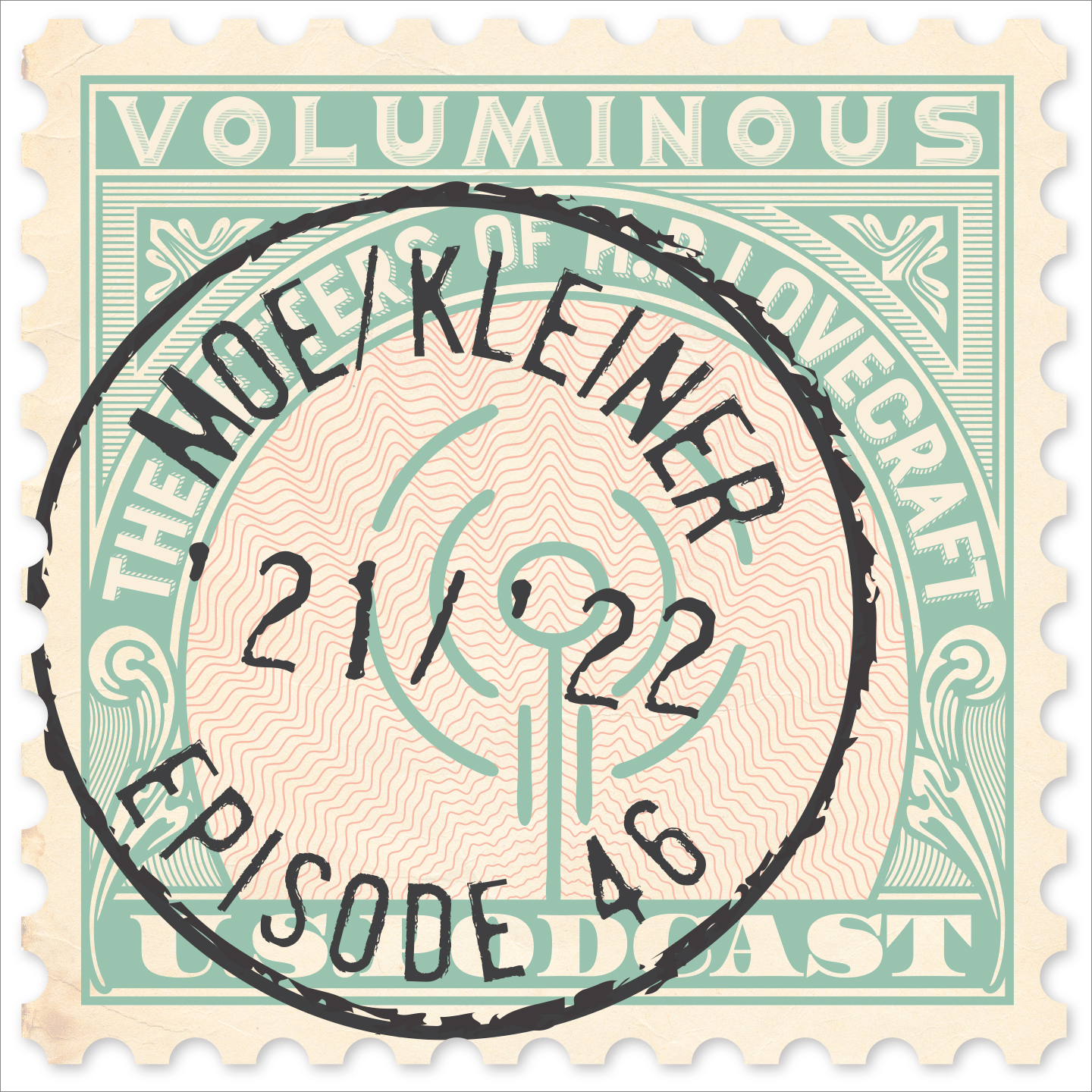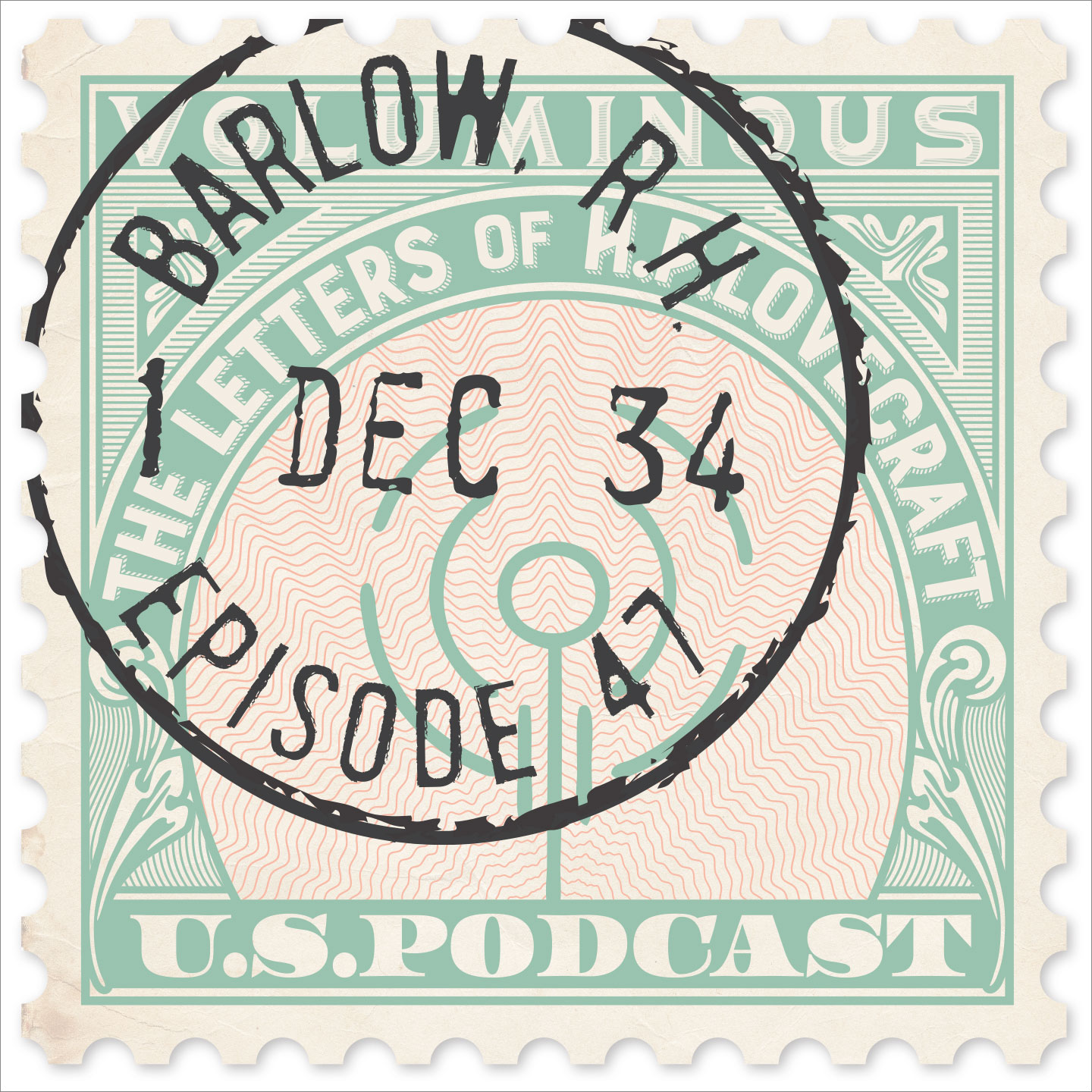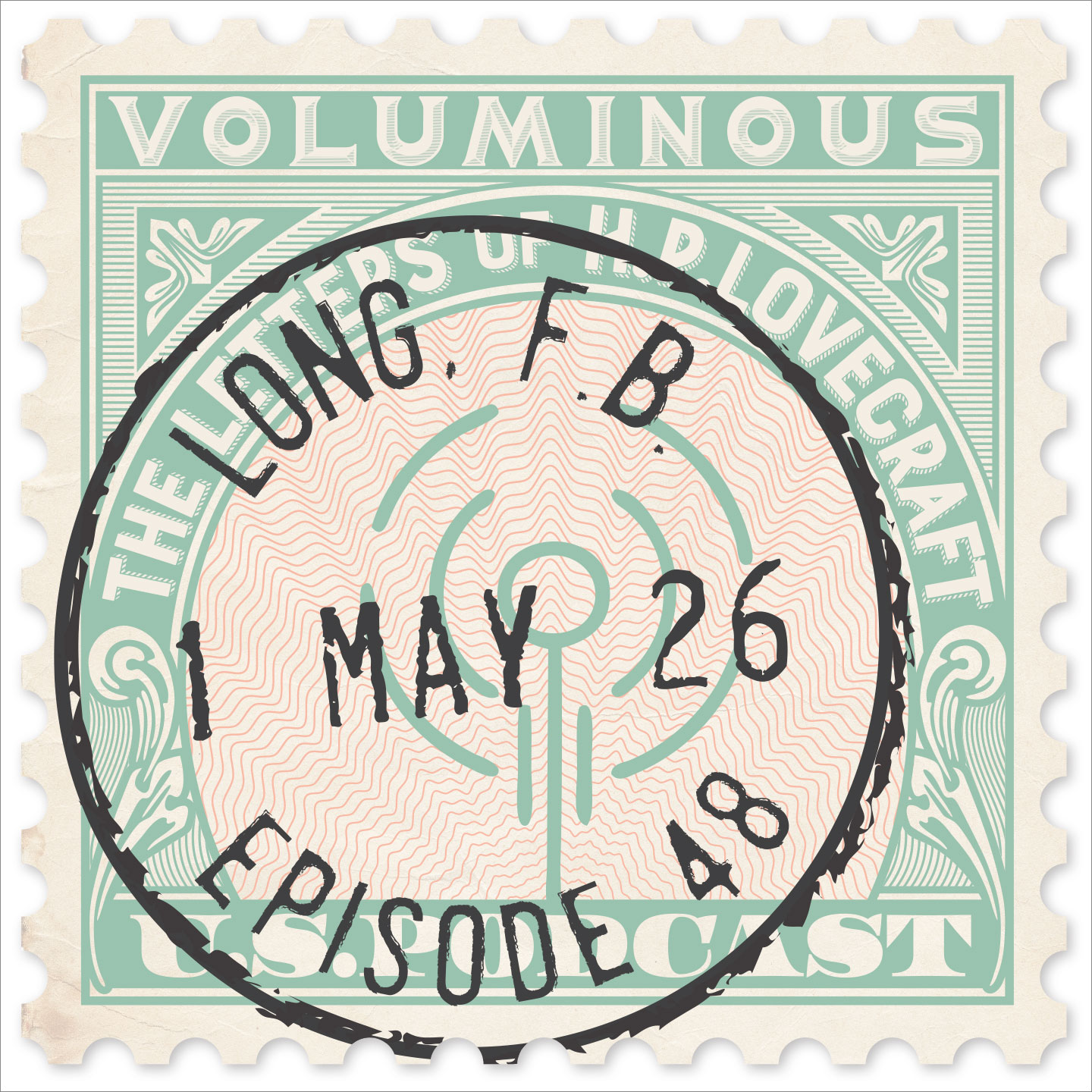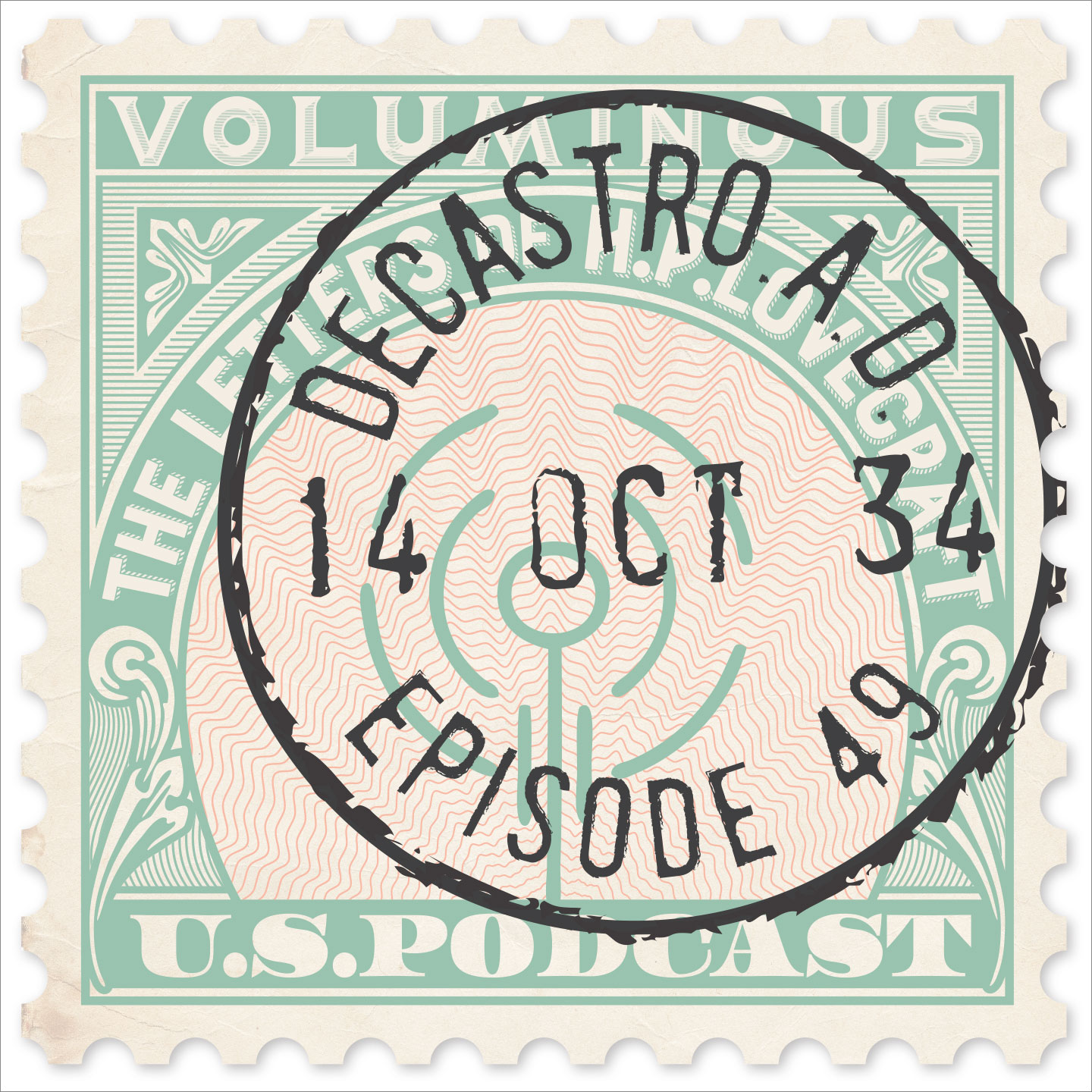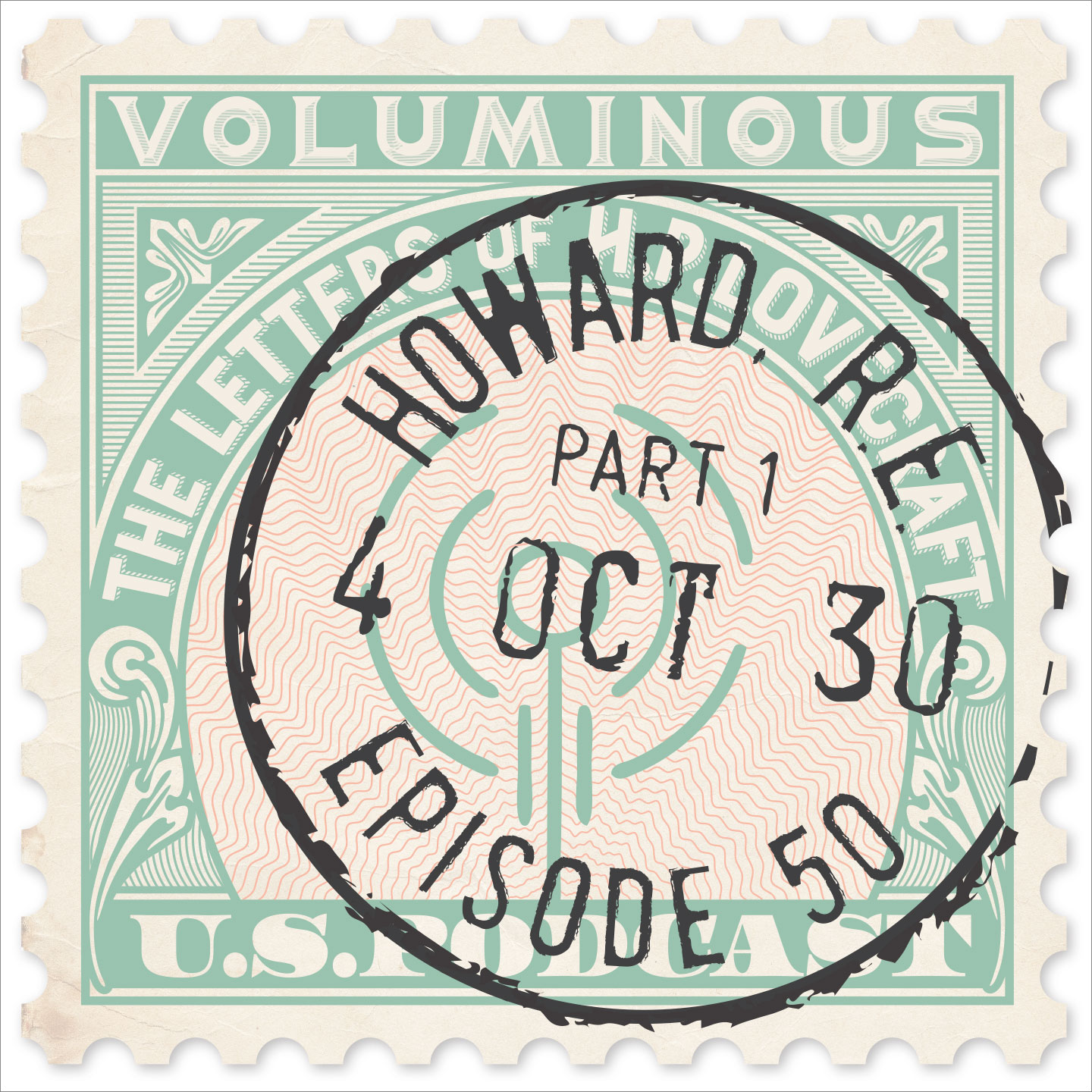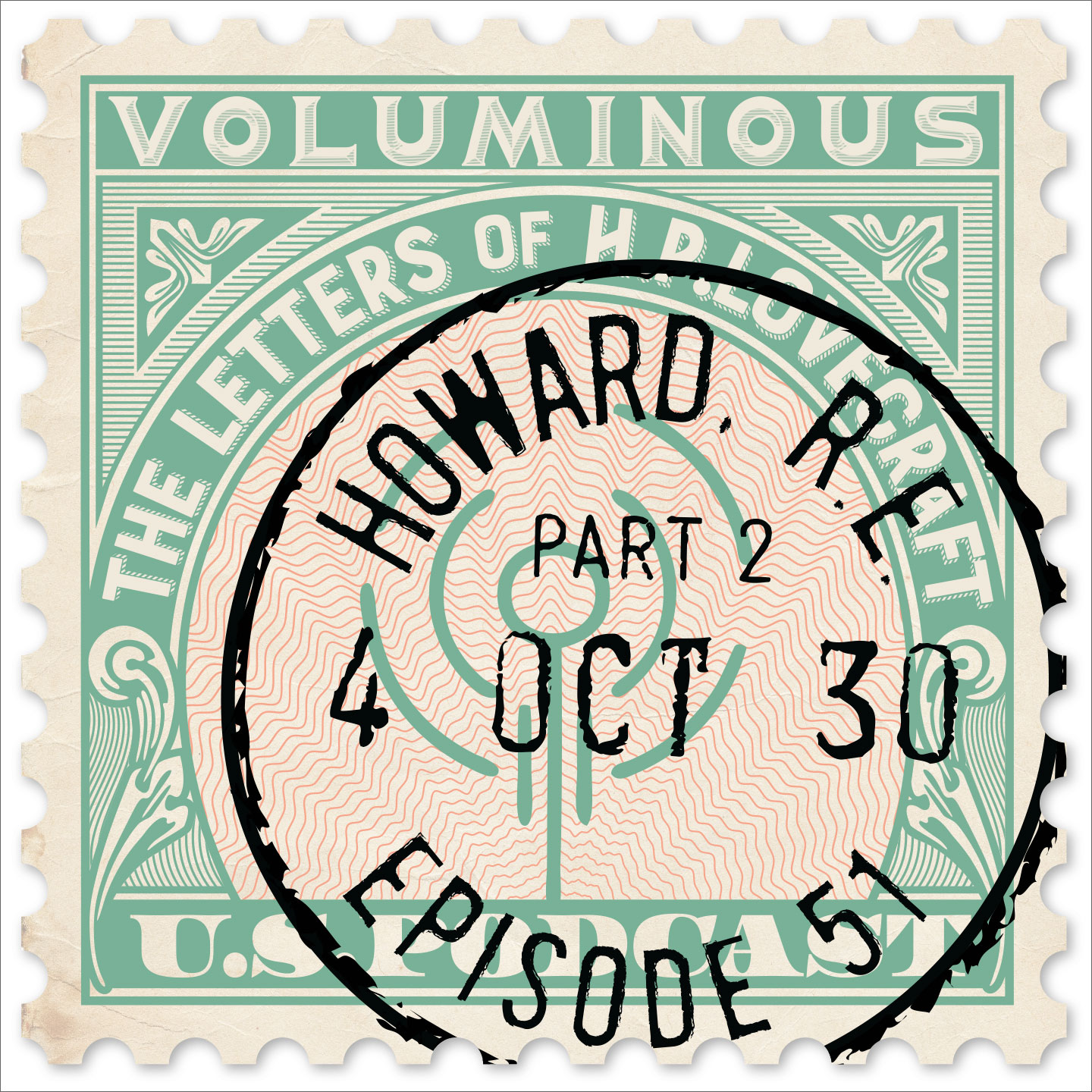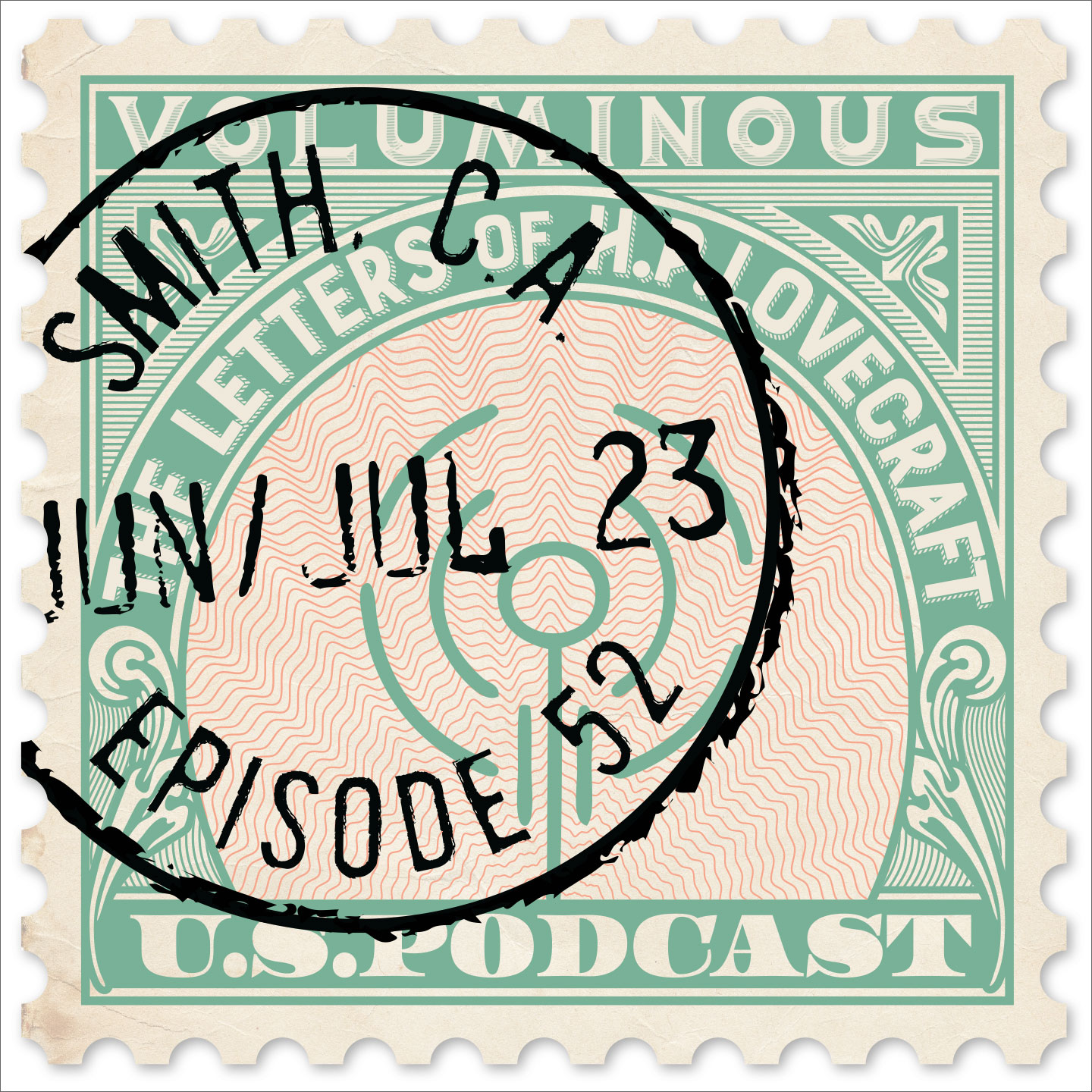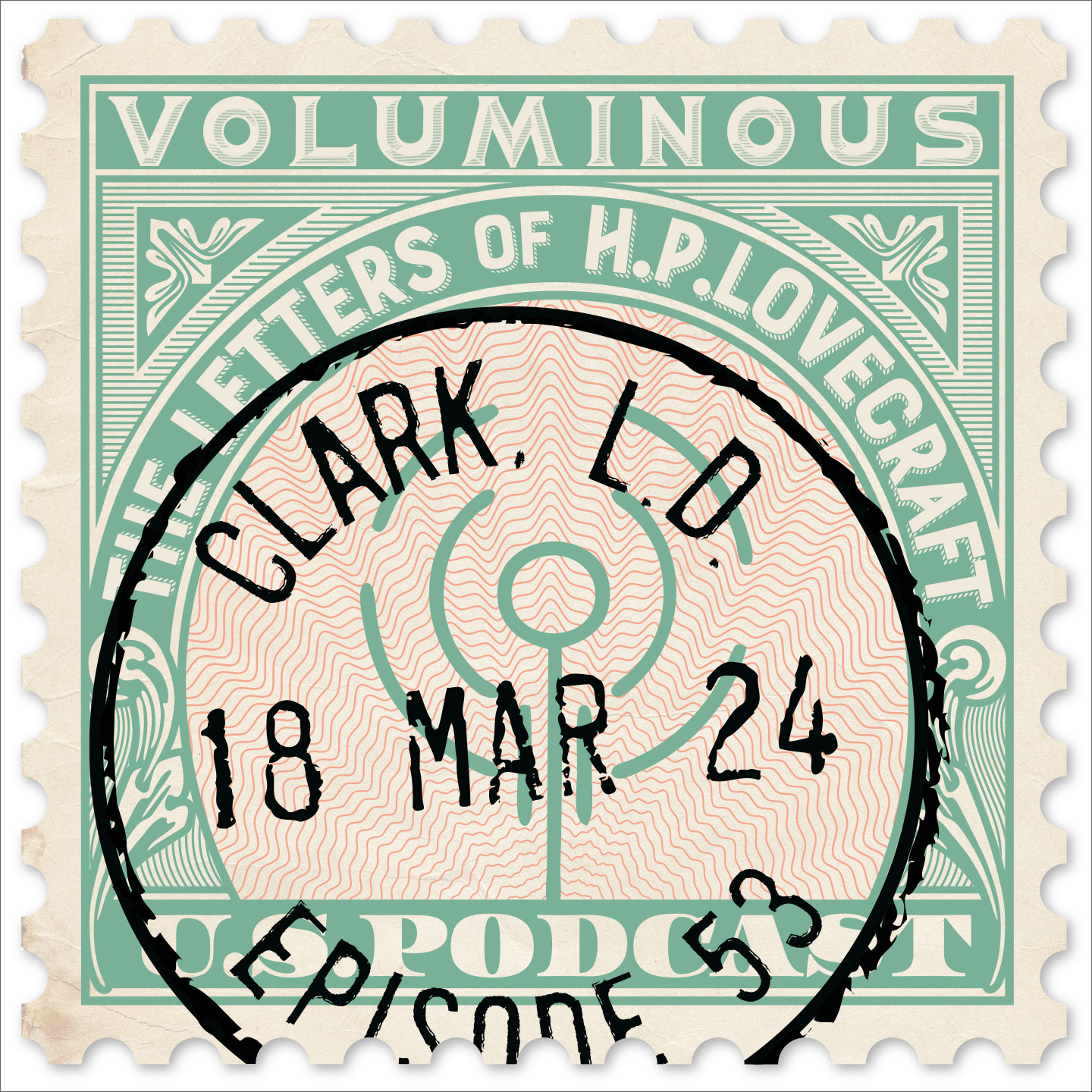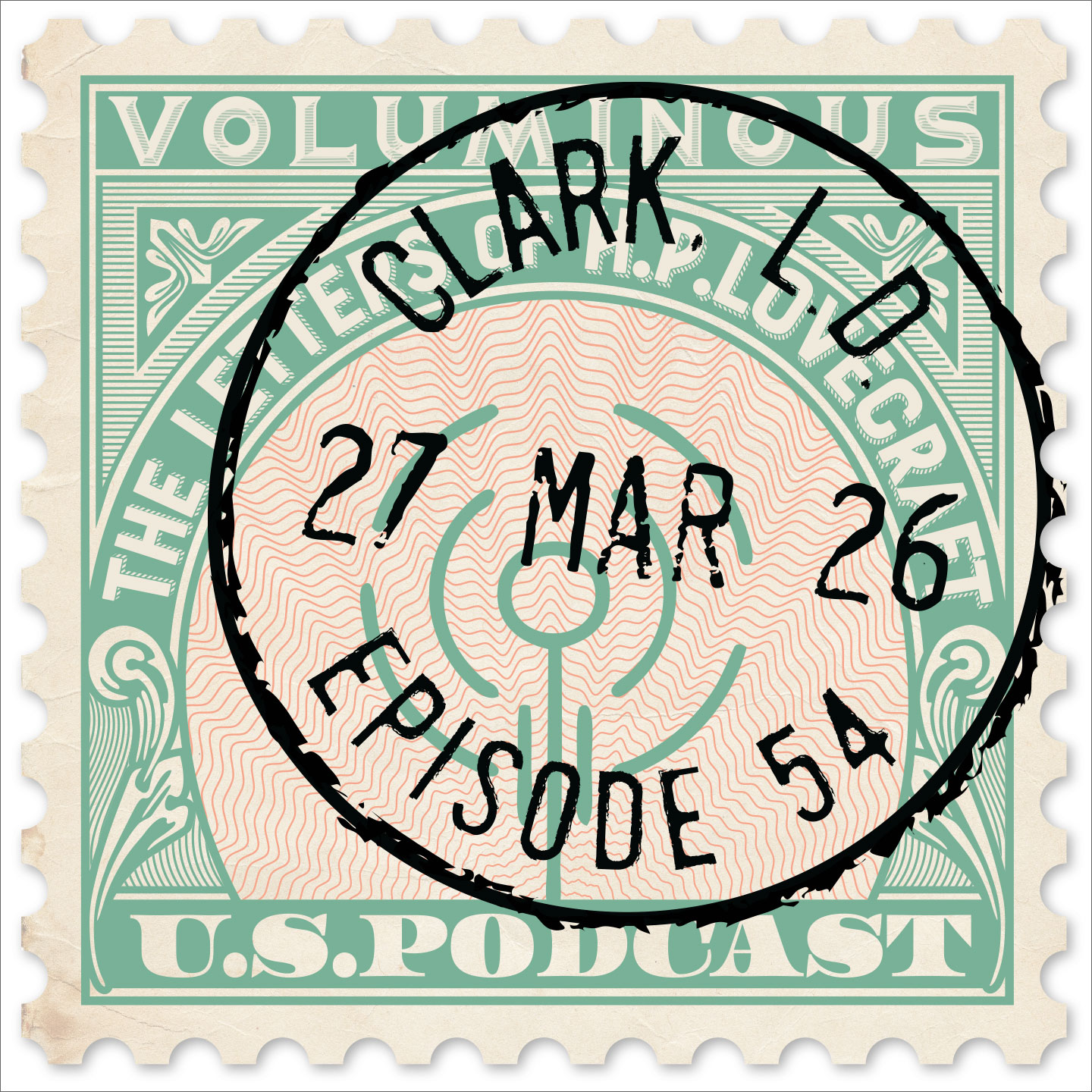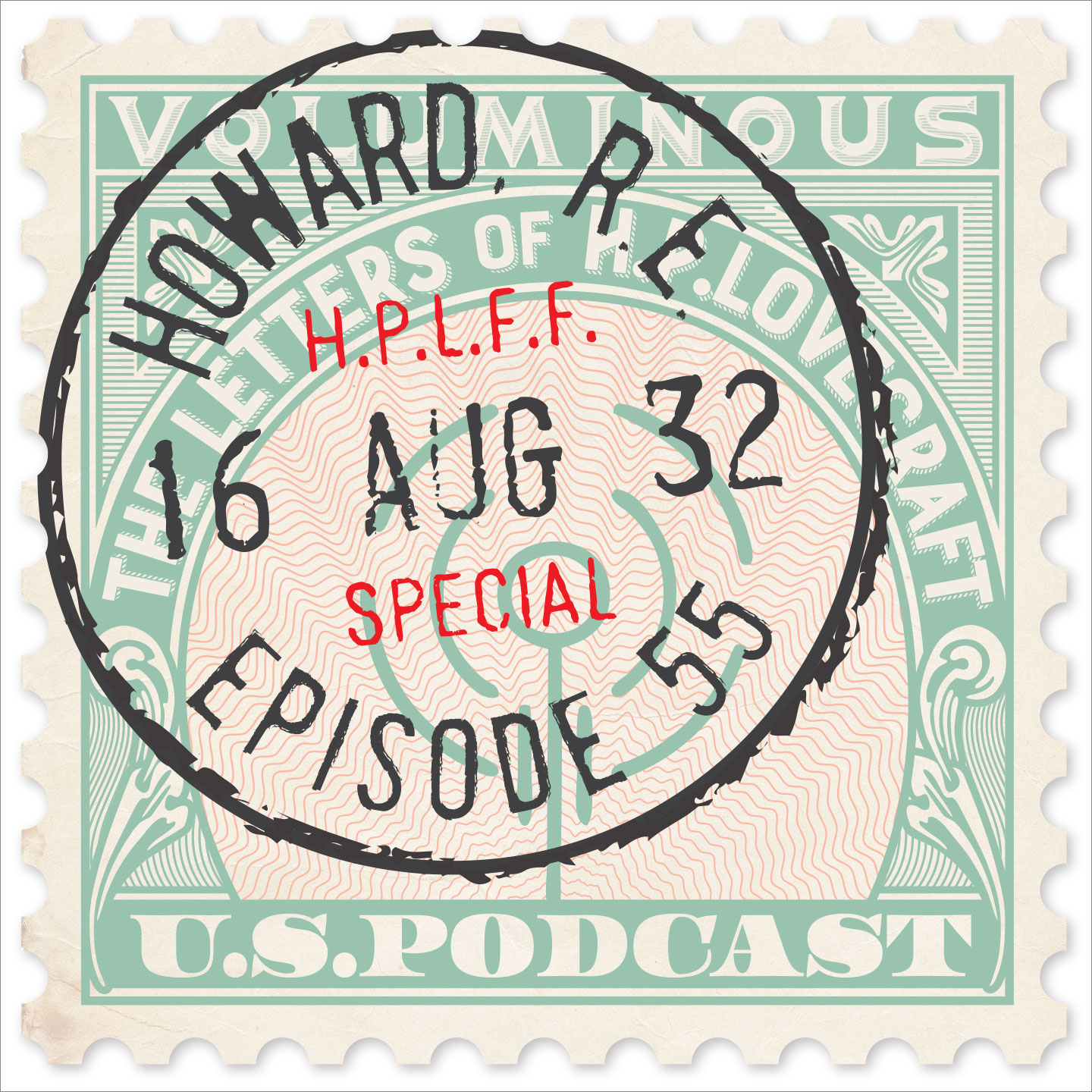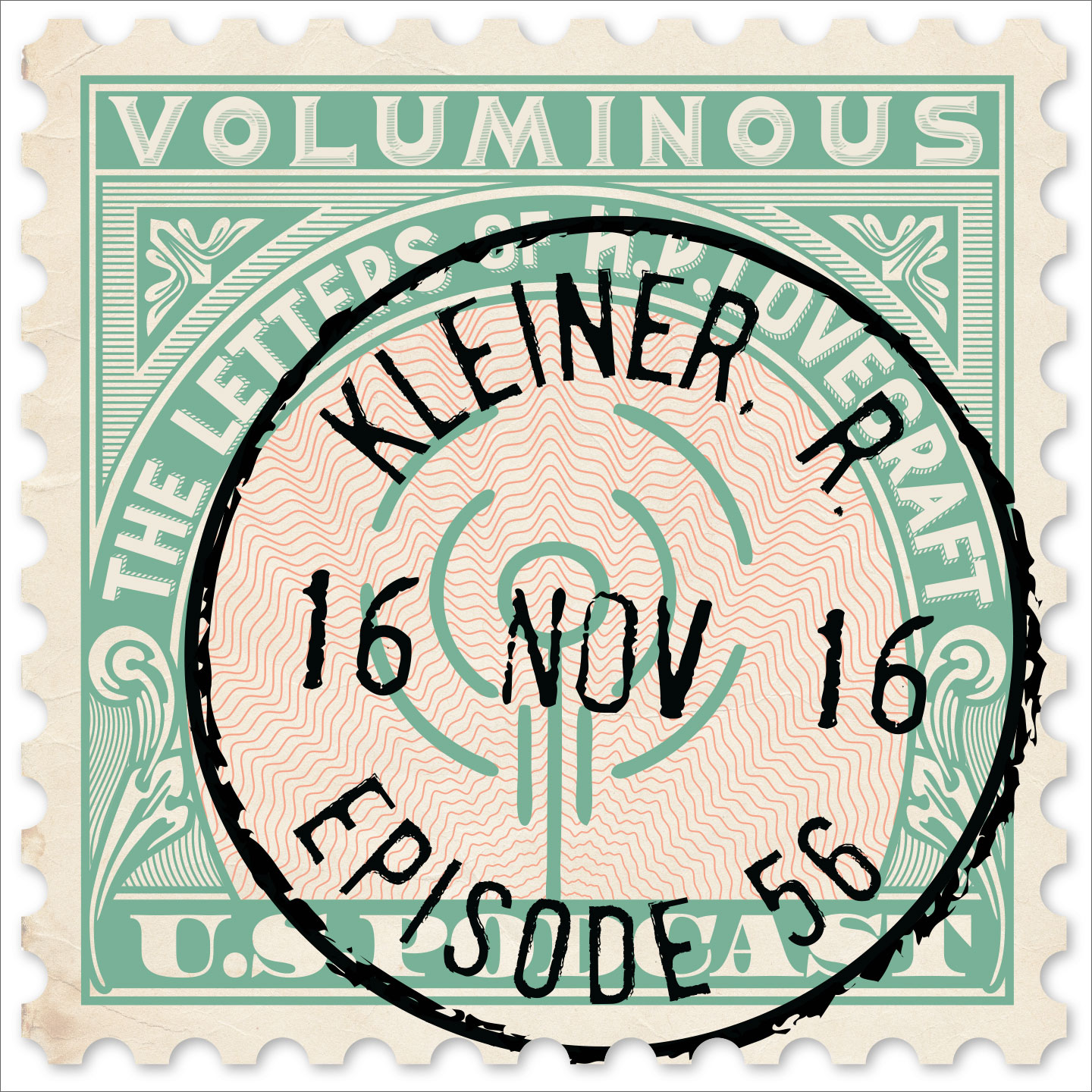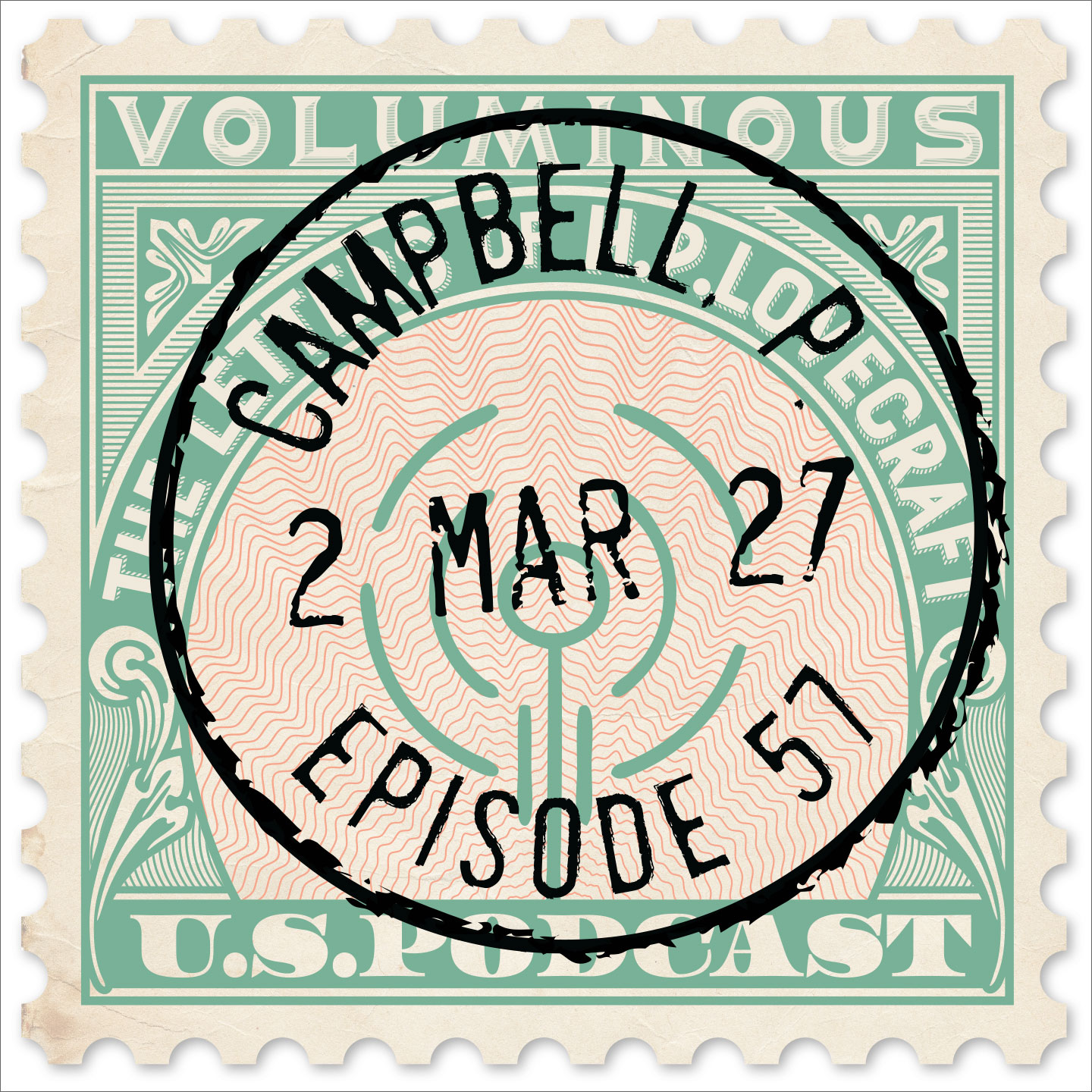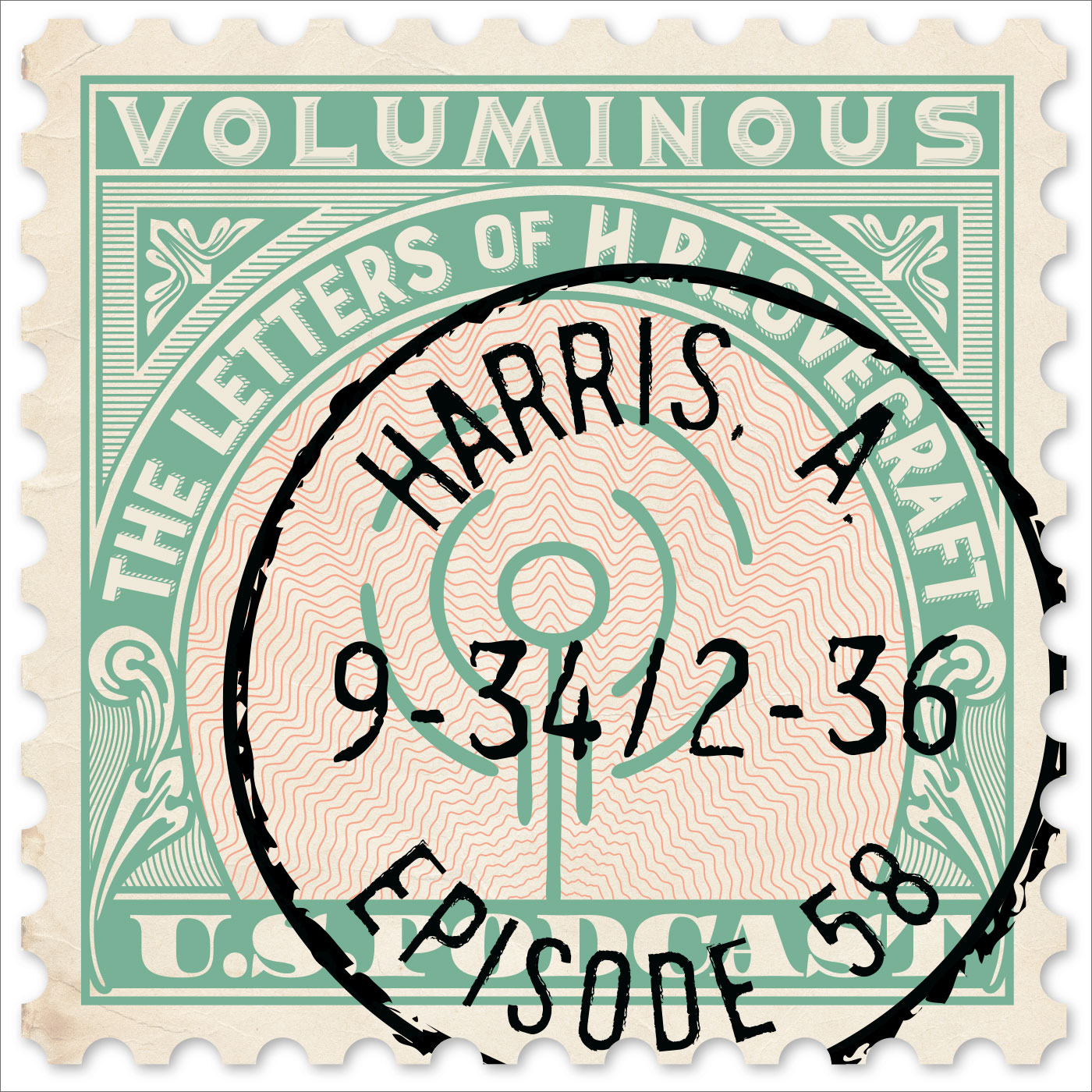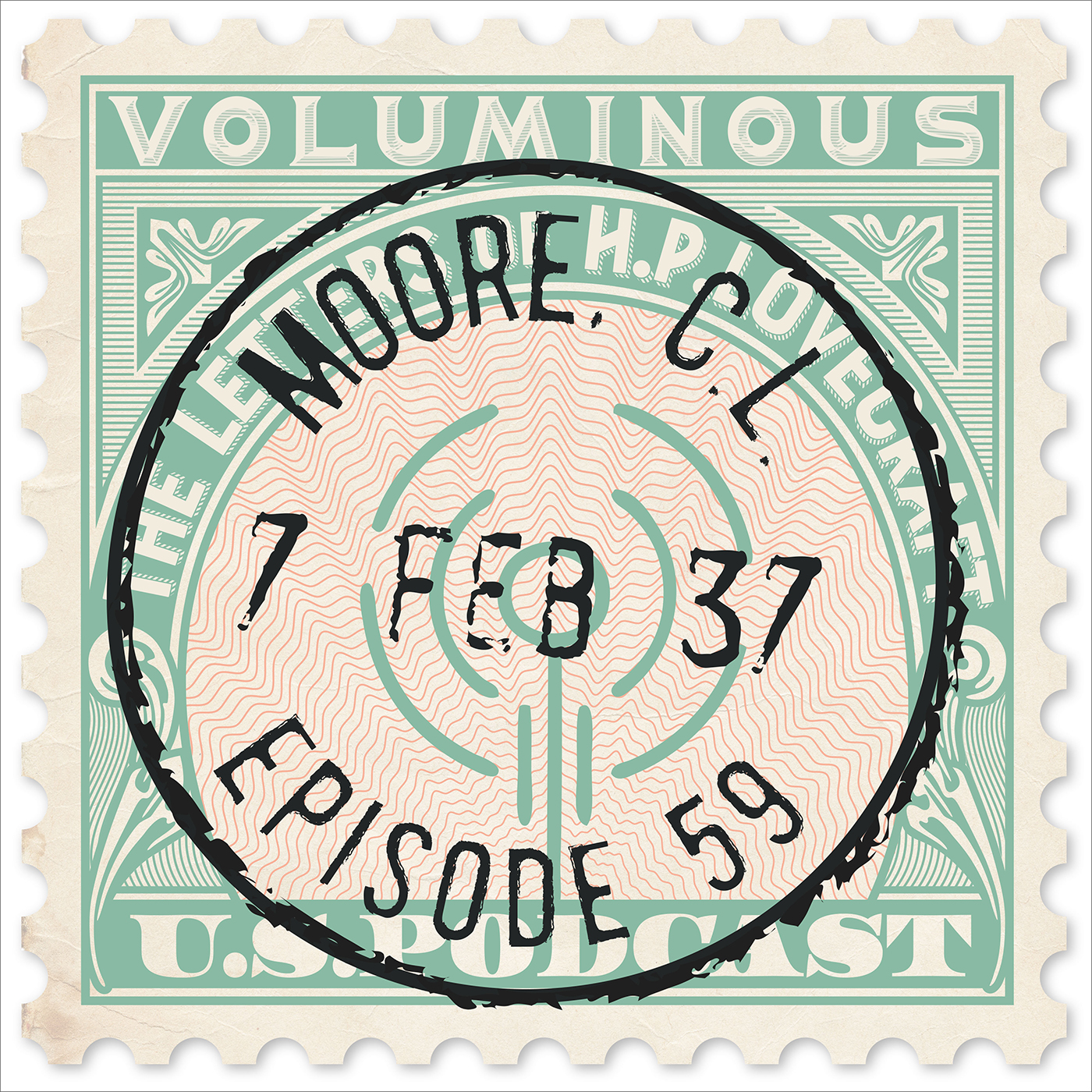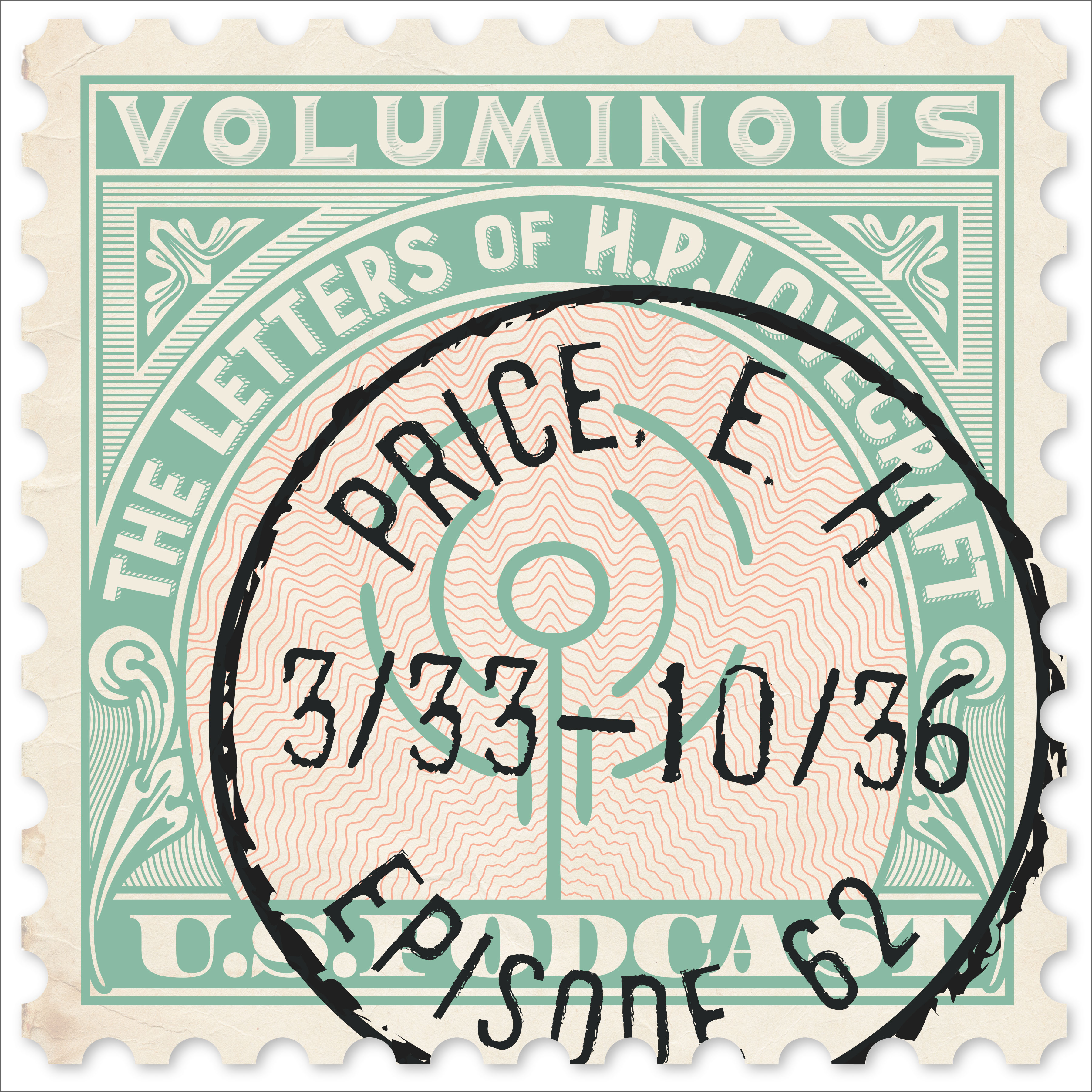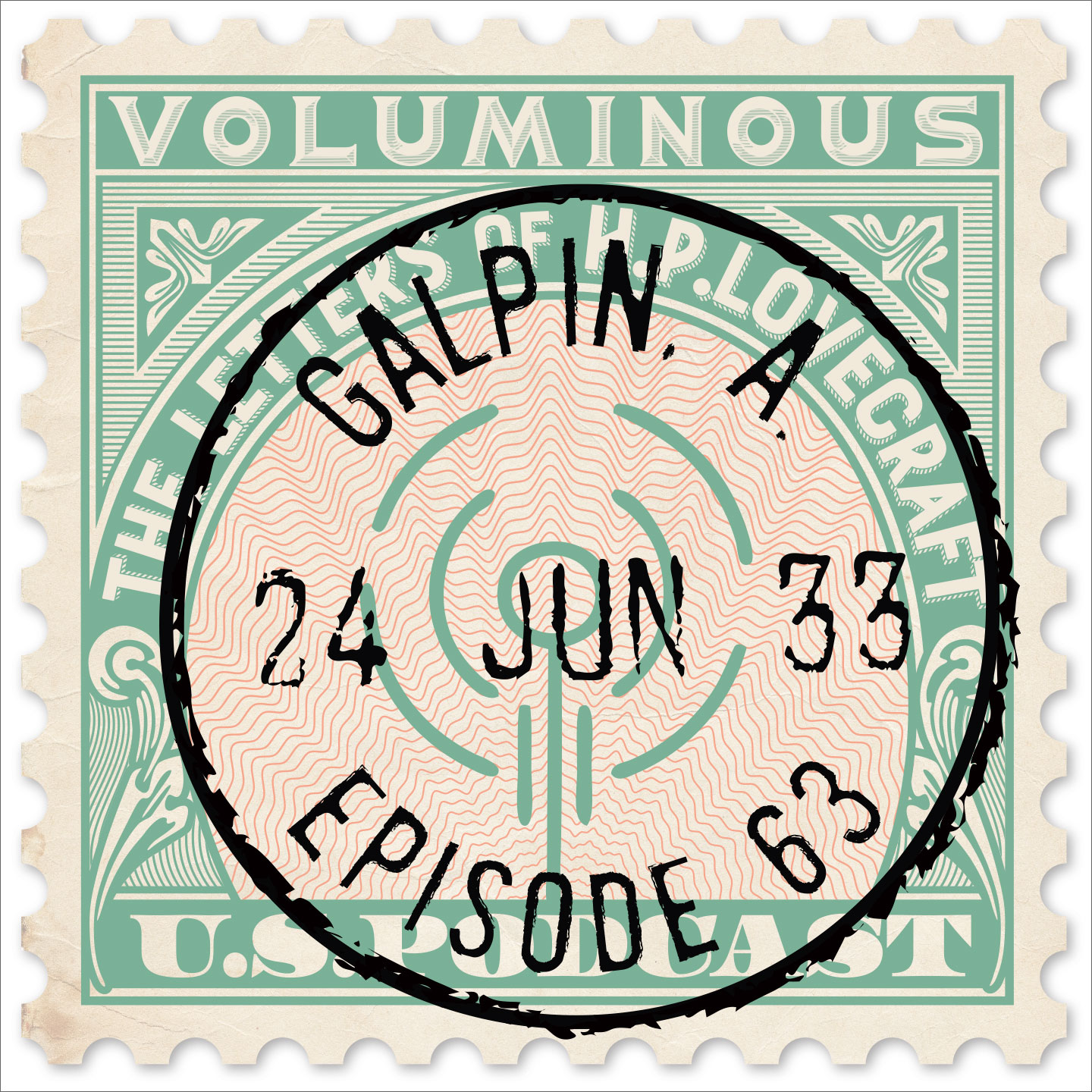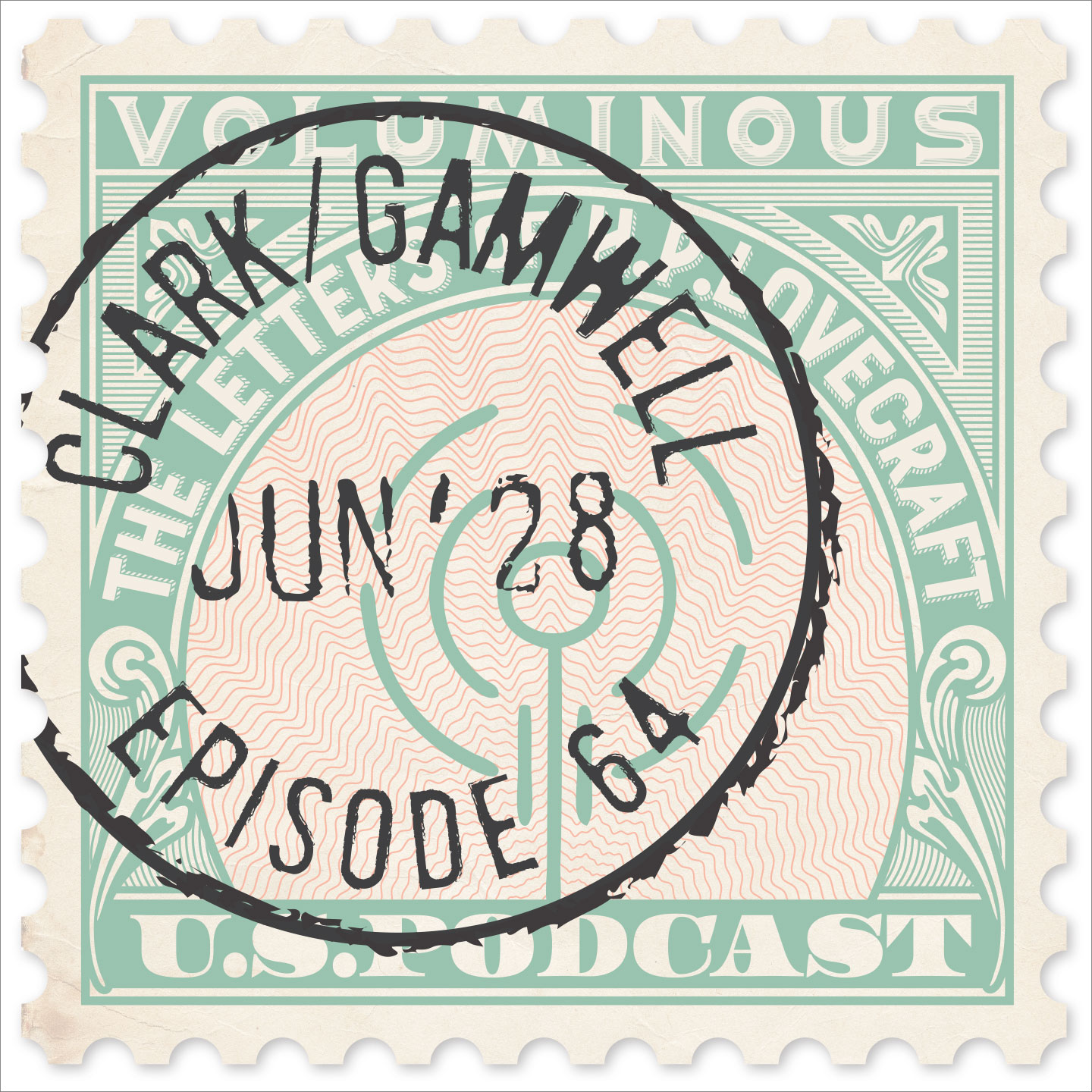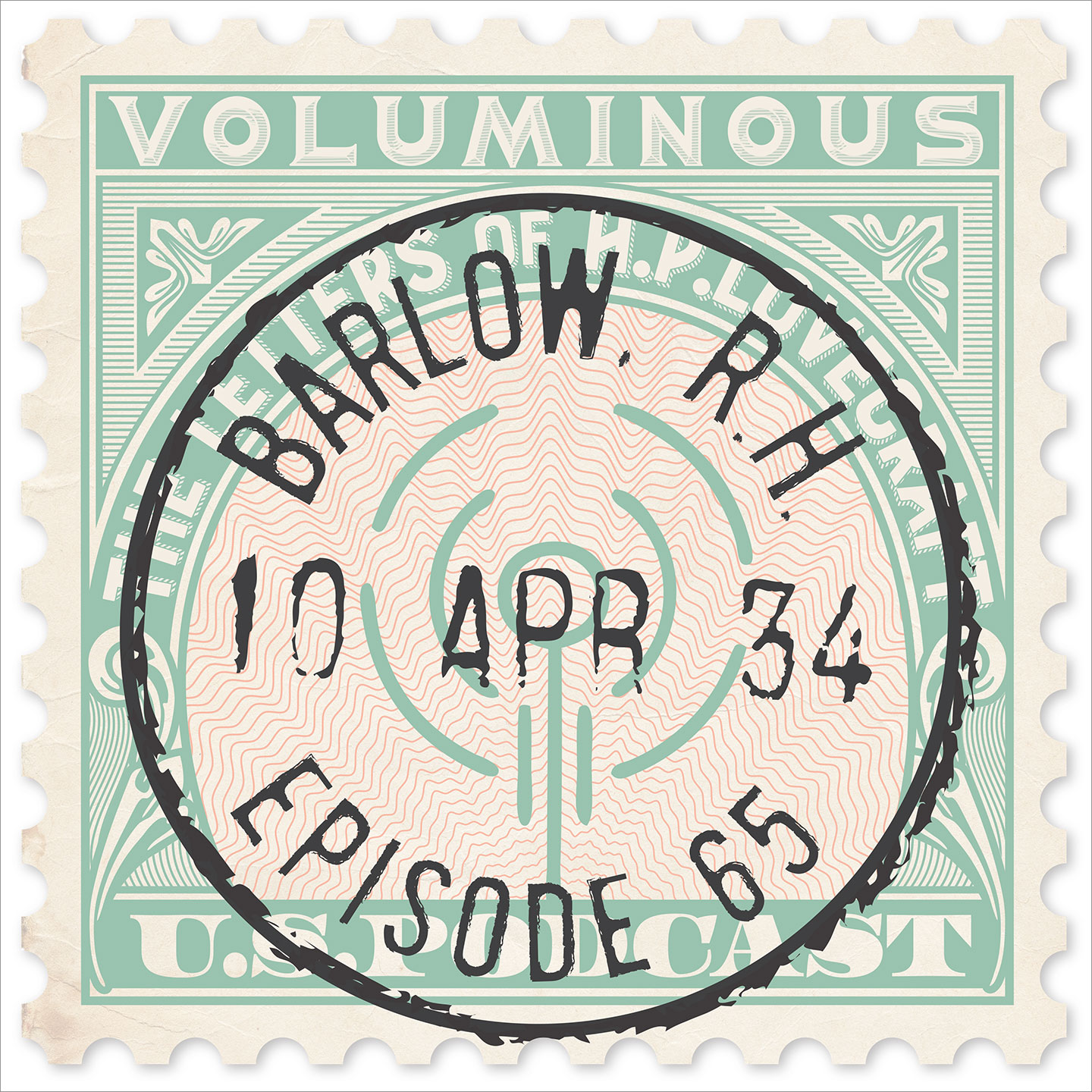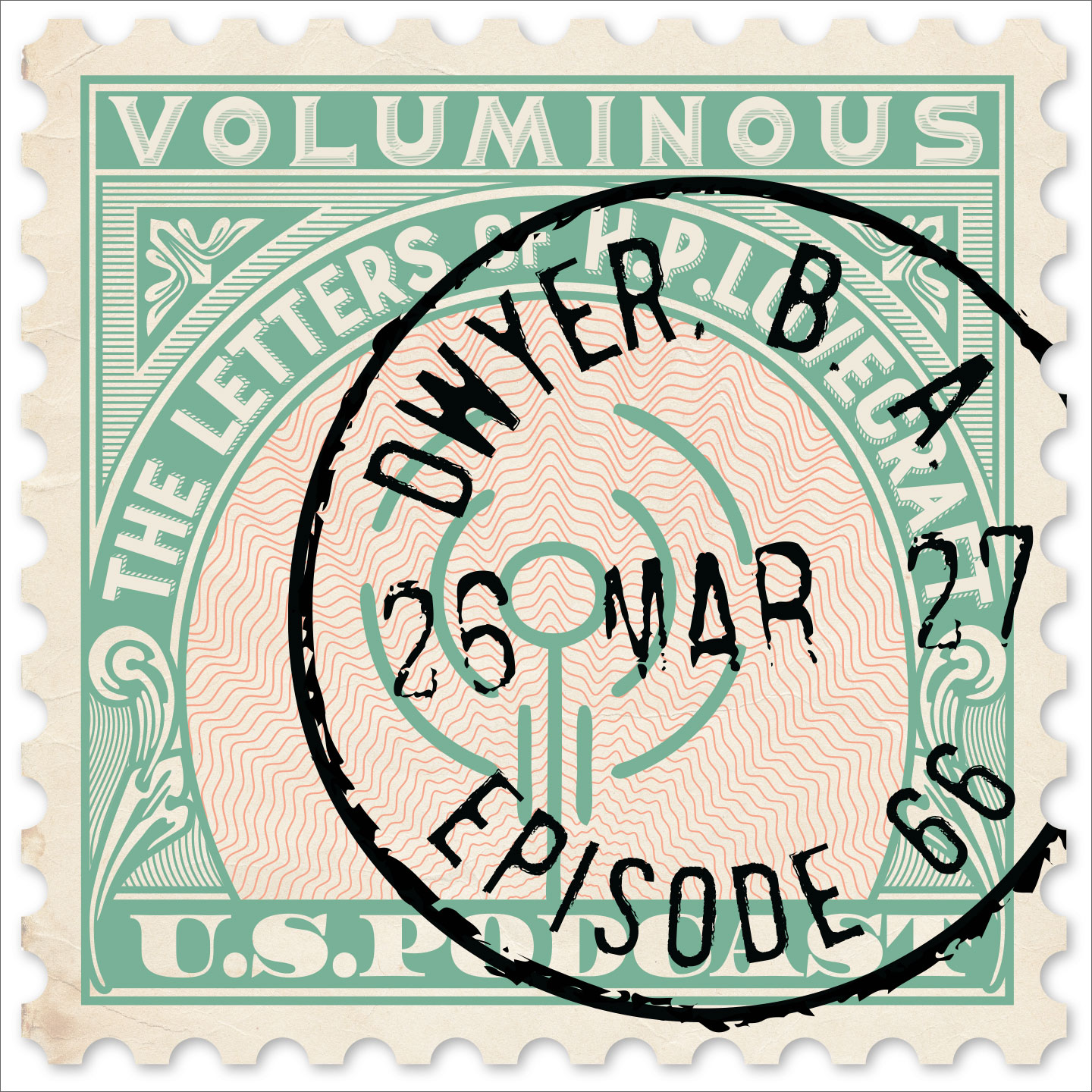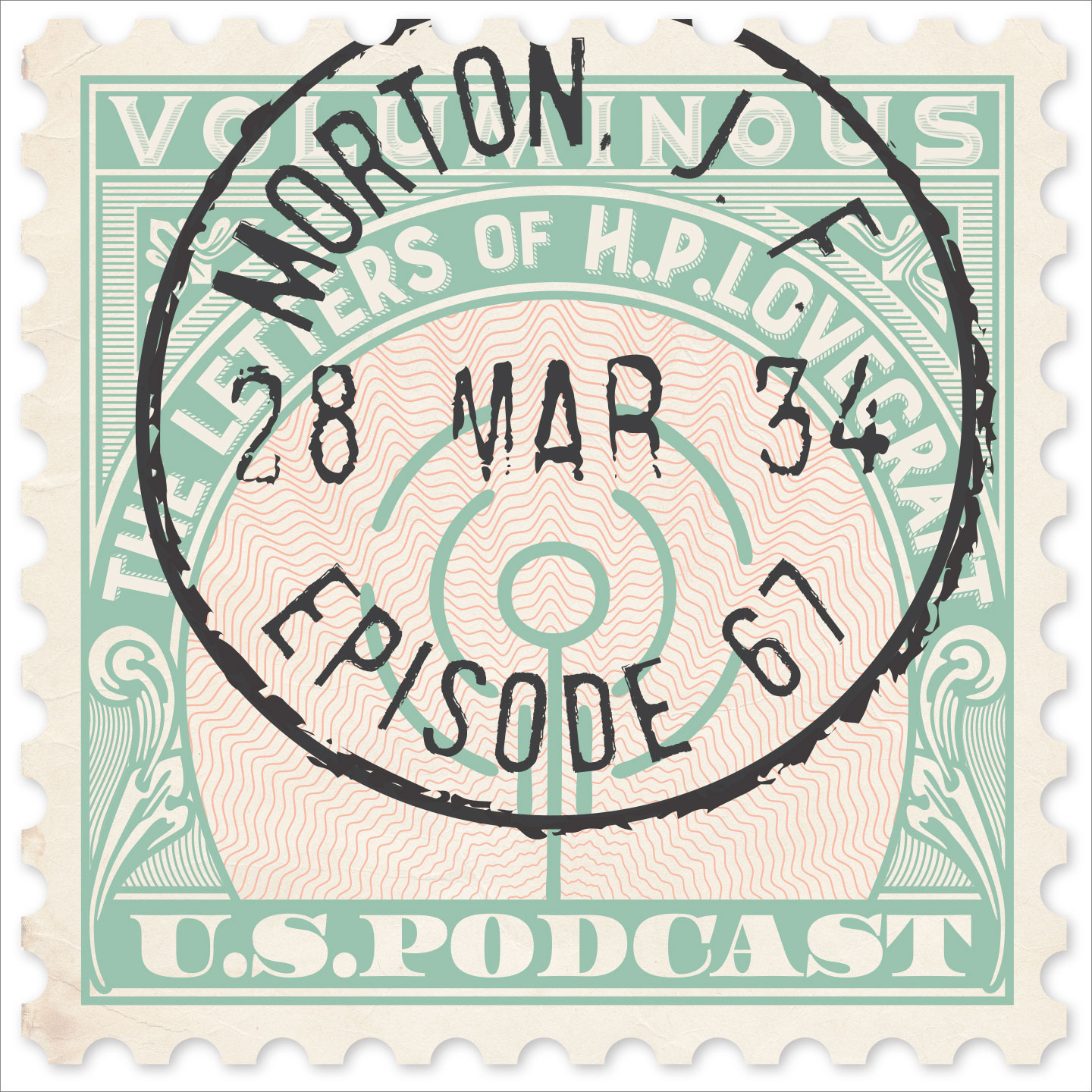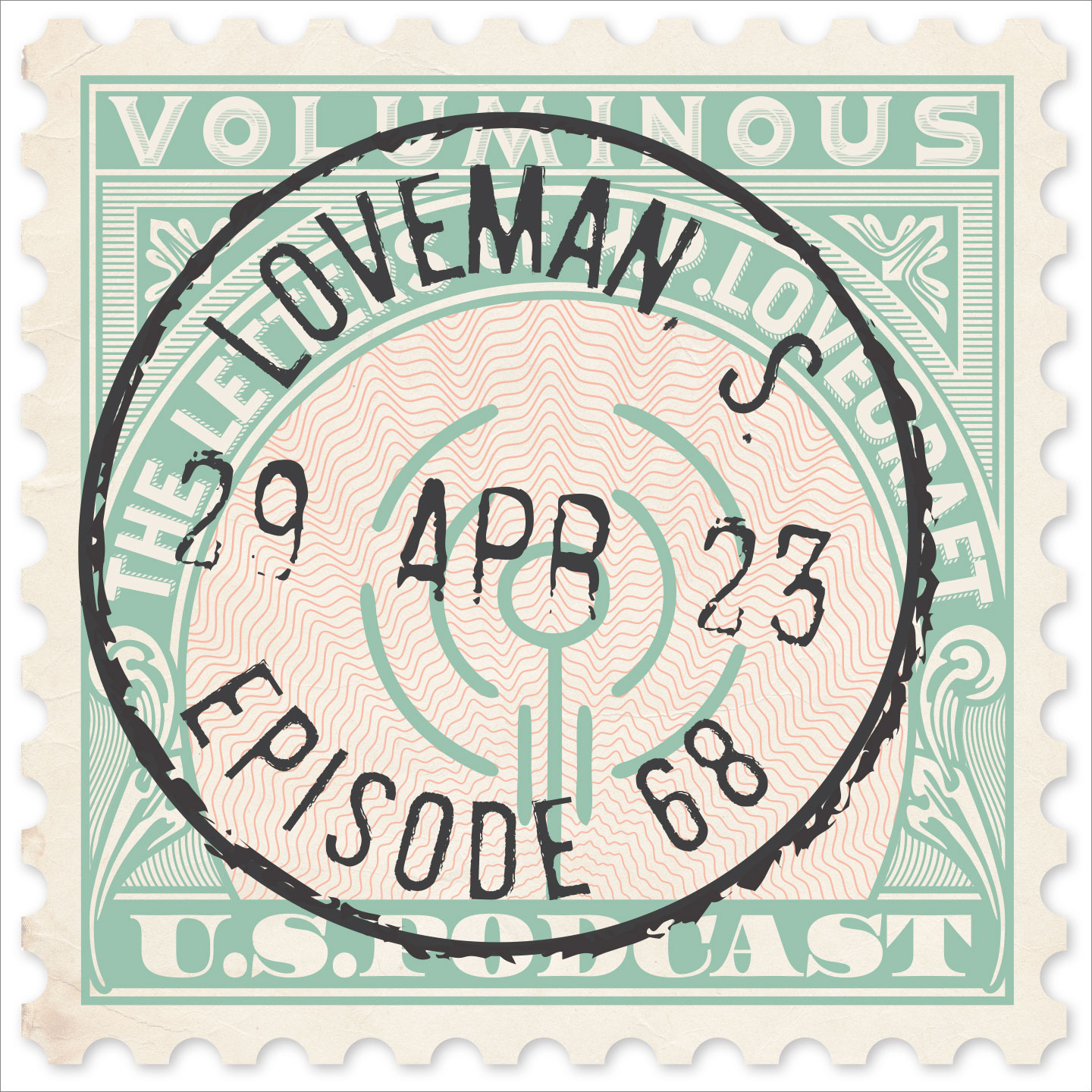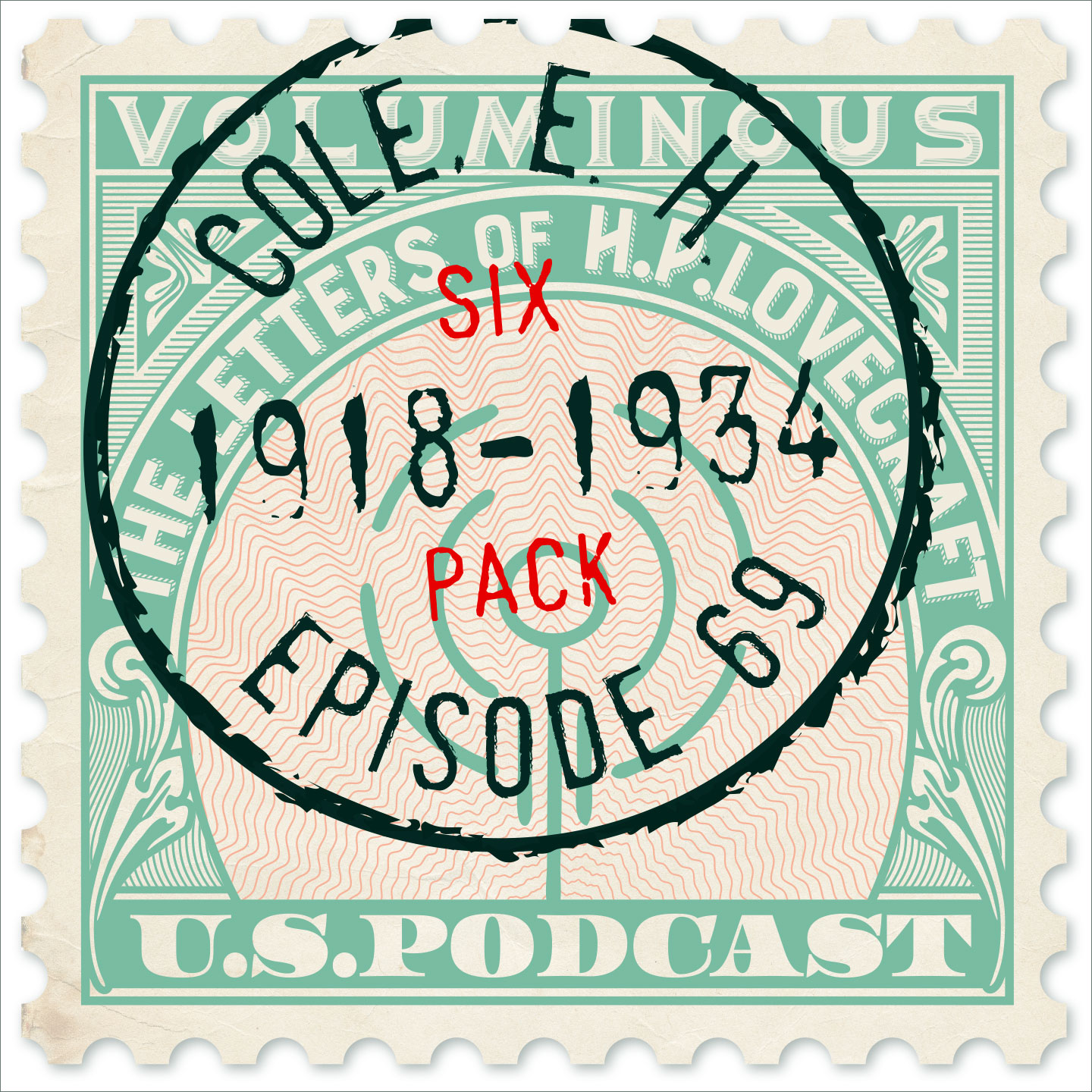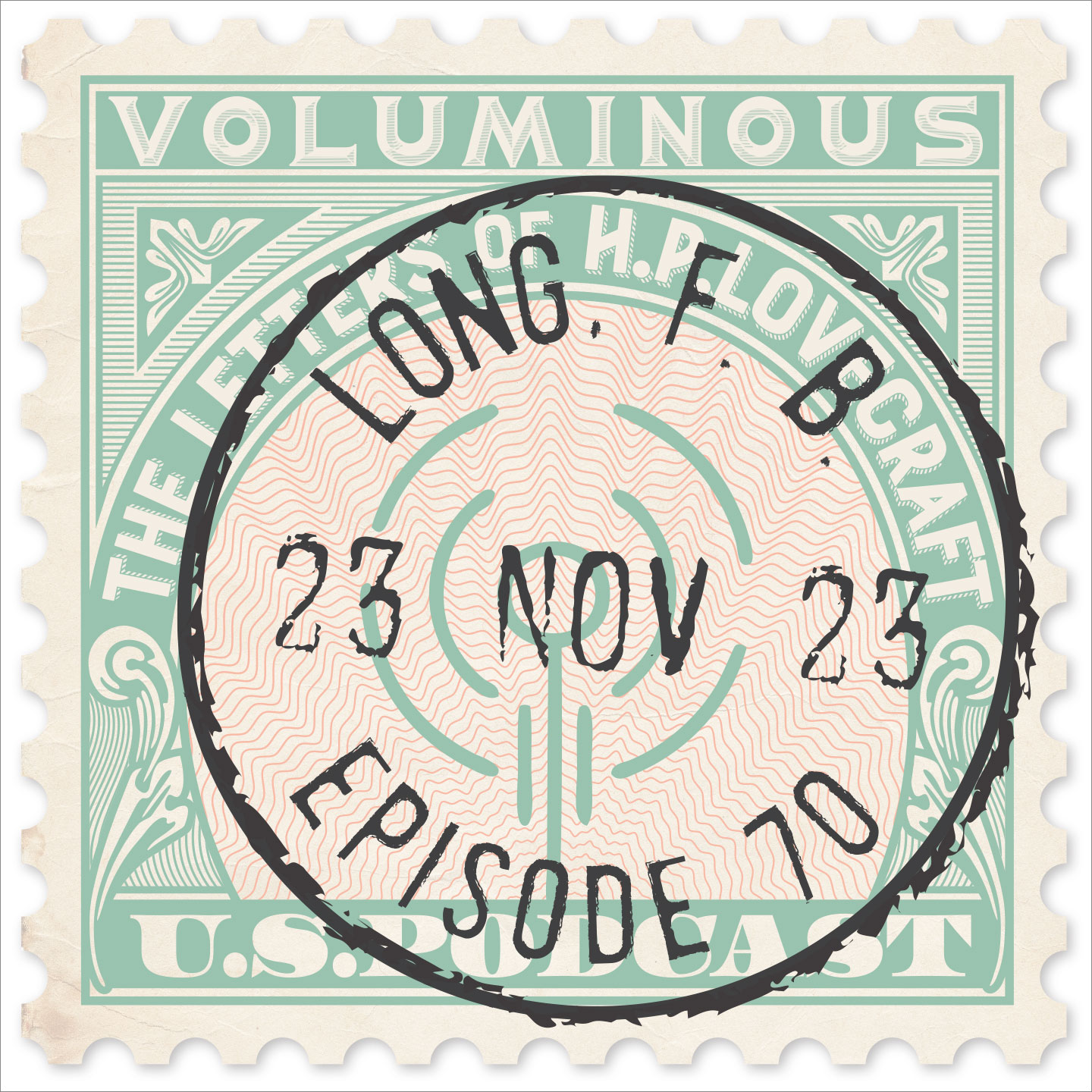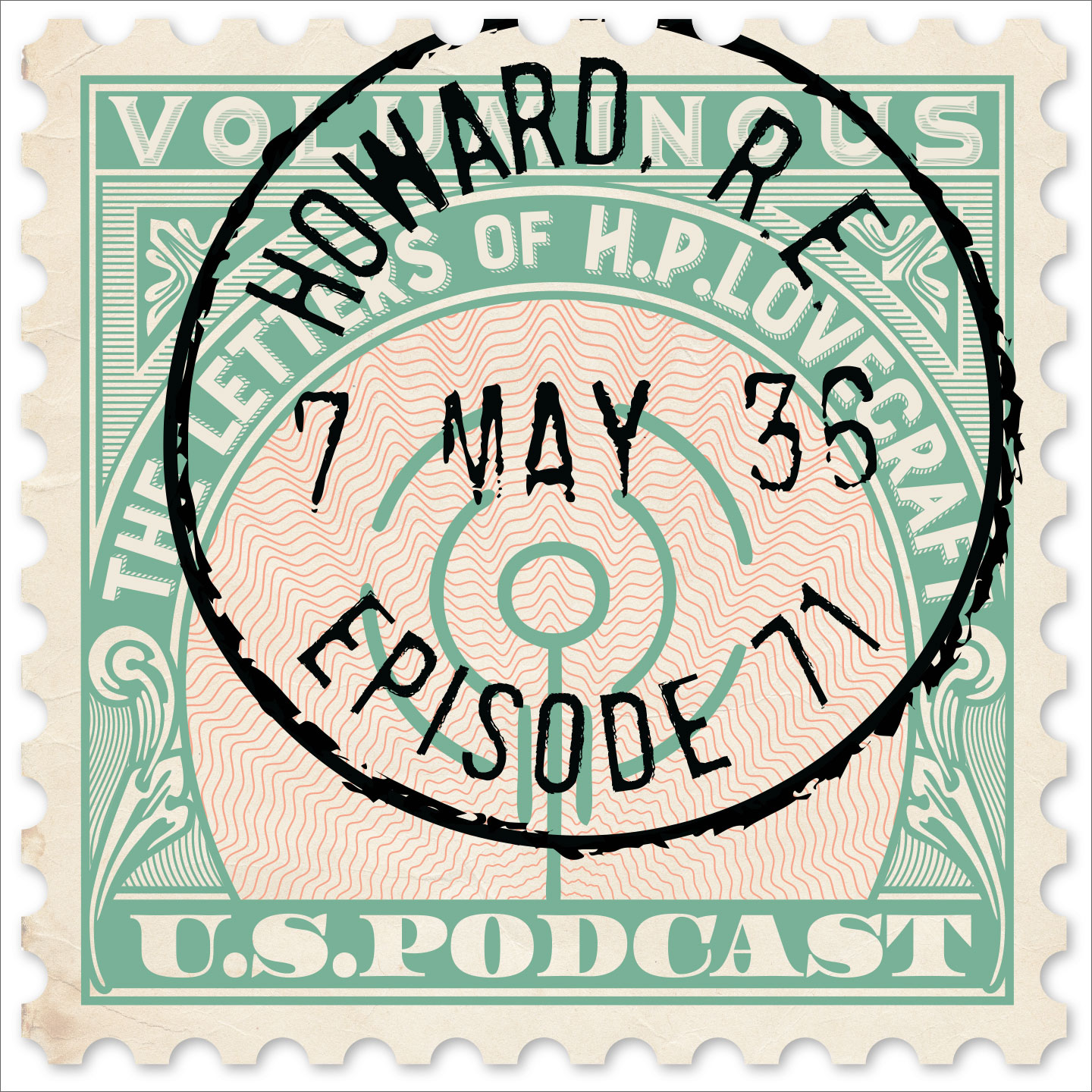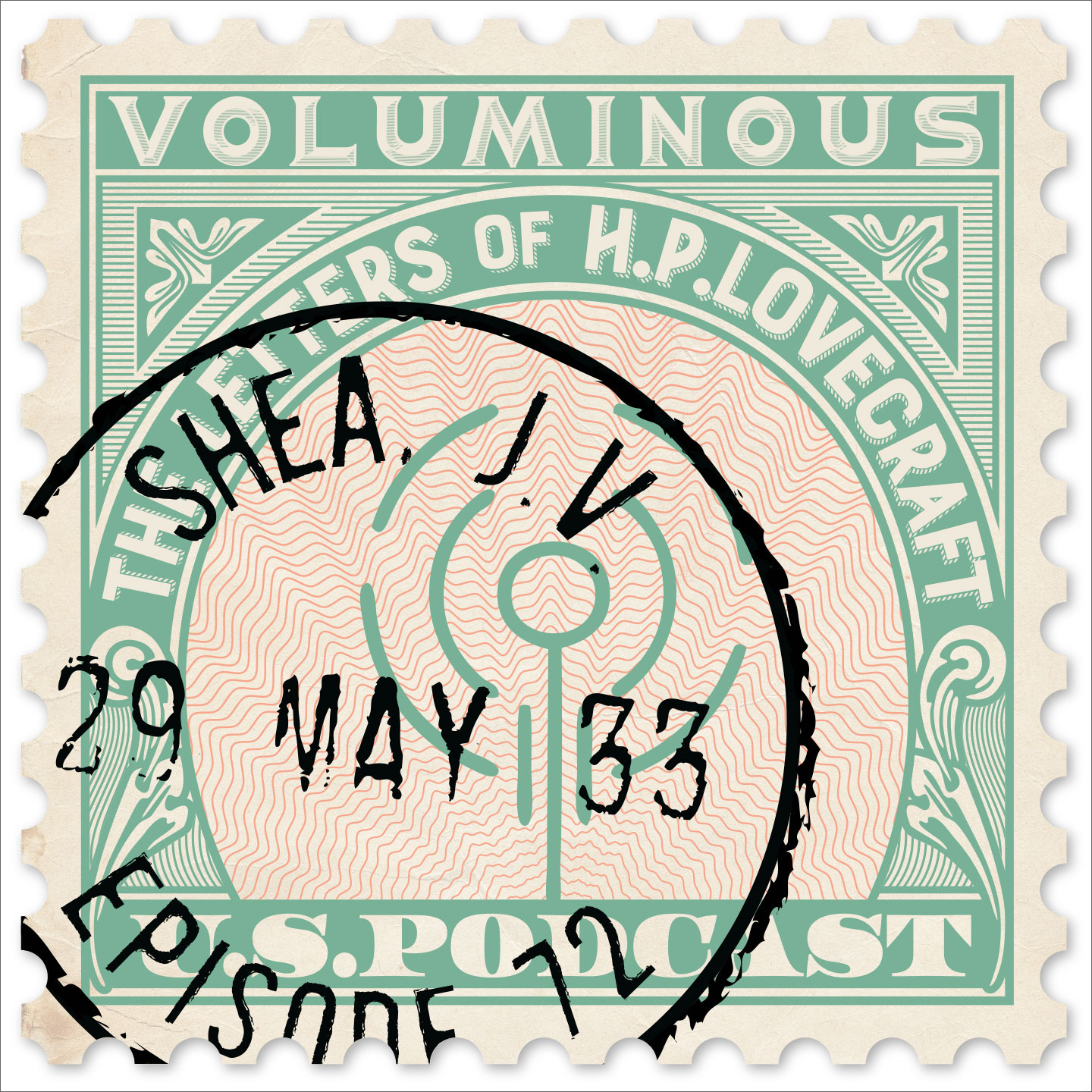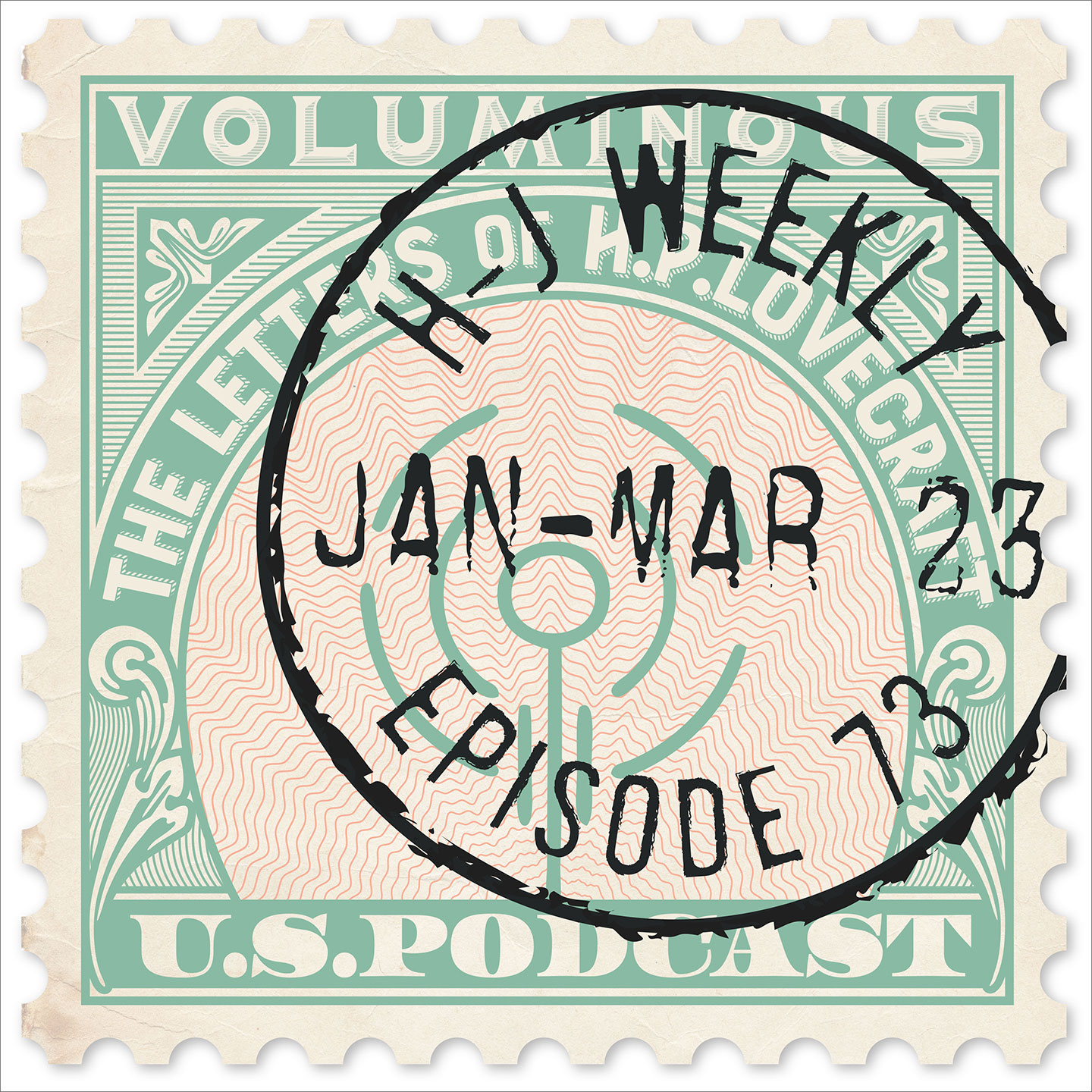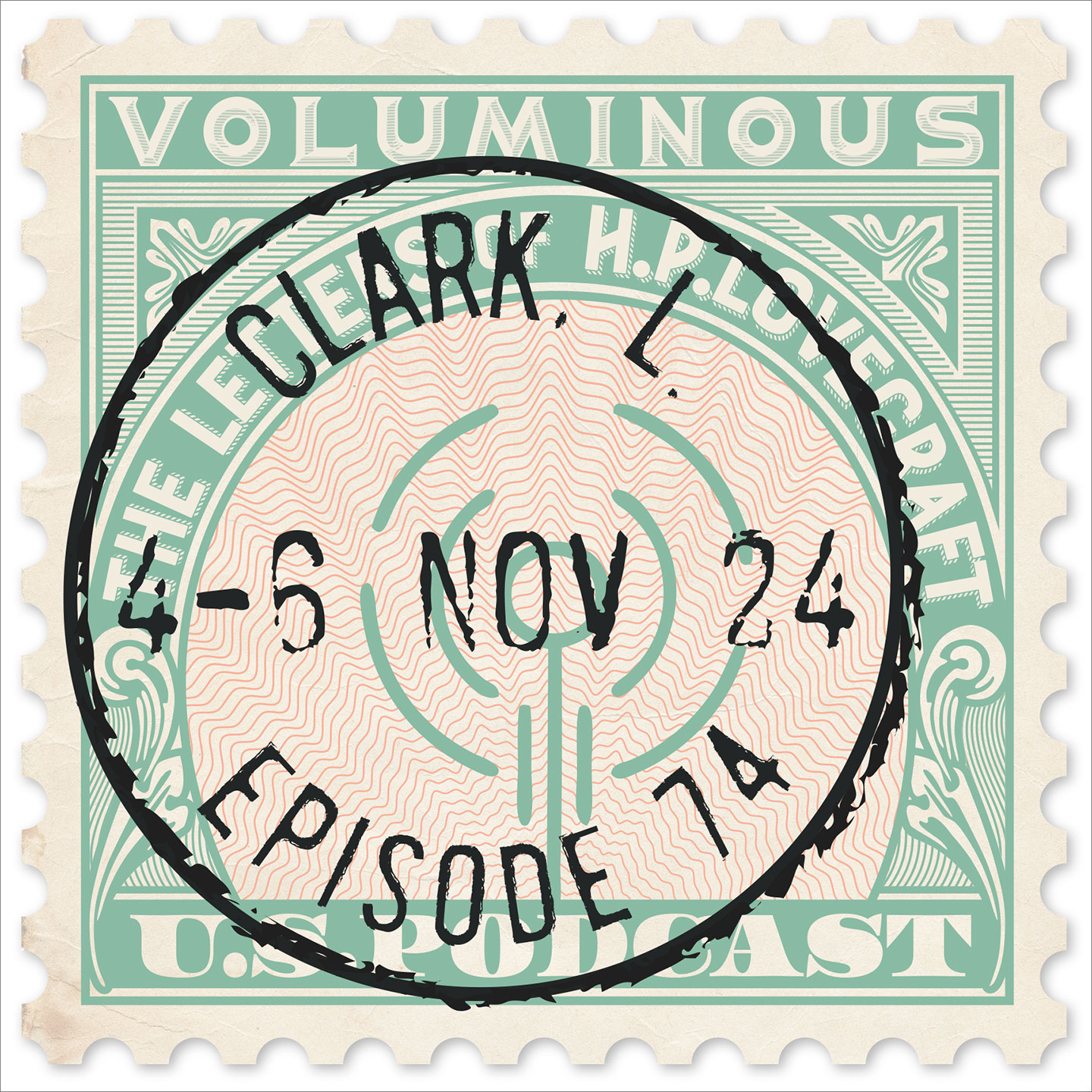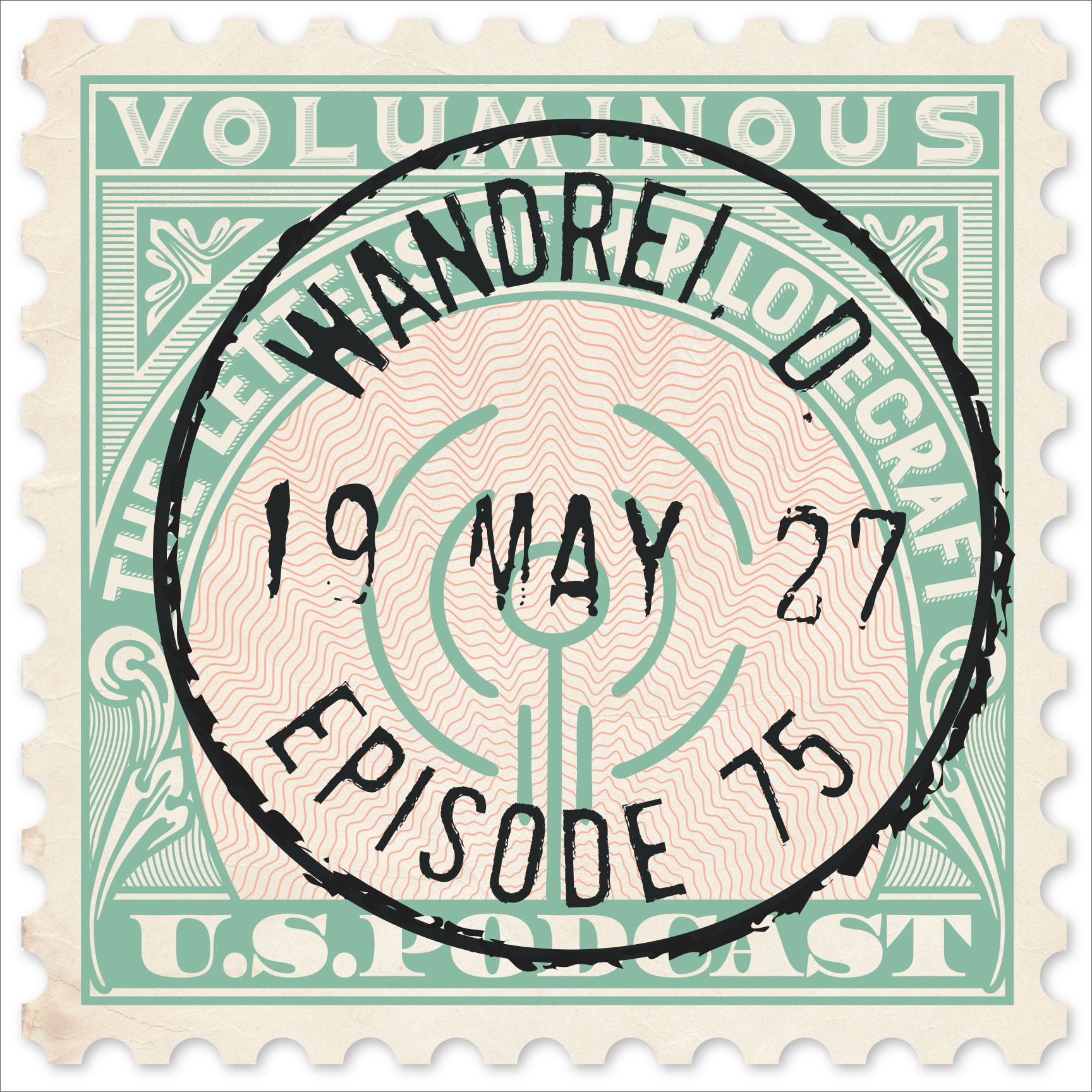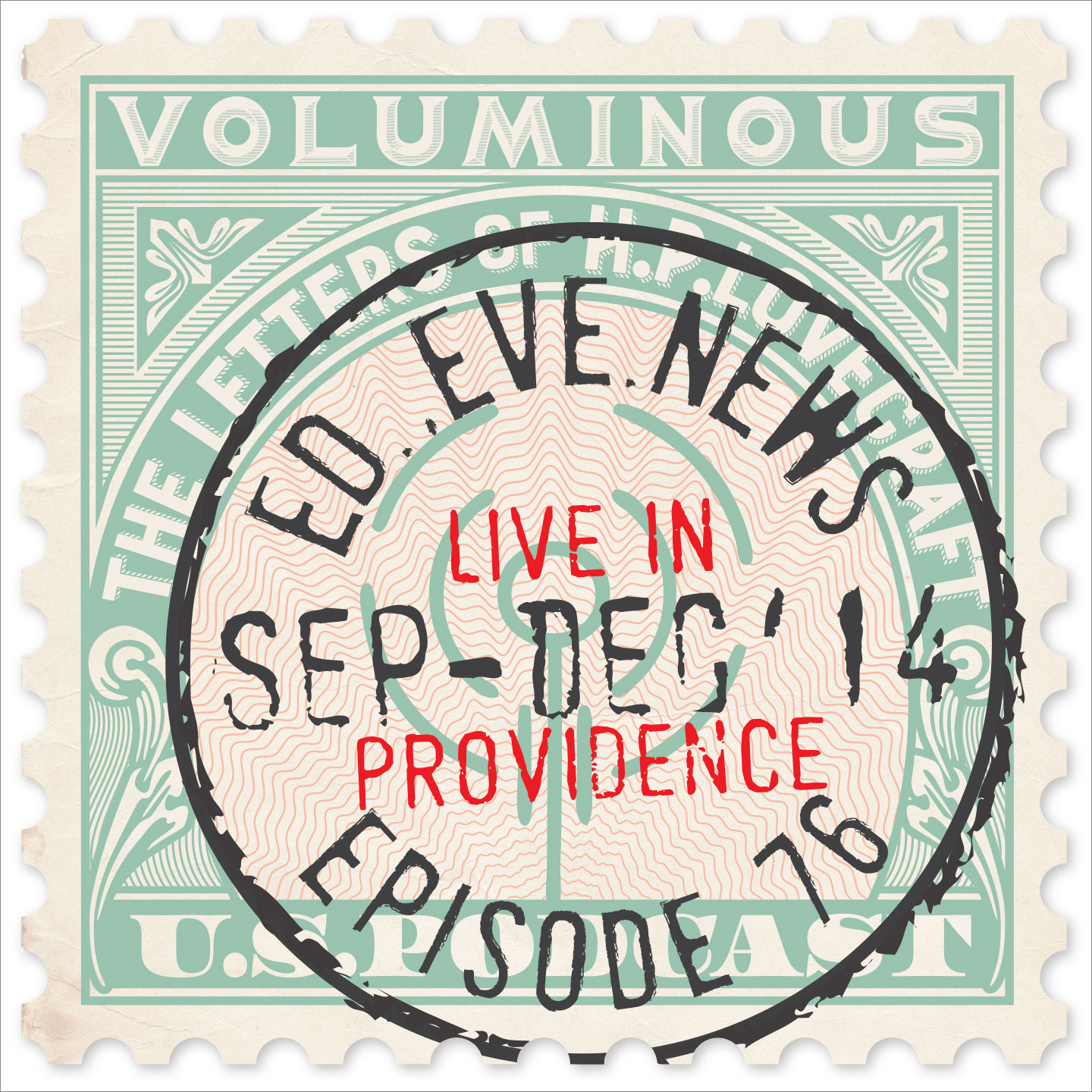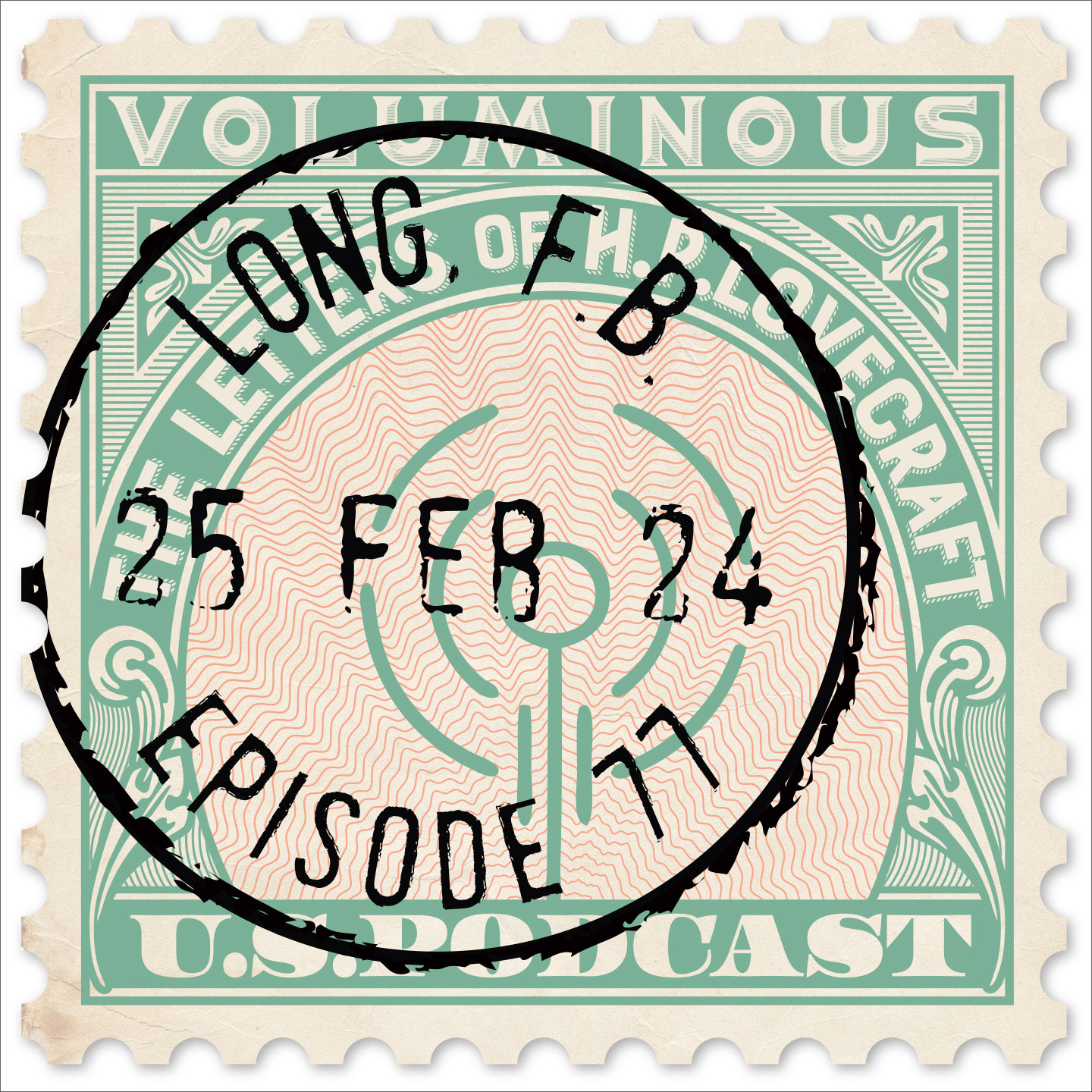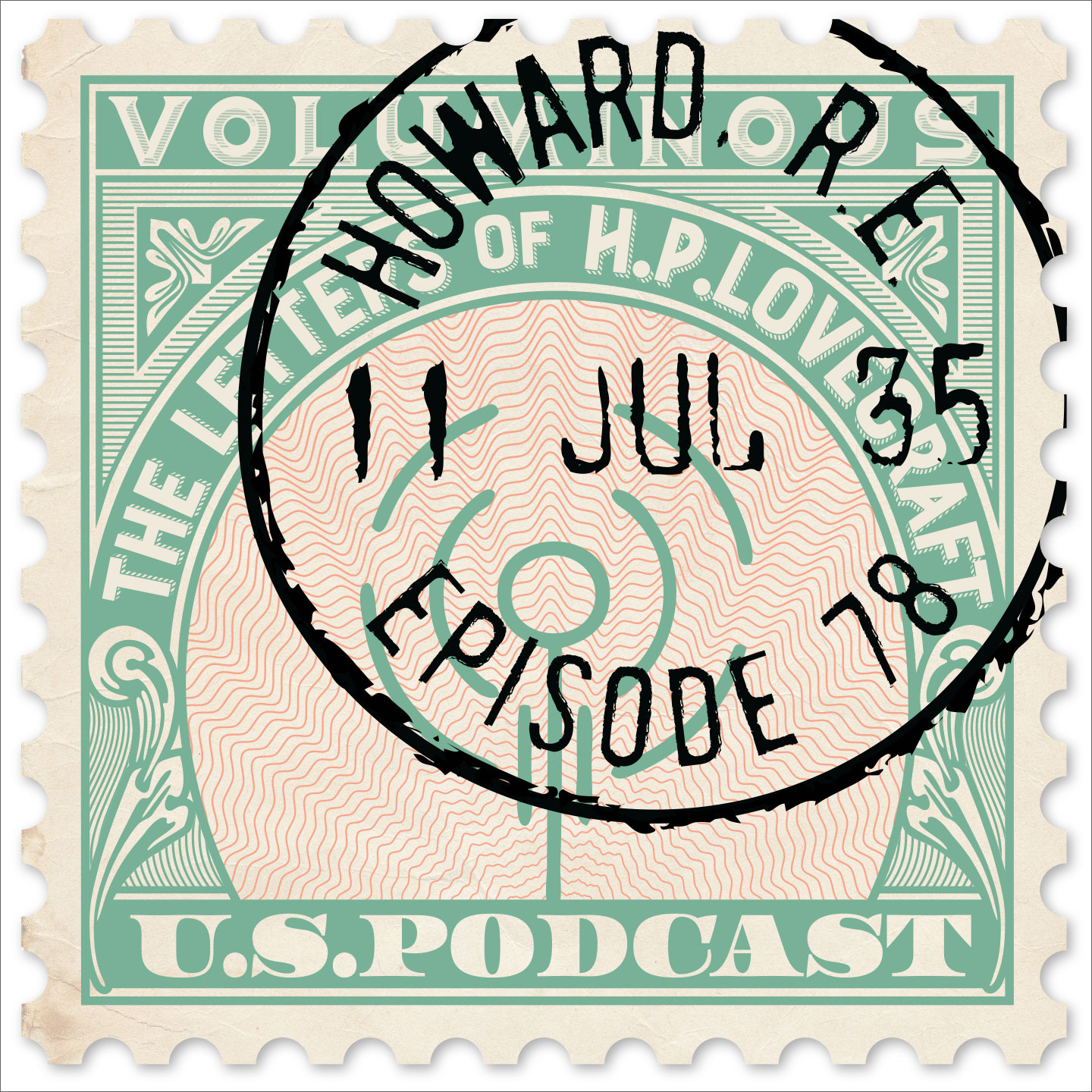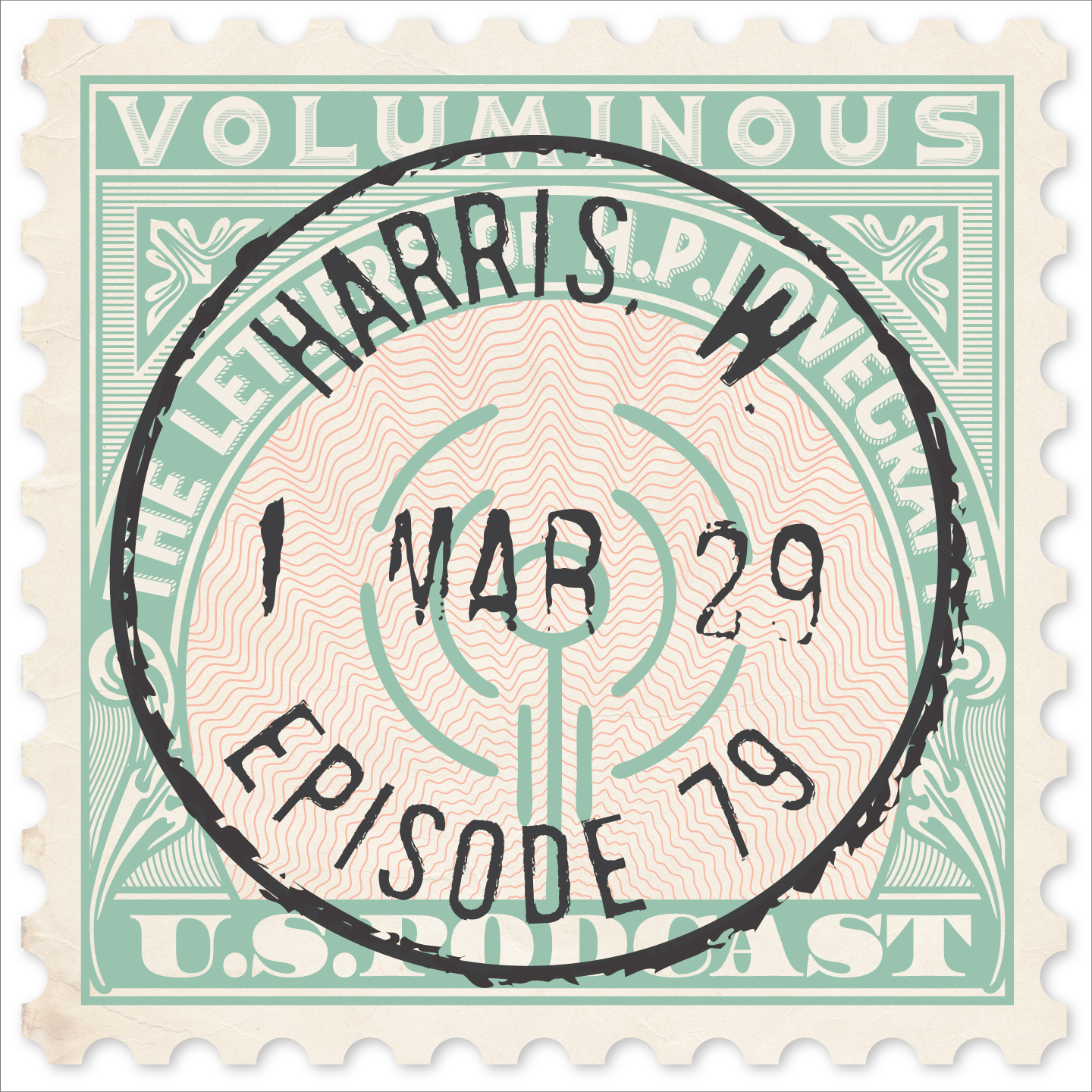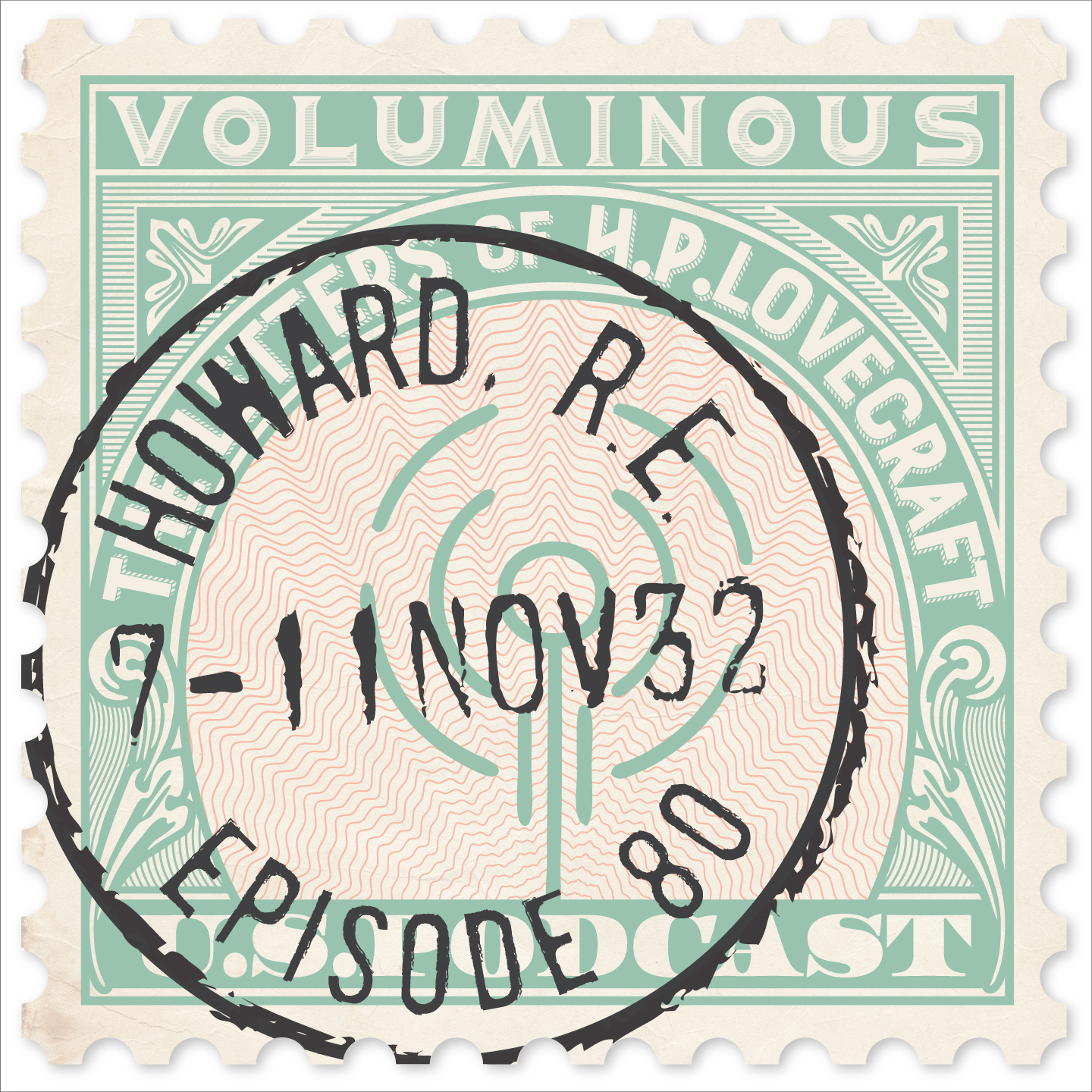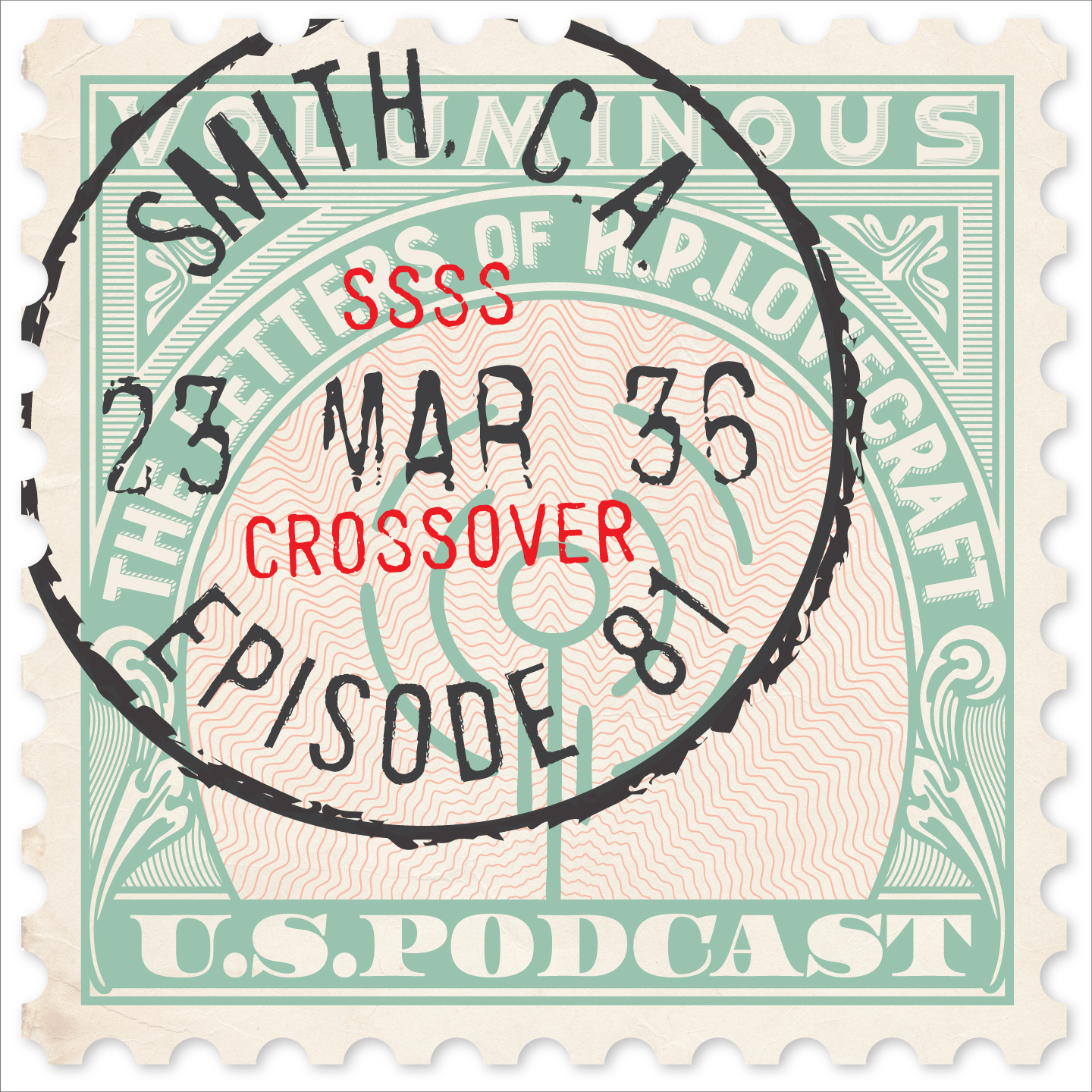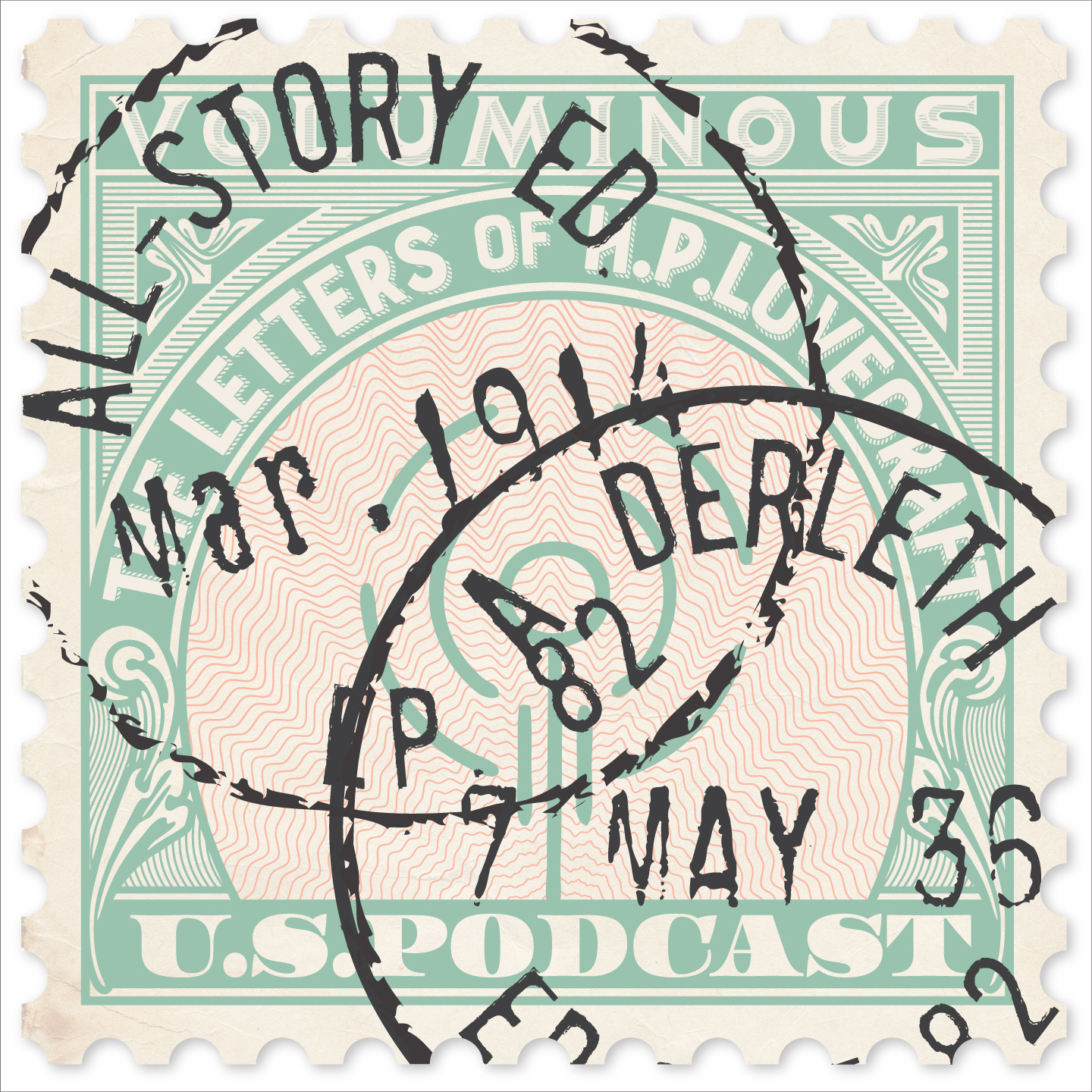
In addition to his classics of horror fiction, it is estimated that Lovecraft wrote 100,000 letters — or roughly 15 every day of his adult life — ranging from one-page diaries to seventy-page diatribes. Perhaps 20,000 of those letters have survived, in the hands of private collectors and at the John Hay Library in Providence.
In each episode of this podcast, we'll read one of these letters (or part of it) and then discuss it. In his letters HPL reveals an amazing breadth of knowledge of philosophy, science, history, literature, art and many other subjects, and forcefully asserts some highly considered opinions (some of which can be upsetting).
And of course his letters offer a fascinating window into his personal life and times. Although we've been working with Lovecraftian material for over 30 years, we still find interesting new things in his letters, and while we don't claim to be experts we look forward to sharing them with a wider audience.
Subscribe via iTunes, Stitcher or wherever you get podcasts! Or listen right here!
RSS Feed- Episode 75
- Posted August 7, 2022
Rapidly Ascending to Cosmic Matters
In this letter from May 19, 1927, HPL continues a number of ongoing conversations with his young friend Donald Wandrei, opining about man's place in the vastness of the cosmos. Sean and Andrew discuss the James Webb Space Telescope and the history of man's understanding of the universe.
Music by Troy Sterling Nies. Thanks to S.T. Joshi and David E. Schultz and Hippocampus Press for their book . Letters with Donald and Howard Wandrei and to Emil Petaja.
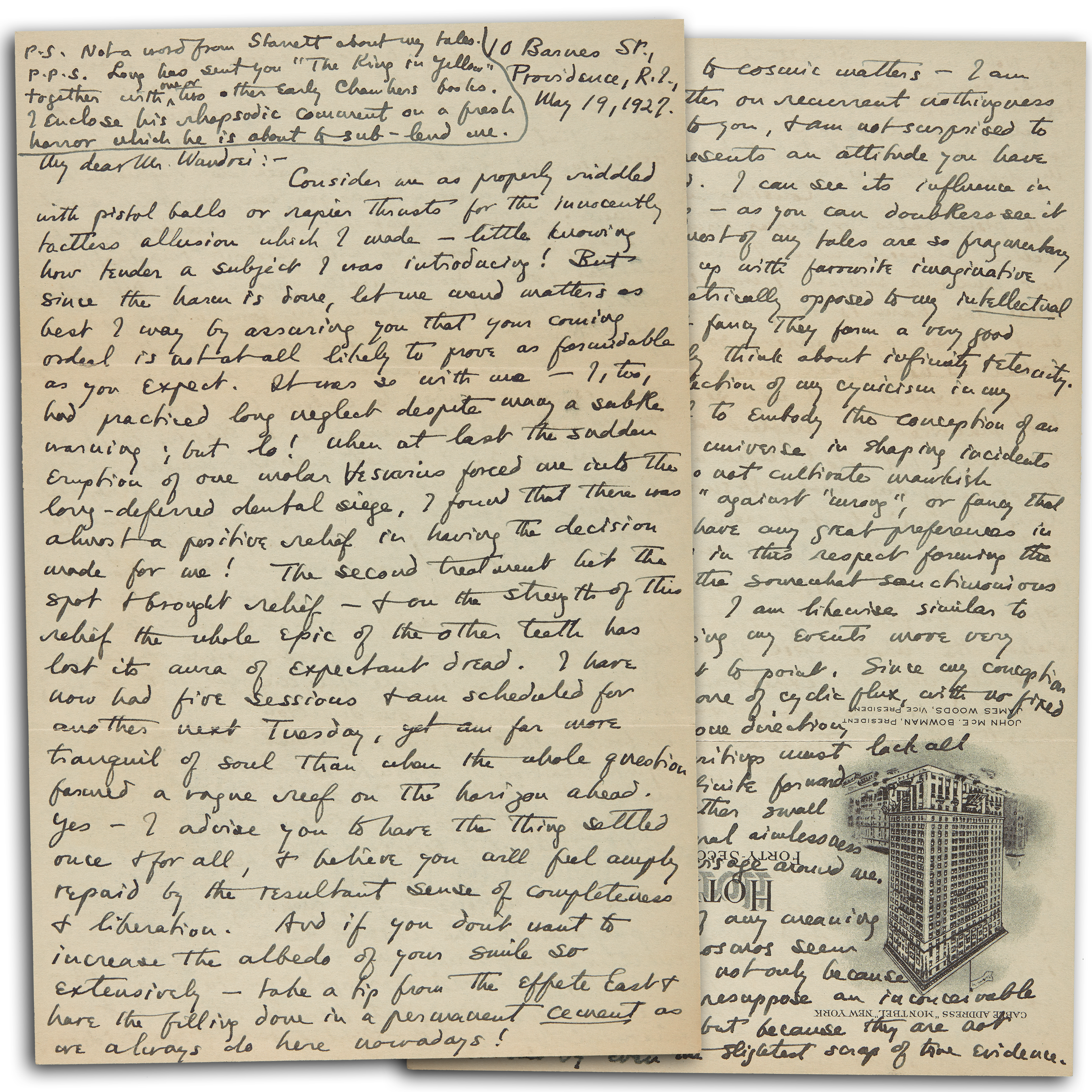
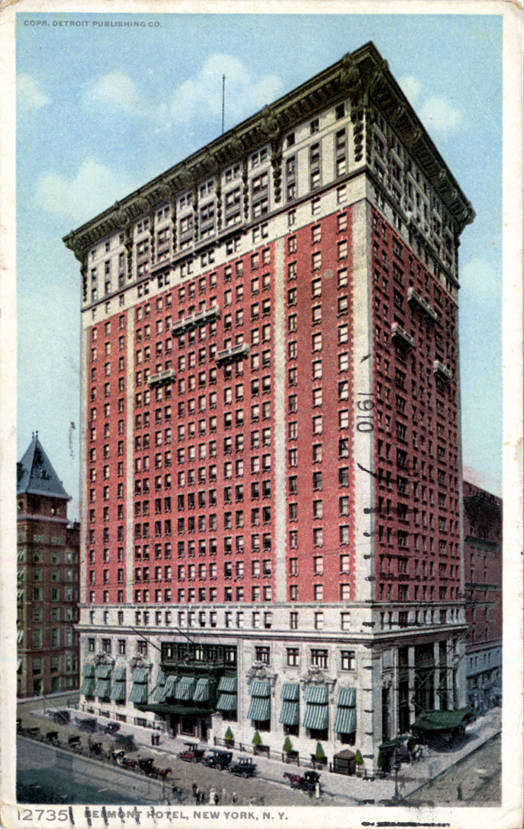 This letter is available to read in the Brown Digital Repository. You can see there that the letter was written entirely on stationery from the Hotel Belmont in NYC. It was the tallest hotel in the world when it was built in 1904, but it was demolished in 1939.
This letter is available to read in the Brown Digital Repository. You can see there that the letter was written entirely on stationery from the Hotel Belmont in NYC. It was the tallest hotel in the world when it was built in 1904, but it was demolished in 1939.
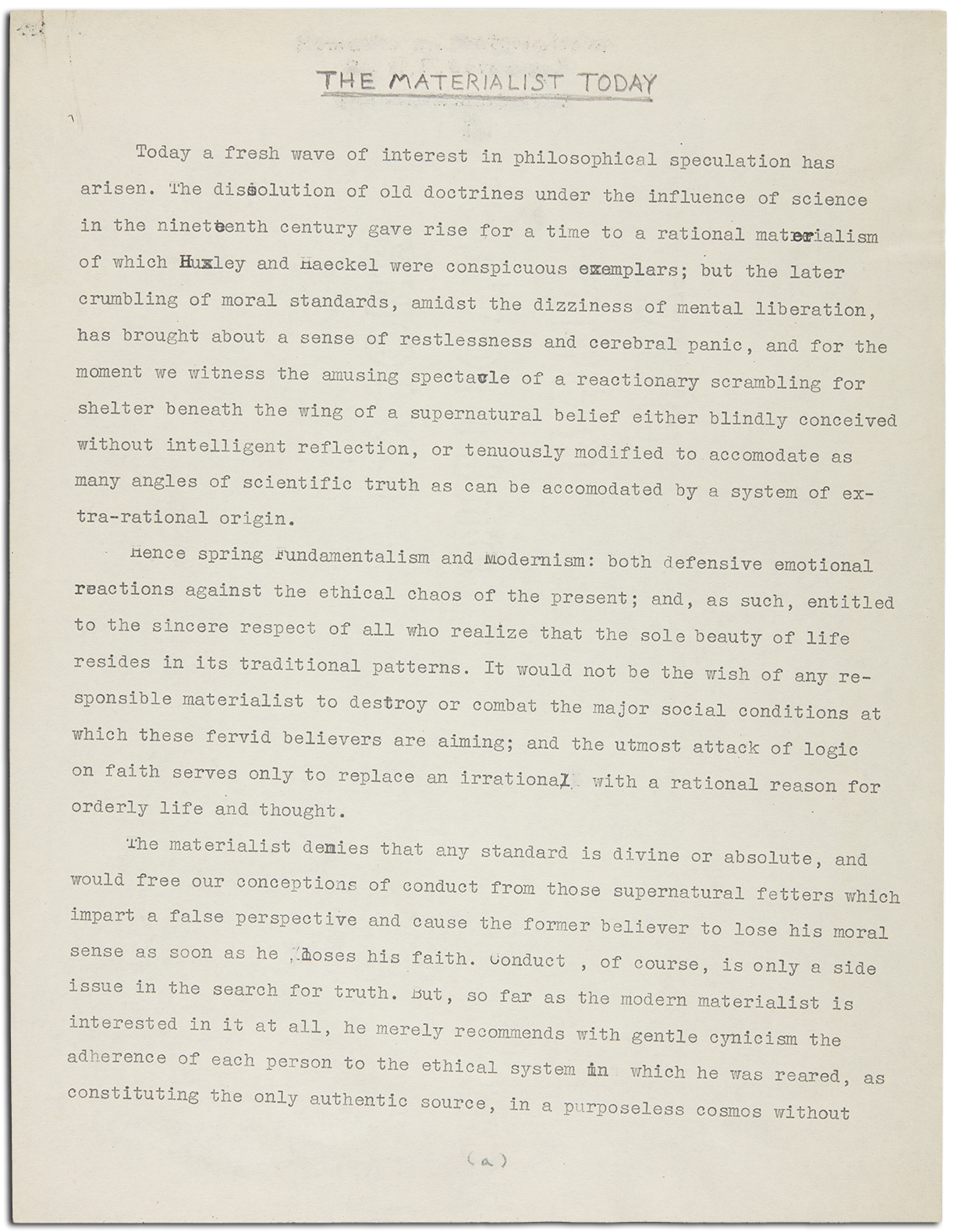 HPL's "printed letter on recurrent nothingness" was an essay called The Materialist Today. The text was originally part of a 1926 letter to another friend, Walter J. Coates, who urged HPL to rework it into an essay that he could publish in his own journal, The Drift-Wind, and later as a booklet in its own right. The original typescript of the reworked version is in the Brown Digital Repository. It has also been republished by Hippocampus Press in their volume Collected Essays: Vol. 5.
HPL's "printed letter on recurrent nothingness" was an essay called The Materialist Today. The text was originally part of a 1926 letter to another friend, Walter J. Coates, who urged HPL to rework it into an essay that he could publish in his own journal, The Drift-Wind, and later as a booklet in its own right. The original typescript of the reworked version is in the Brown Digital Repository. It has also been republished by Hippocampus Press in their volume Collected Essays: Vol. 5.
The Brown Digital Repository has another typescript which is labeled as "The Materialist Today", but it is a different essay also called "Remarks on Materialism". This longer essay does not appear to have been published, but if you're interested in more of HPL's thoughts on cosmic matters it's worth taking a look at. In addition to being fascinating in its own right, the whole thing is written on the backs of letters from August Derleth, James F. Morton, Clark Ashton Smith and other colleagues. You should check it out.

 You've probably already seen images from the James Webb Space Telescope, but if not you should absolutely go look at some. We are obviously not experts on the subject, but you might find this article mind-blowing. Let's hear it for science and scientists!
You've probably already seen images from the James Webb Space Telescope, but if not you should absolutely go look at some. We are obviously not experts on the subject, but you might find this article mind-blowing. Let's hear it for science and scientists!
Speaking of natural beauty, in the later part of this letter HPL says the most beautiful scenery he has ever beheld is in the Wissahickon Gorge near Philadelphia in autumn, as shown here.
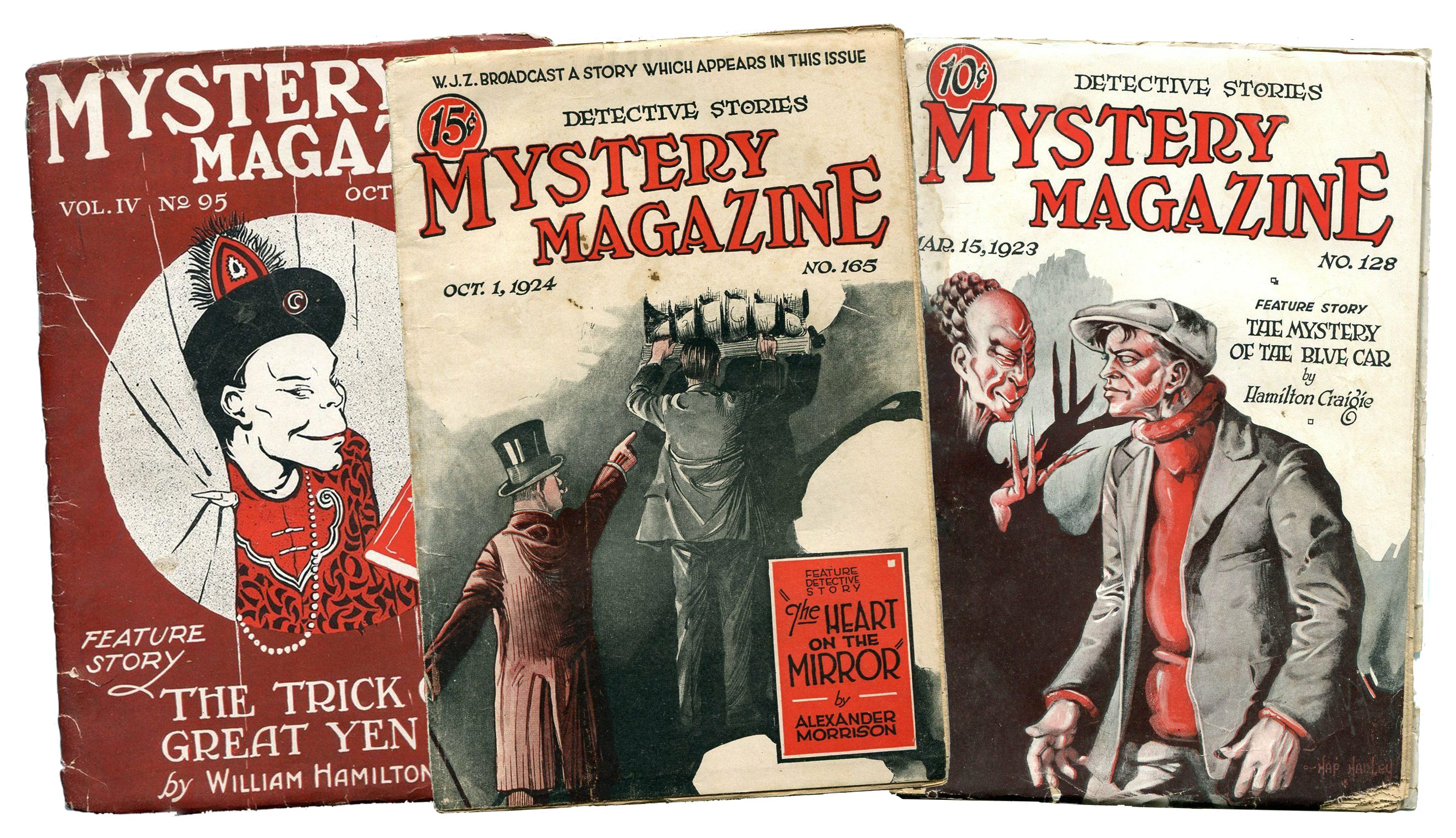 HPL observed that "The Call of Cthulhu" had recently been rejected by "Robert Simpson of the Mystery Magazine". Born in Scotland in 1886, Simpson emigrated to the USA in 1907 and served as an editor for Argosy magazine and worked as a freelance writer and novelist himself before taking over as editor of Mystery in 1925. We didn't find a lot of examples, and none at all from Simpson's tenure, but more than half of the covers we've found feature sinister stereotypical Asian villains. Simpson passed away in 1934.
HPL observed that "The Call of Cthulhu" had recently been rejected by "Robert Simpson of the Mystery Magazine". Born in Scotland in 1886, Simpson emigrated to the USA in 1907 and served as an editor for Argosy magazine and worked as a freelance writer and novelist himself before taking over as editor of Mystery in 1925. We didn't find a lot of examples, and none at all from Simpson's tenure, but more than half of the covers we've found feature sinister stereotypical Asian villains. Simpson passed away in 1934.
At the end of the letter, HPL opines that all commercial drama is wholly beneath notice, and that he doesn't particularly care for drama as a literary form. This was a continuation of an ongoing conversation from Wandrei's letters, in which Wandrei had said drama is not even an art form. In the letter to which this one is a raply, Wandrei wrote:
...I was thinking of actual performances, which bore me, since the companies are usually second or third-rate road casts when they reach the Twin Cities, and the plays are seldom the best. I enjoy many plays as literature. But, as far as I'm concerned, the drama does not interest me greatly because it so seldom does or can depict the things, especially the imaginative, which are my particular necessity and desire. Beddoes' "Death's Jest Book" is my favorite.
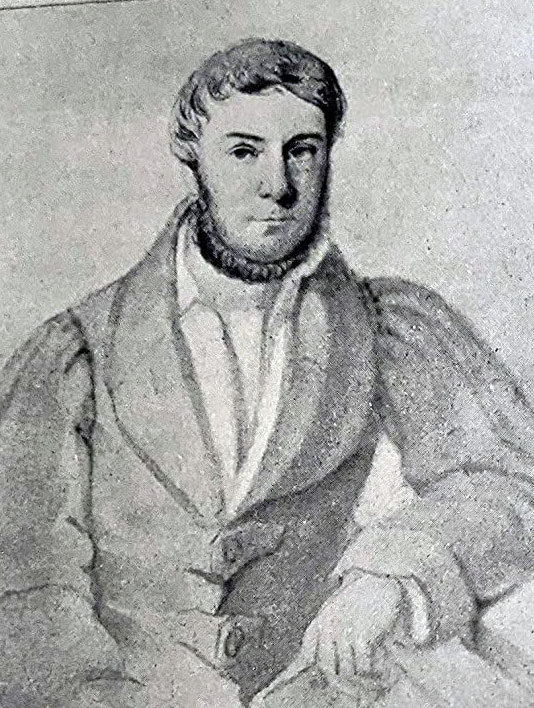
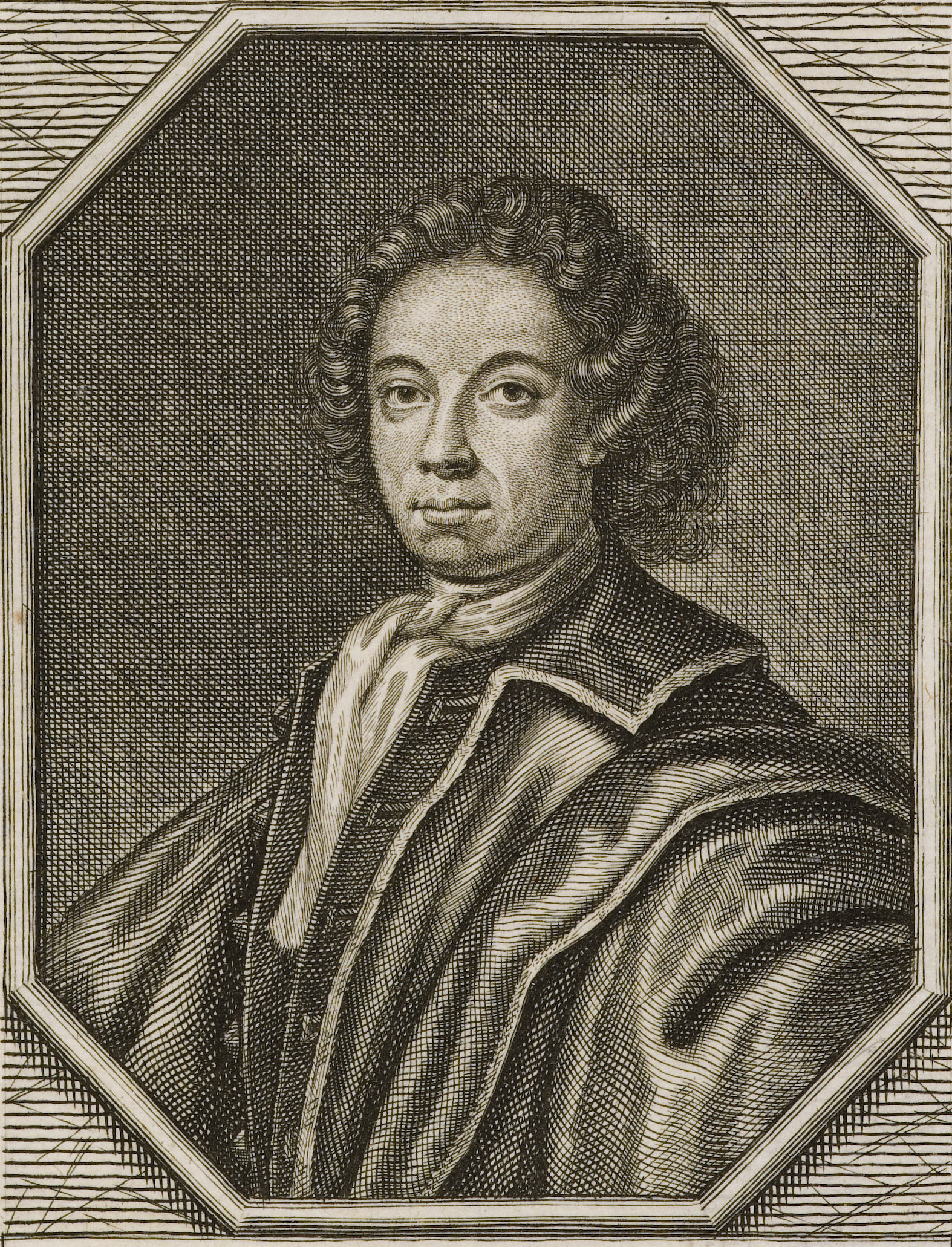 Thomas Lovell Beddoes was born in 1803 and died in 1849, and was described by at least one critic as "the last Elizabethan", but his reputation as a playwright was not particularly good. He was the son of a physician and seemed to have an obsession with death, studying medicine himself in the hope of finding evidence of a human spirit that survives the death of the body. He reminded us a lot of the character of Victor Frankenstein, and going down that rabbit hole led to another fascinating figure, alchemist and occultist Johann Konrad Dippel. We certainly can't agree with Wandrei and Lovecraft about drama in general, but maybe if there had been plays about these guys, Wandrei would have liked them! If you want to try to read Wandrei's favorite play, you can find it here!
Thomas Lovell Beddoes was born in 1803 and died in 1849, and was described by at least one critic as "the last Elizabethan", but his reputation as a playwright was not particularly good. He was the son of a physician and seemed to have an obsession with death, studying medicine himself in the hope of finding evidence of a human spirit that survives the death of the body. He reminded us a lot of the character of Victor Frankenstein, and going down that rabbit hole led to another fascinating figure, alchemist and occultist Johann Konrad Dippel. We certainly can't agree with Wandrei and Lovecraft about drama in general, but maybe if there had been plays about these guys, Wandrei would have liked them! If you want to try to read Wandrei's favorite play, you can find it here!
